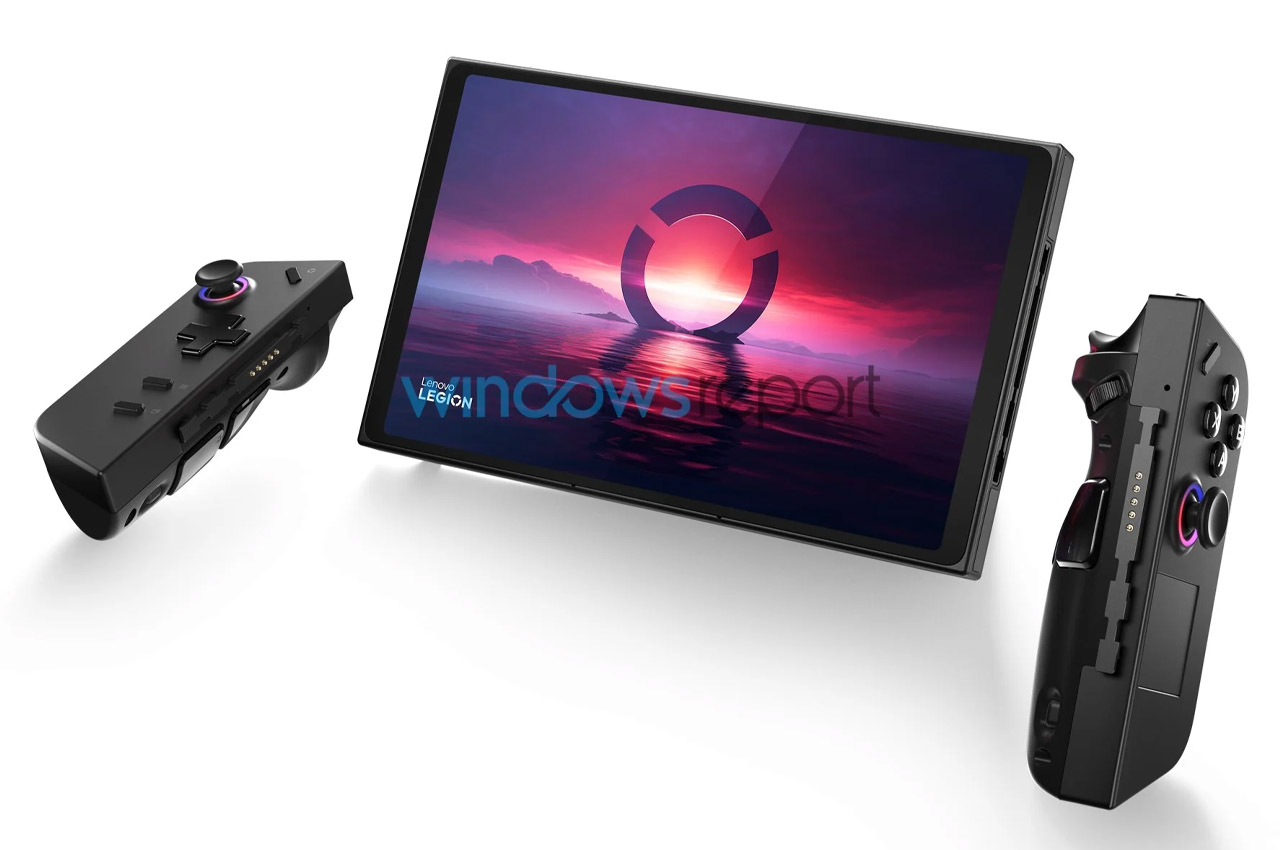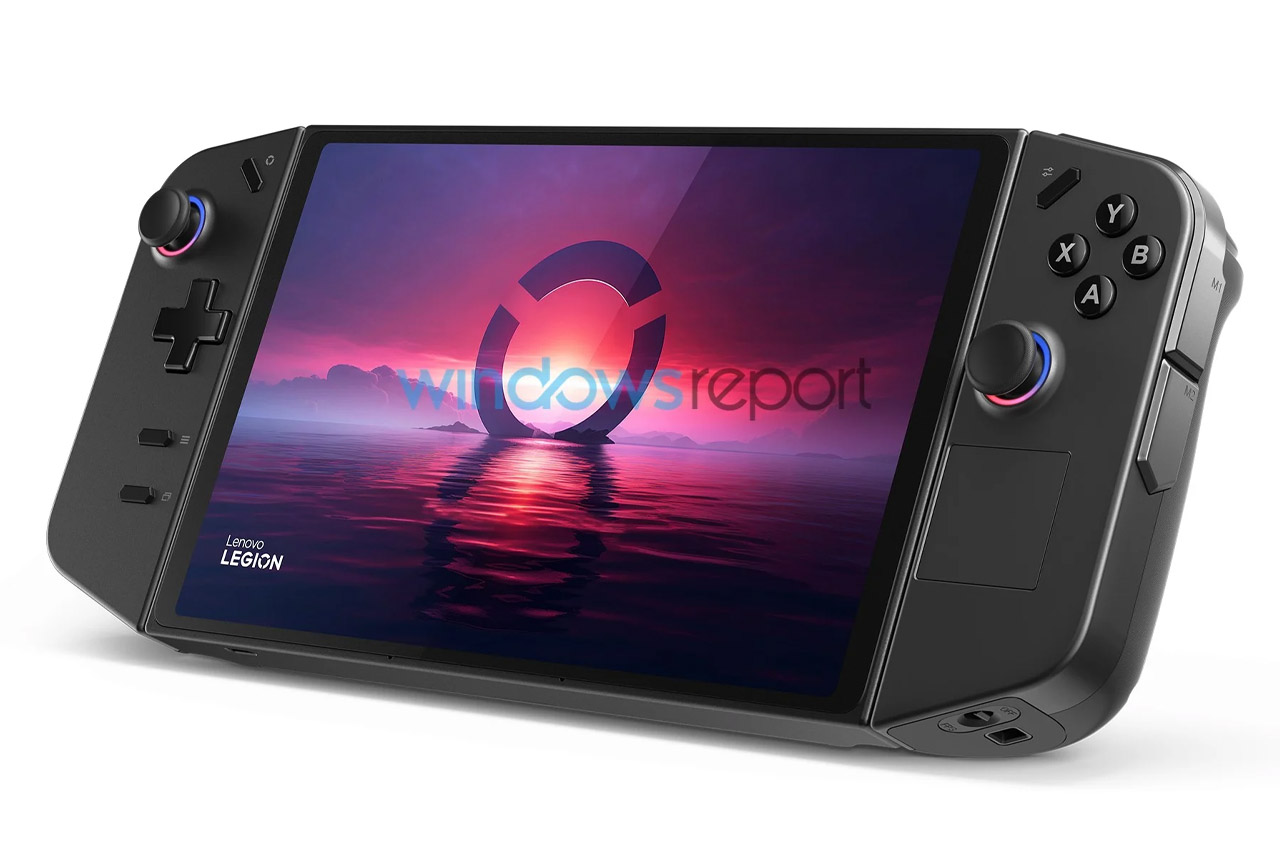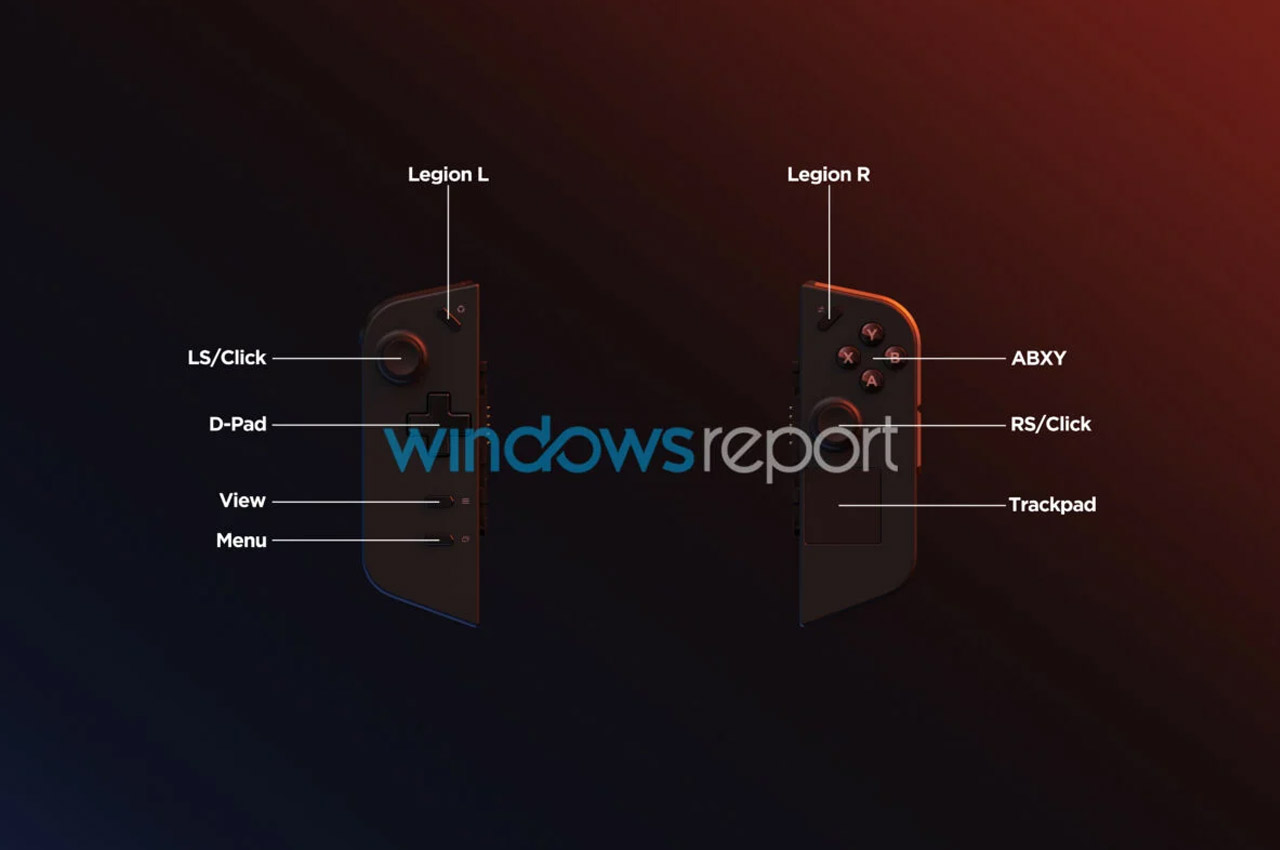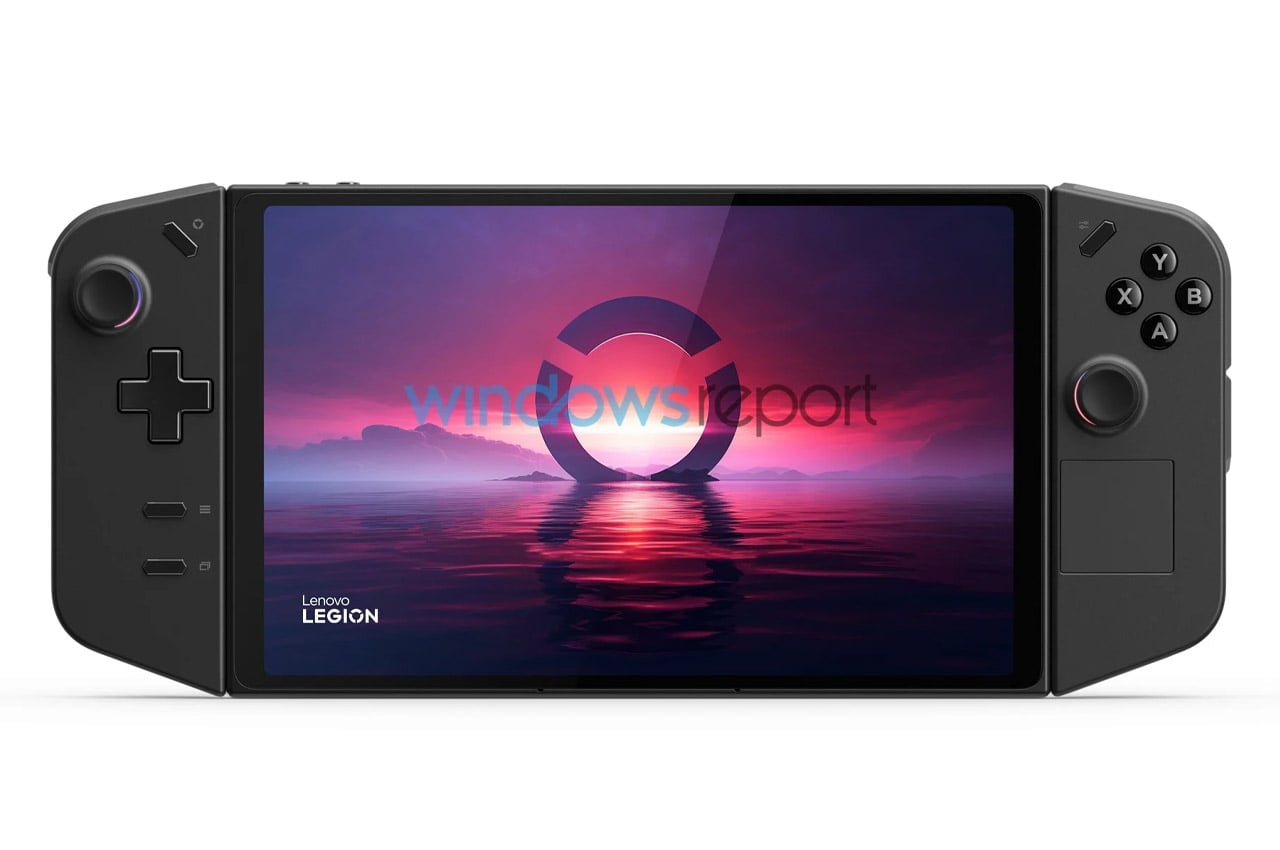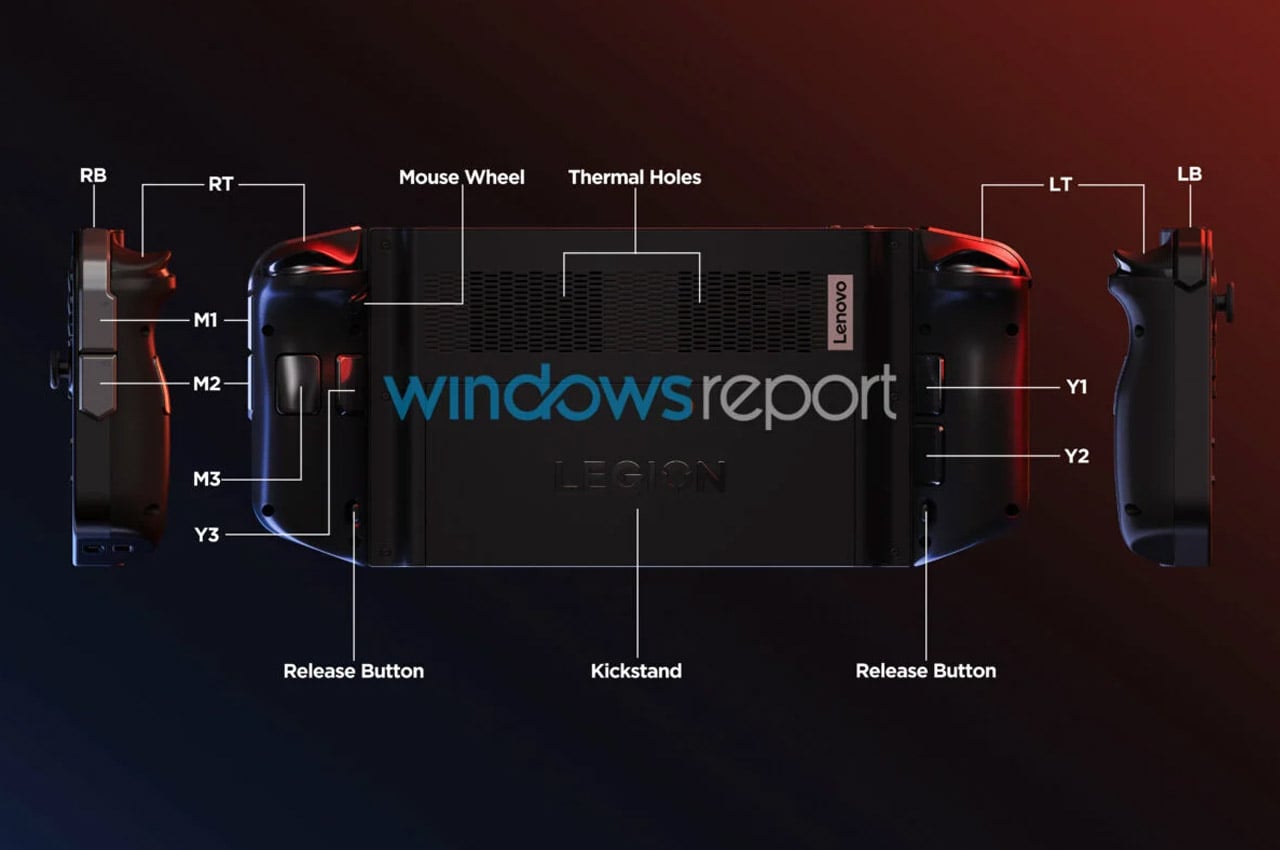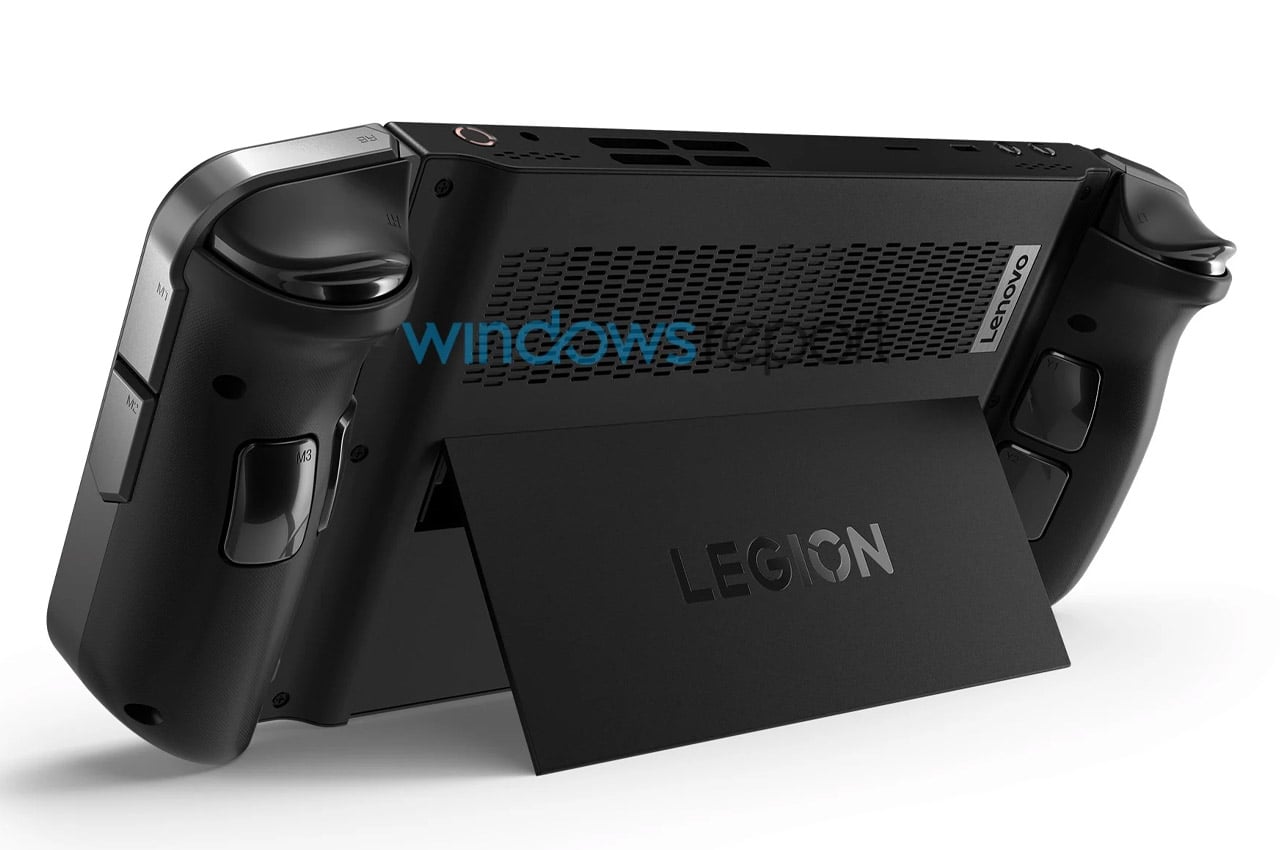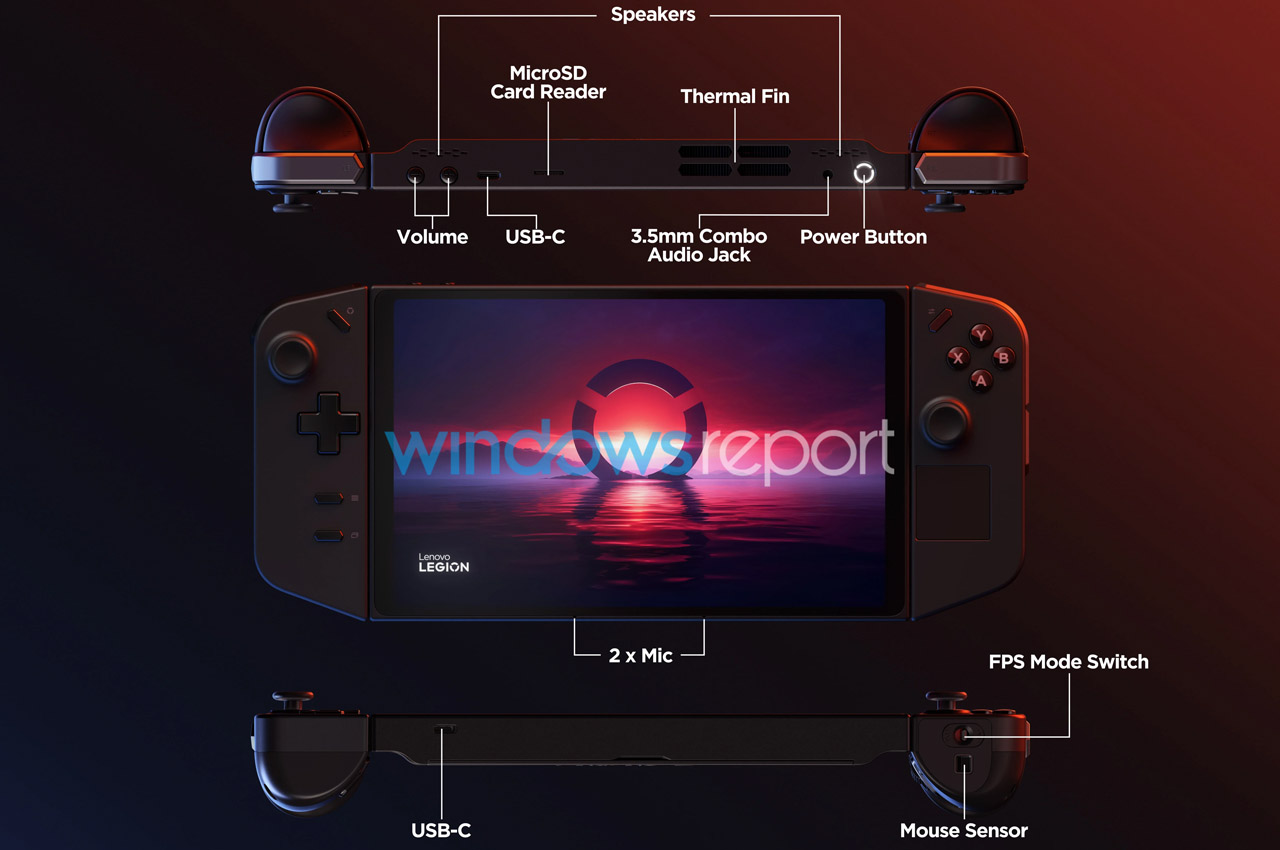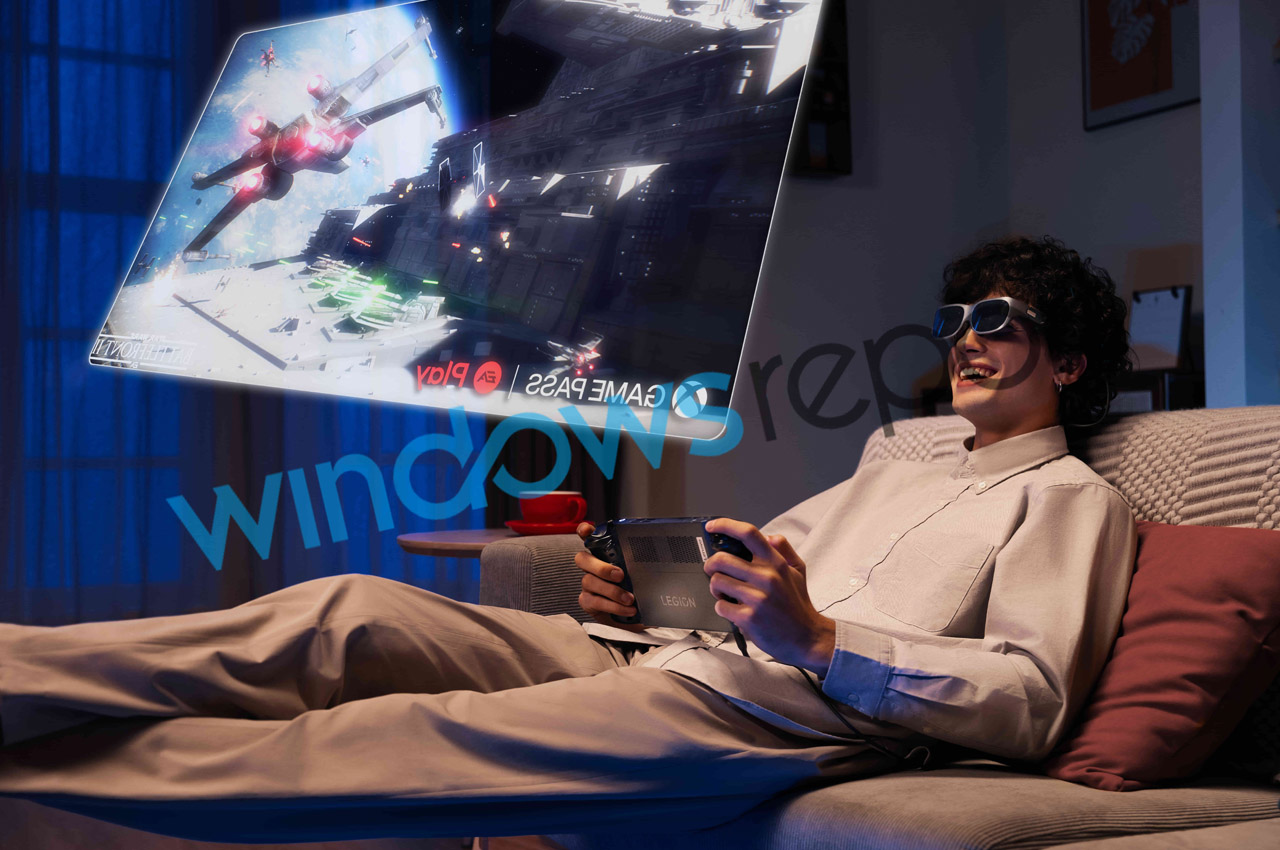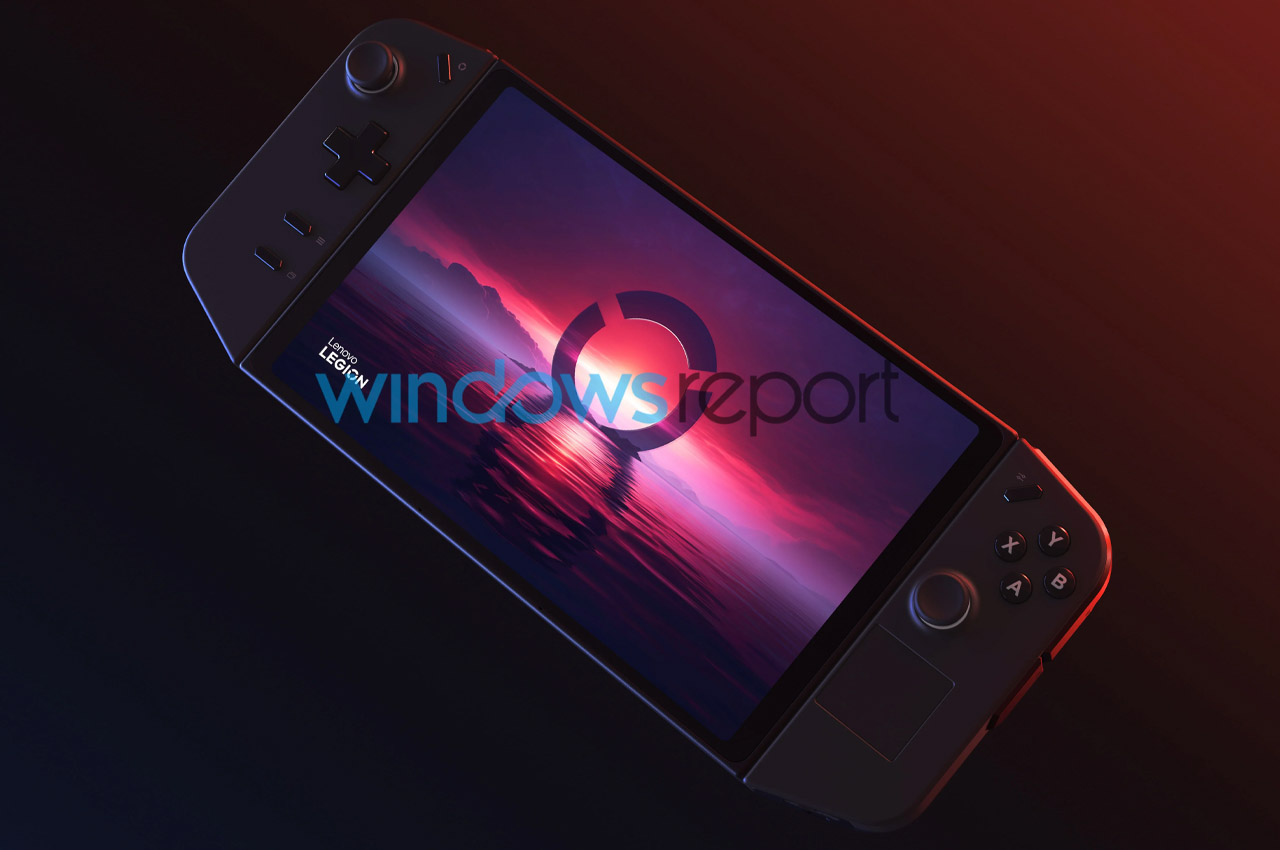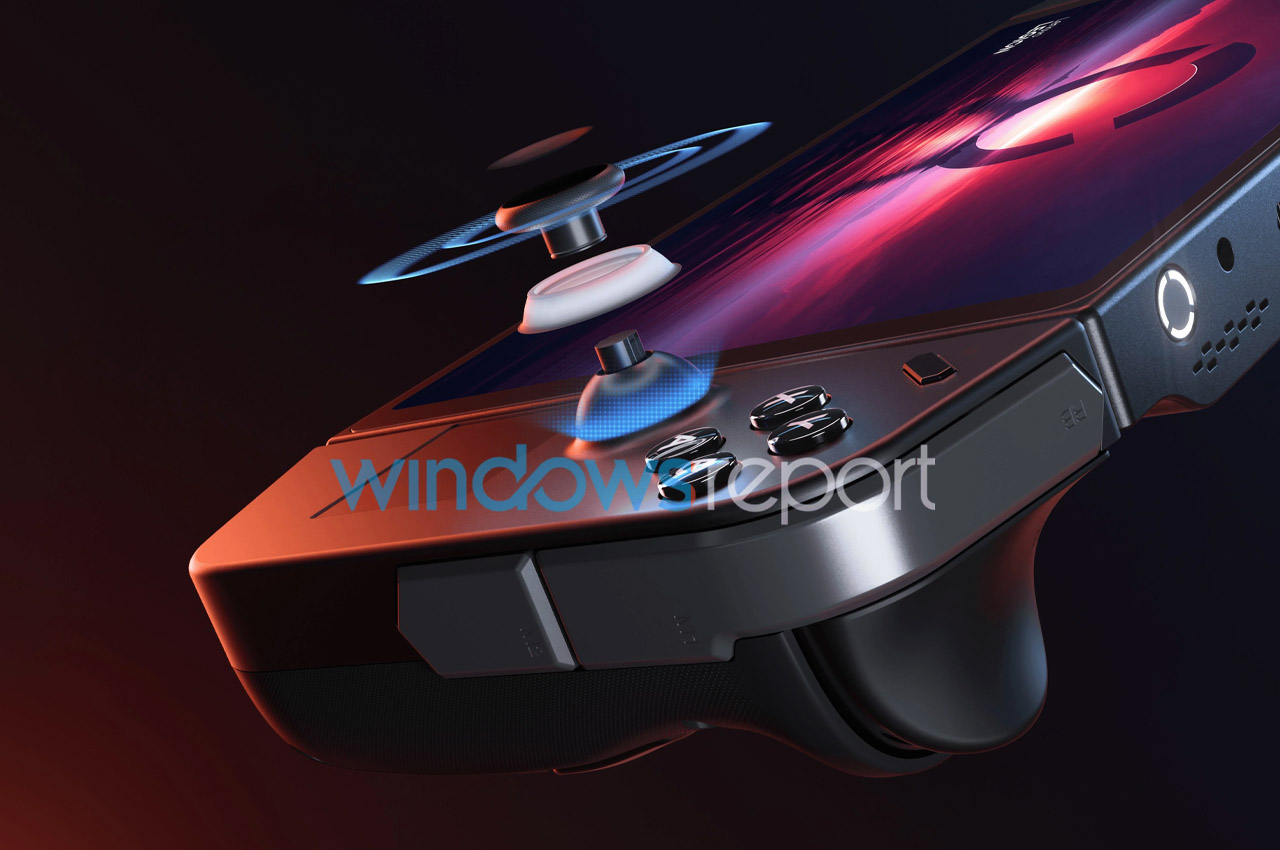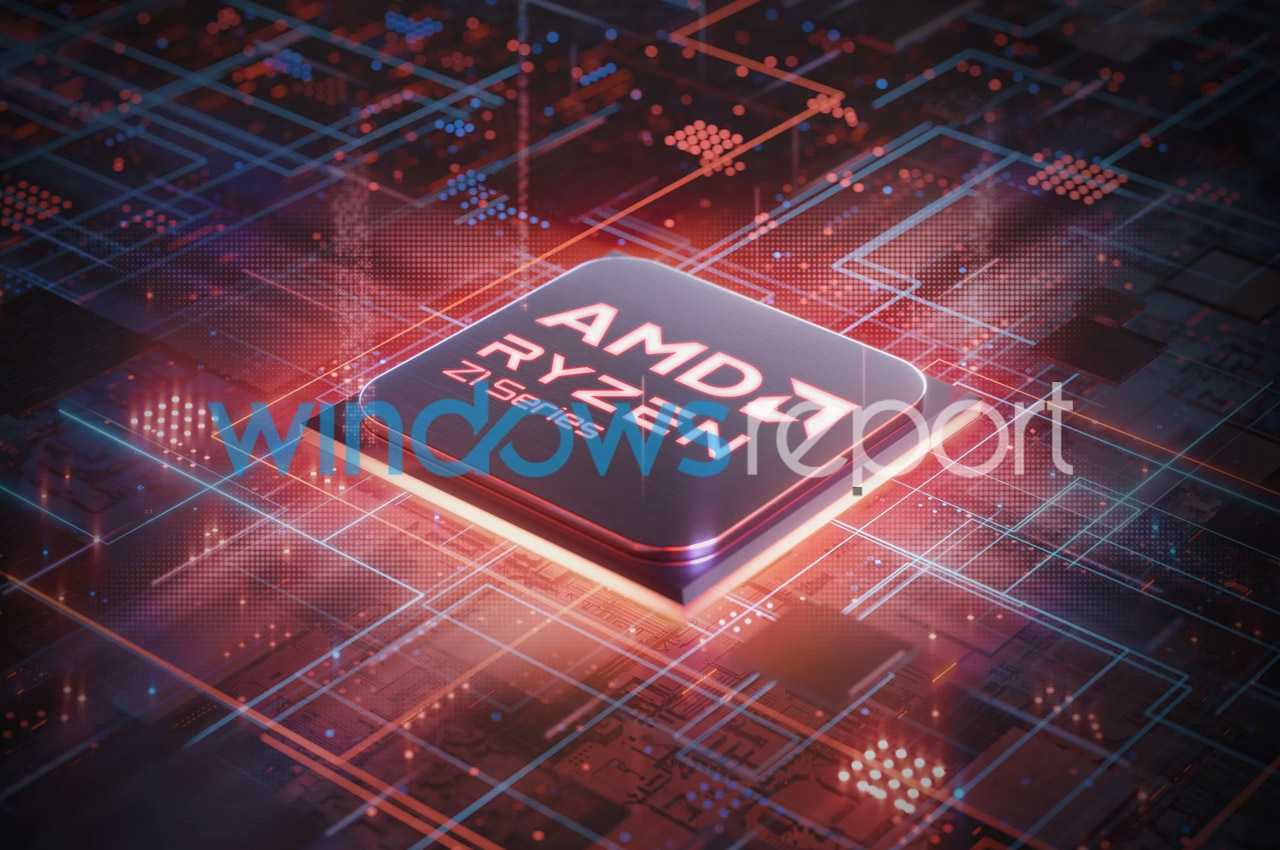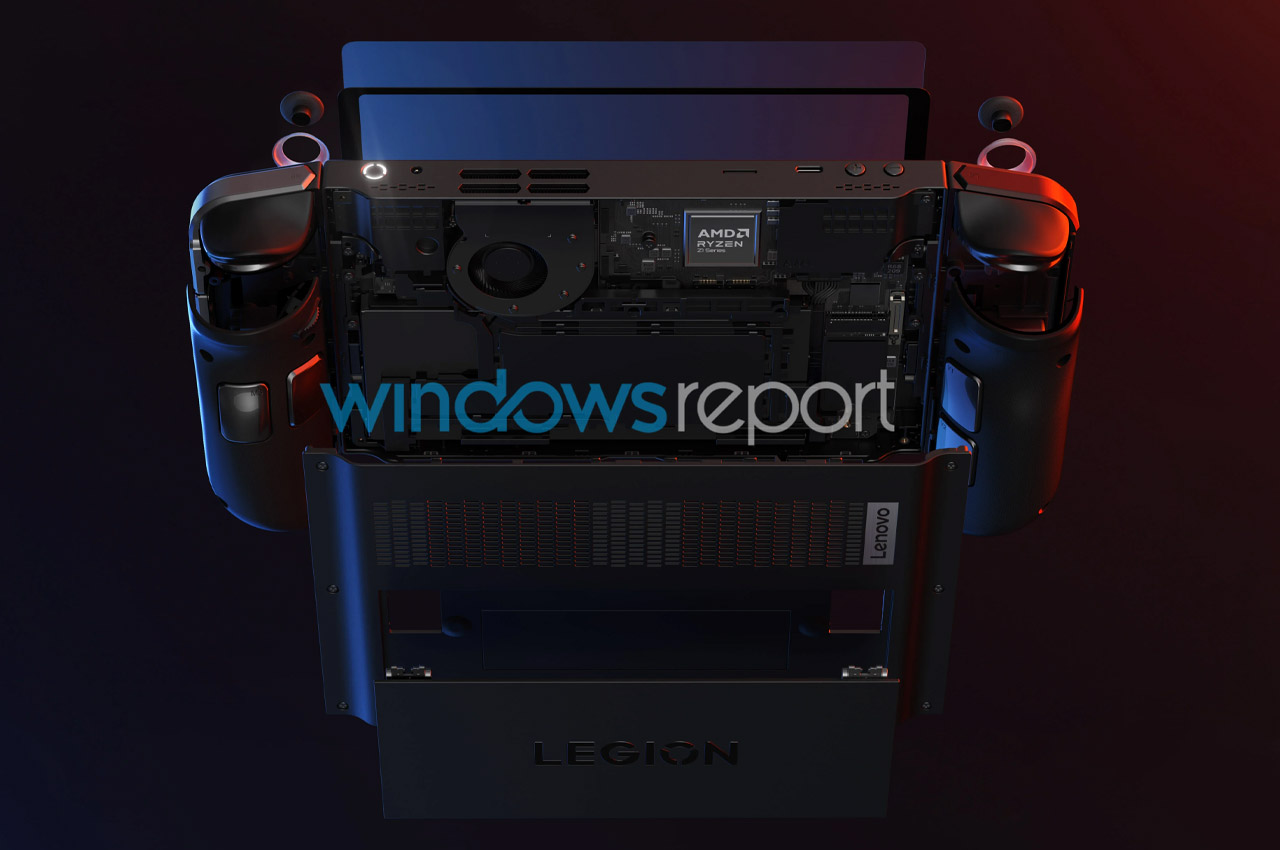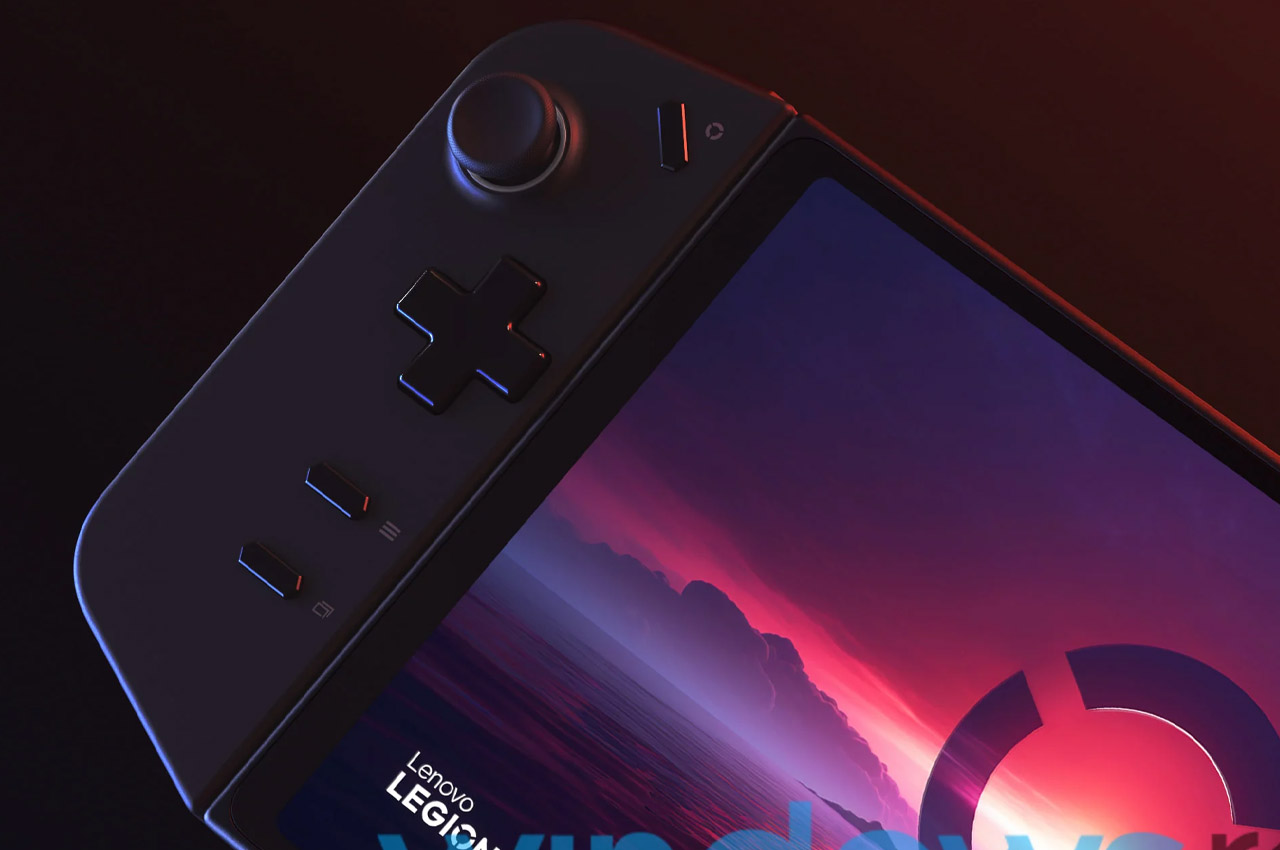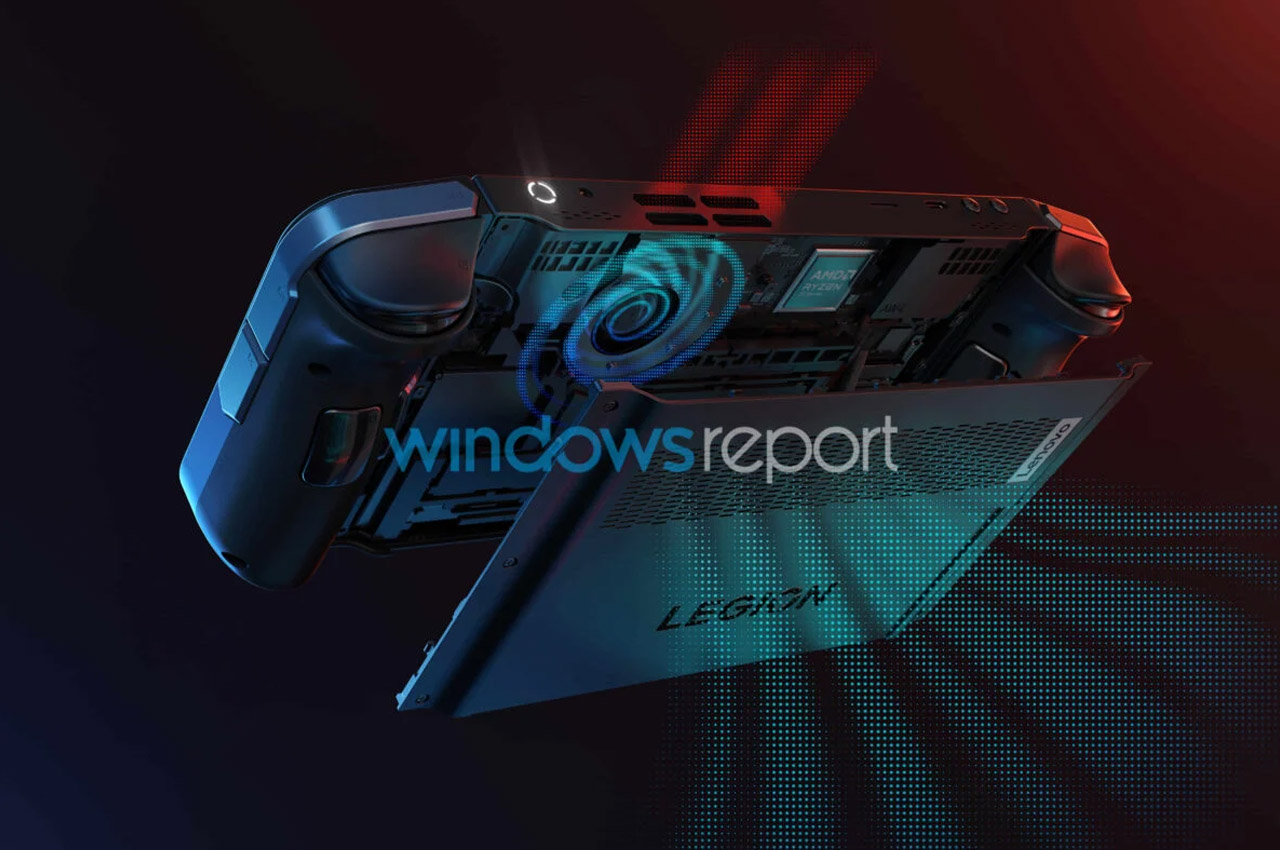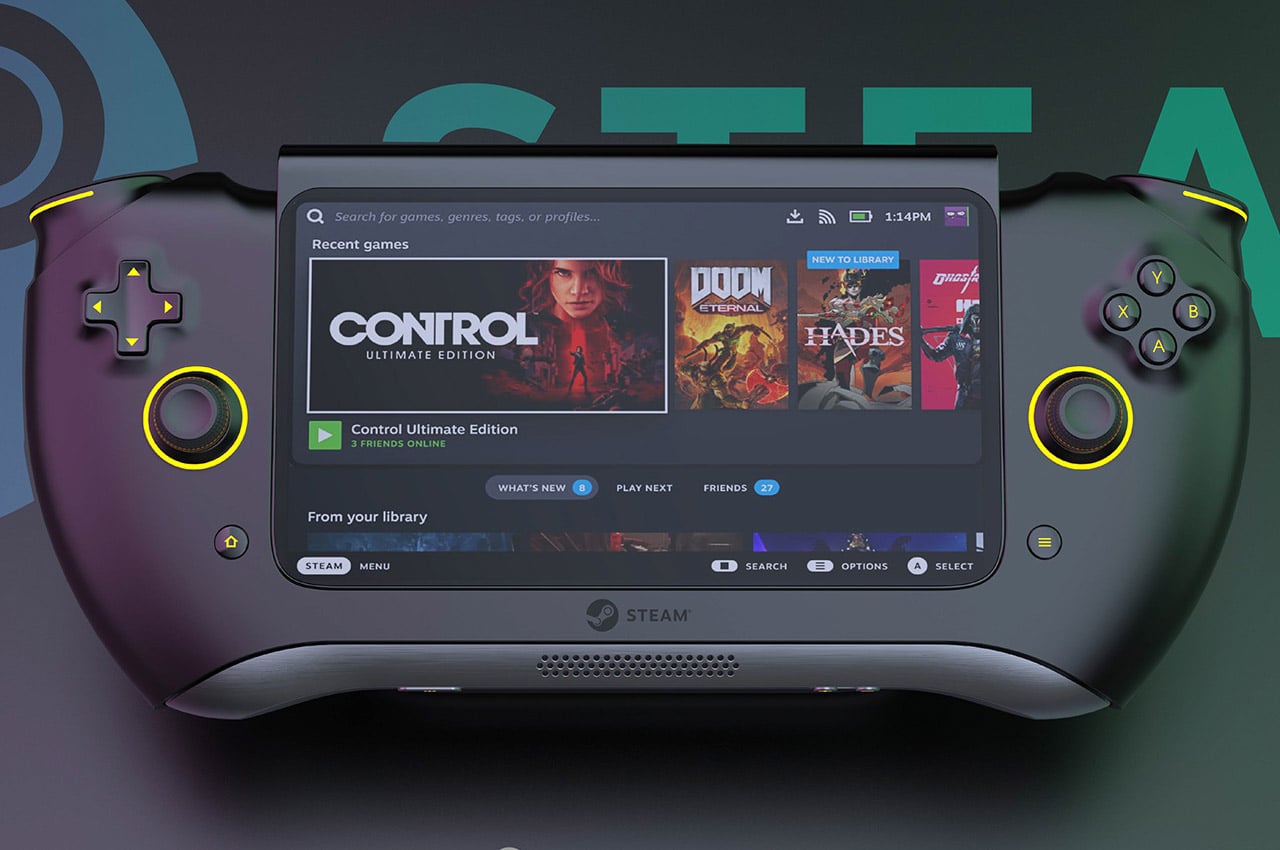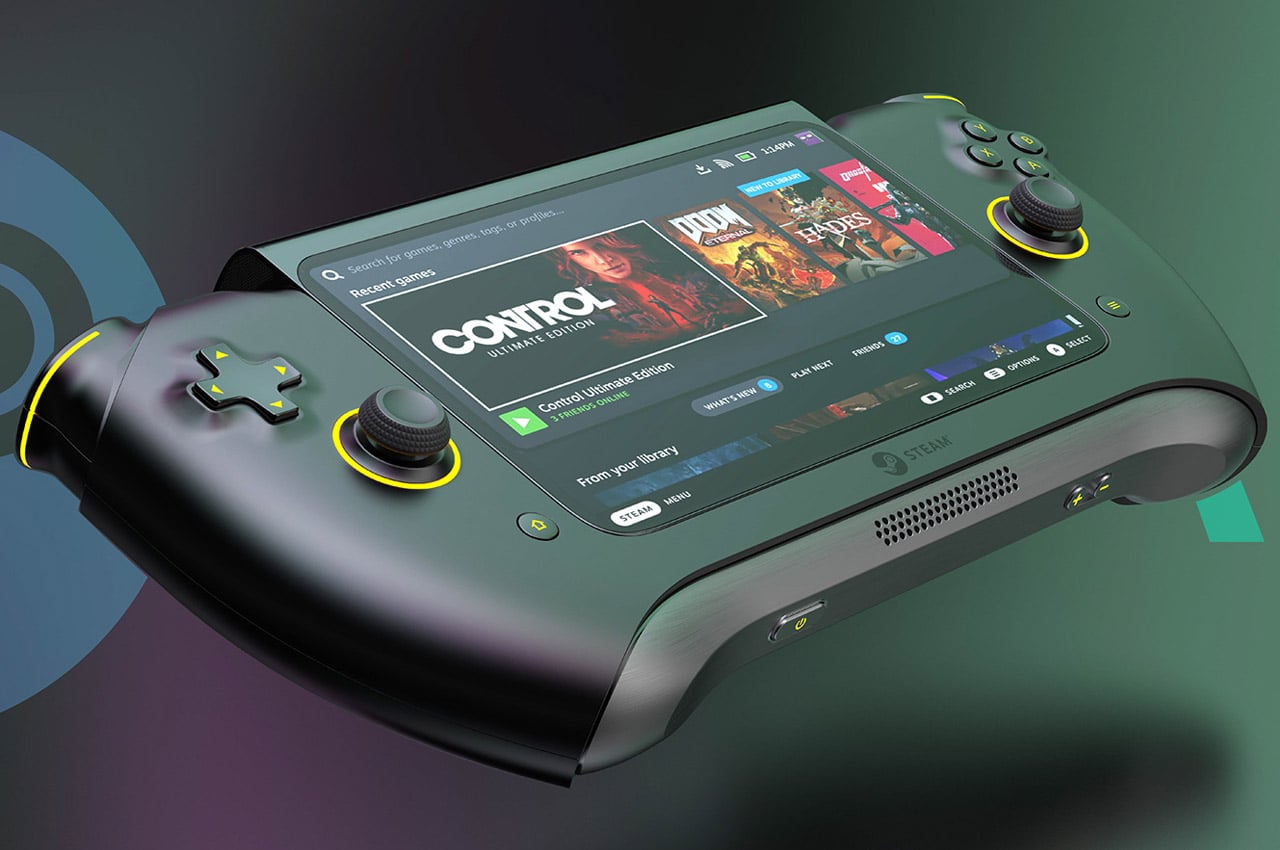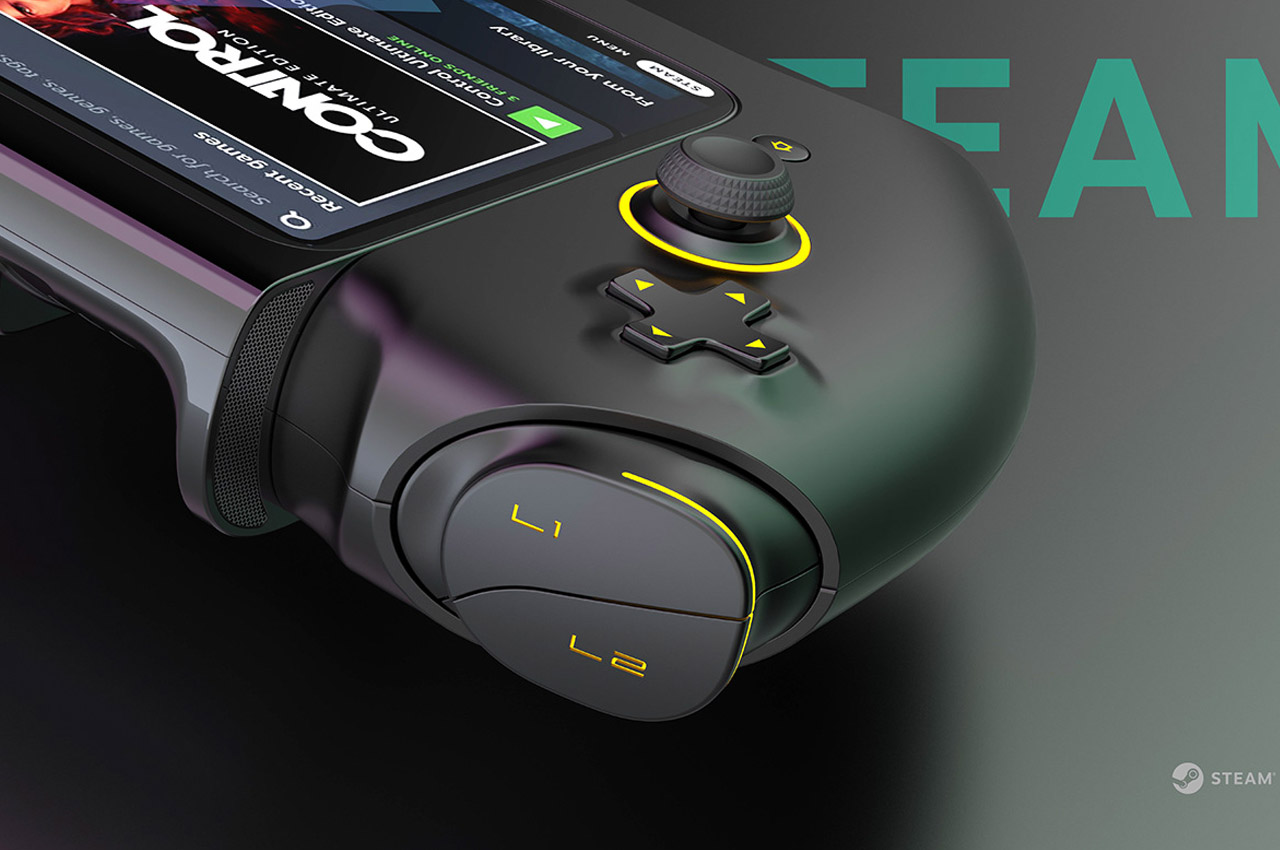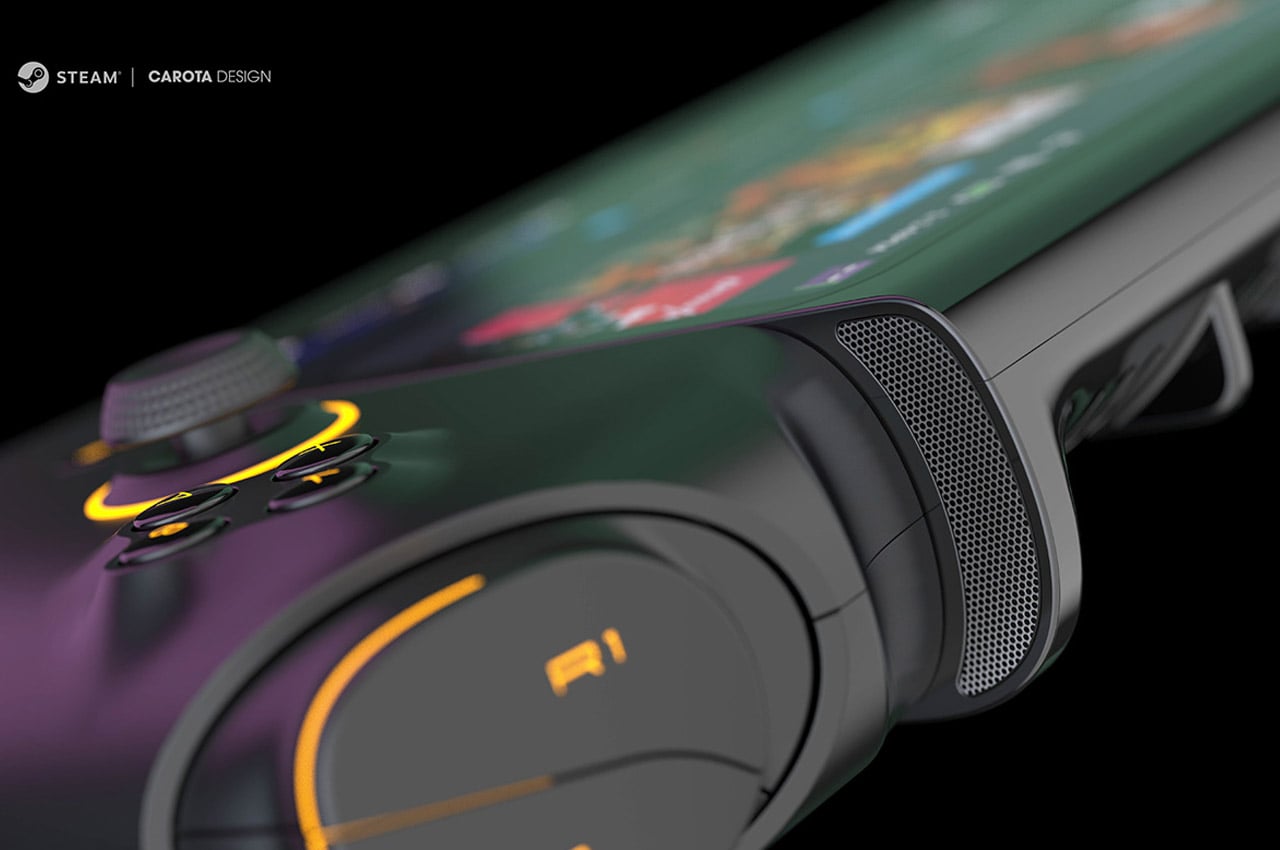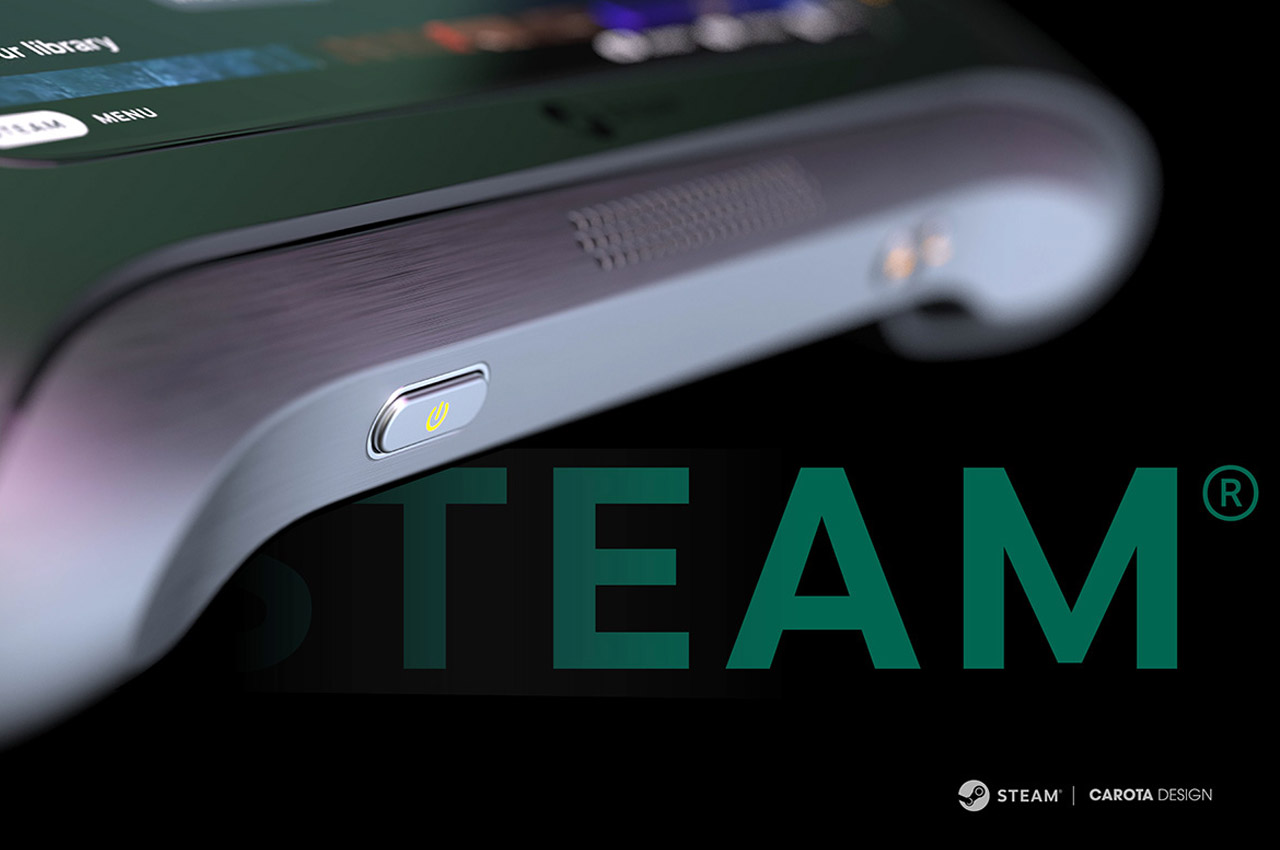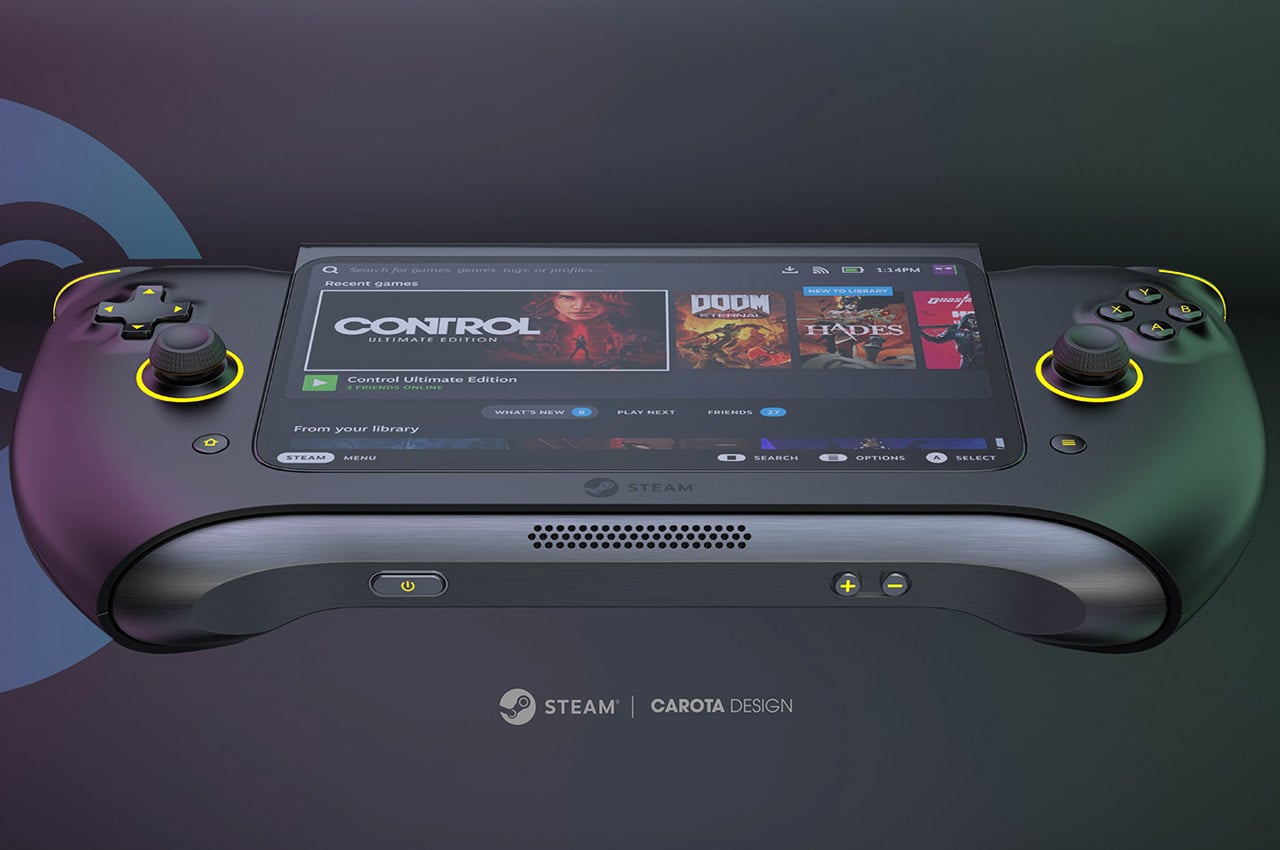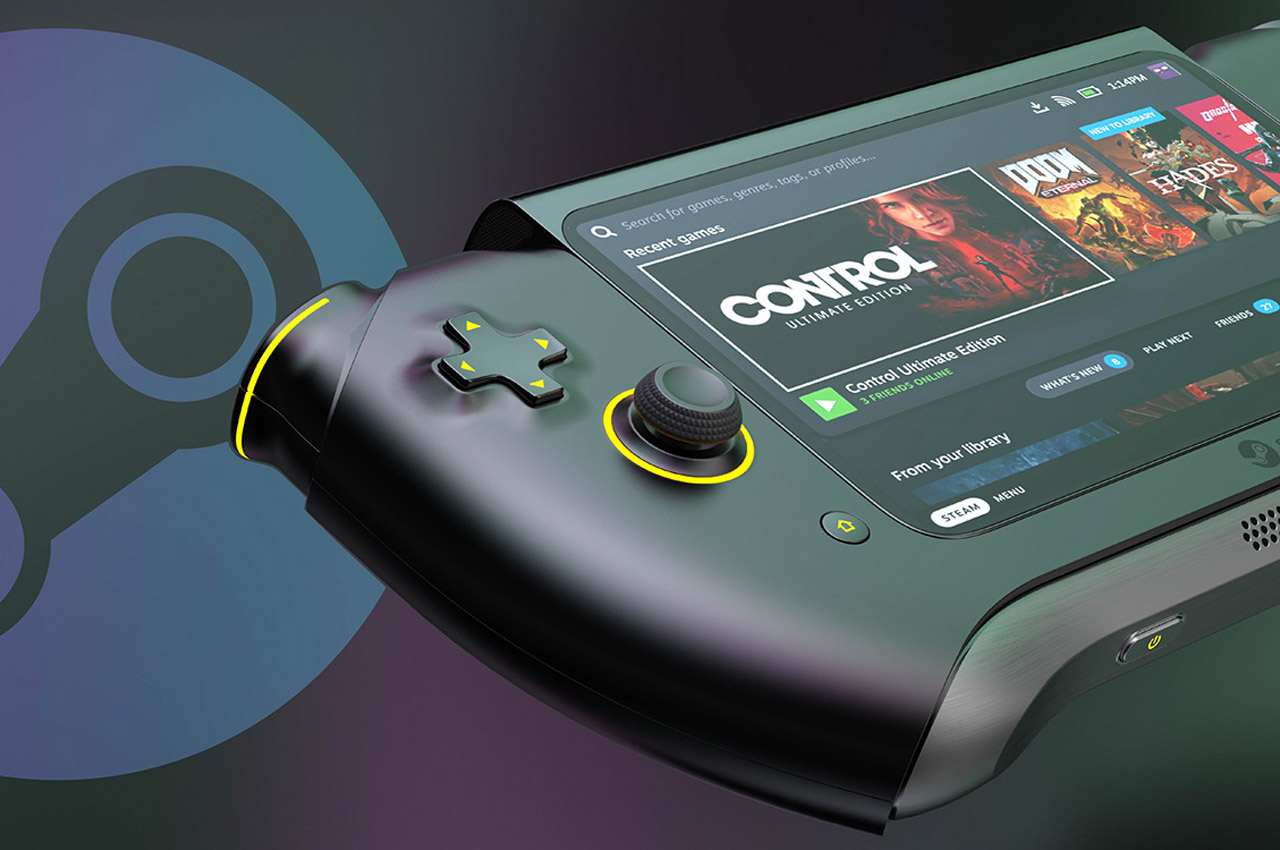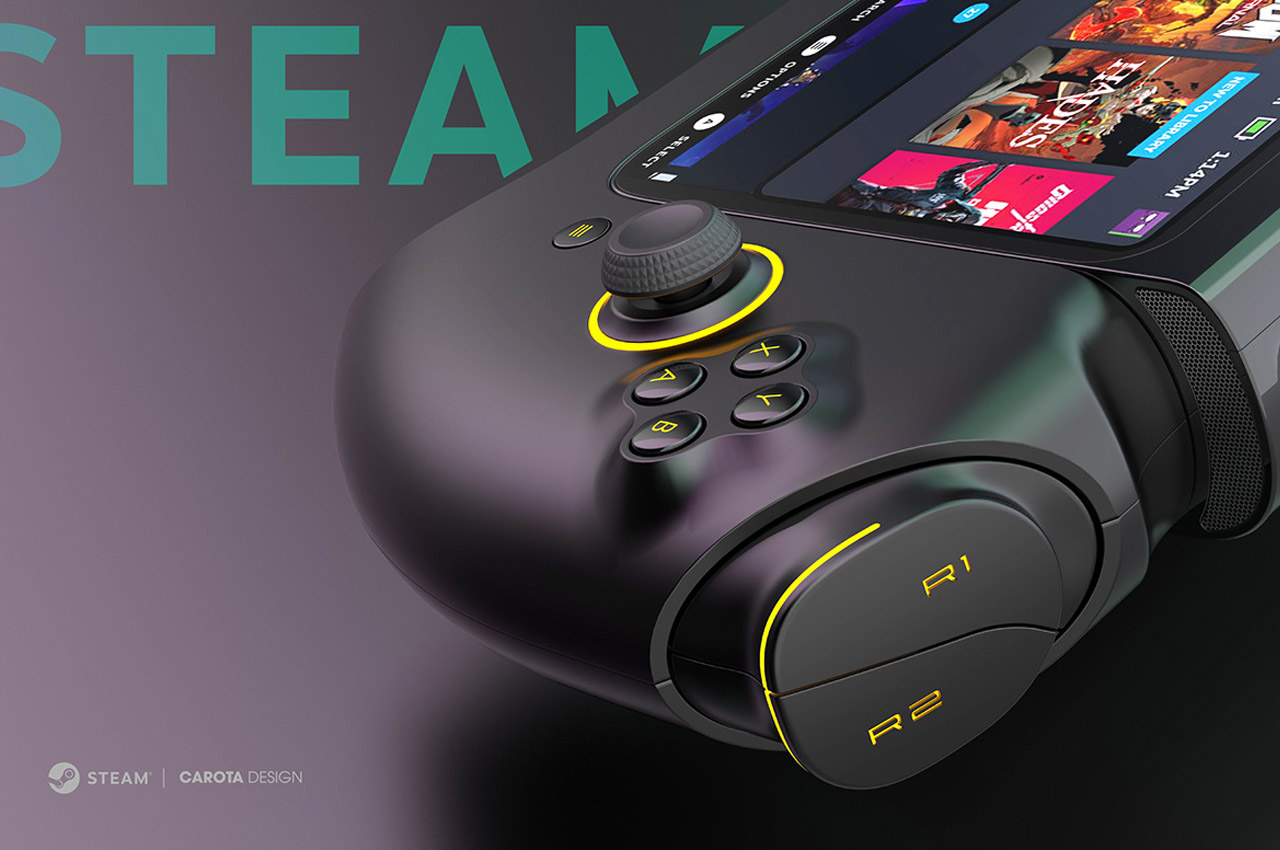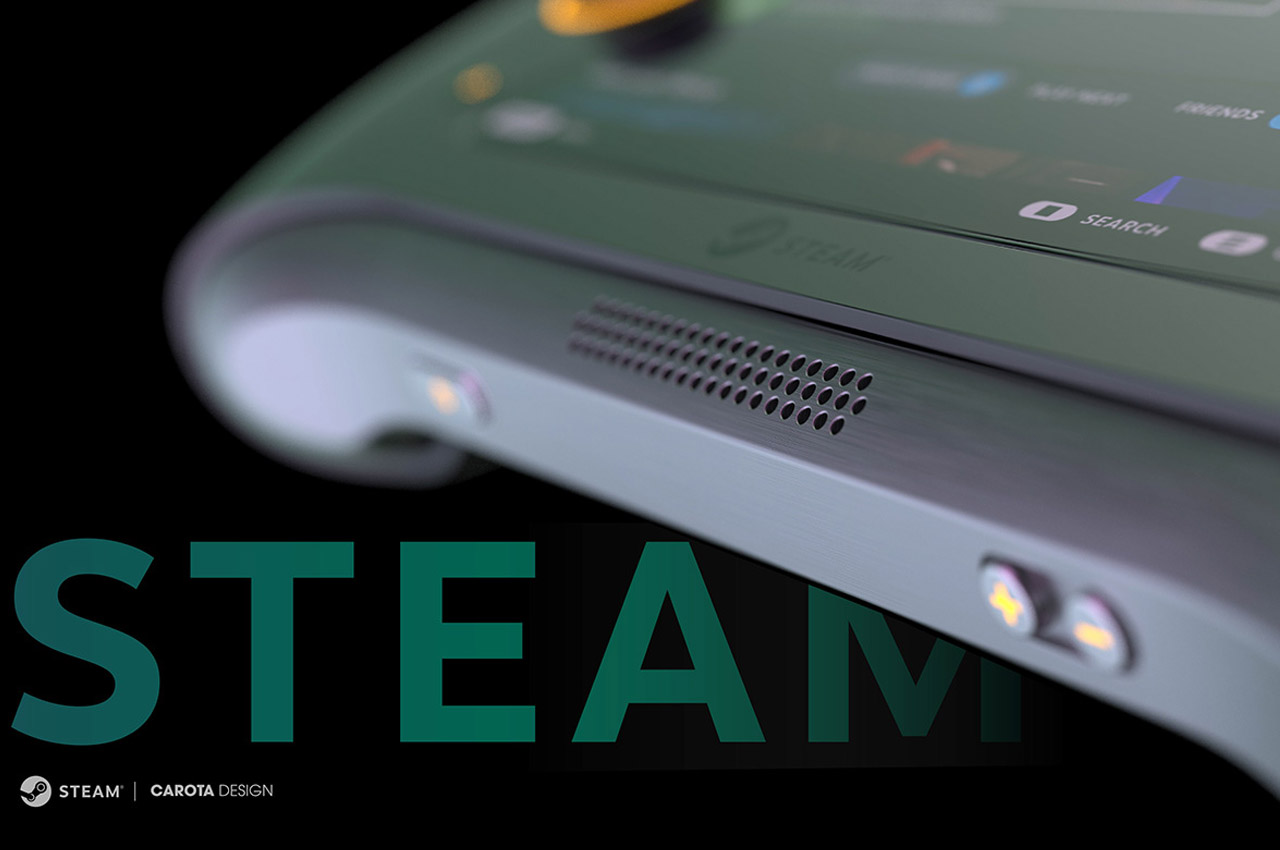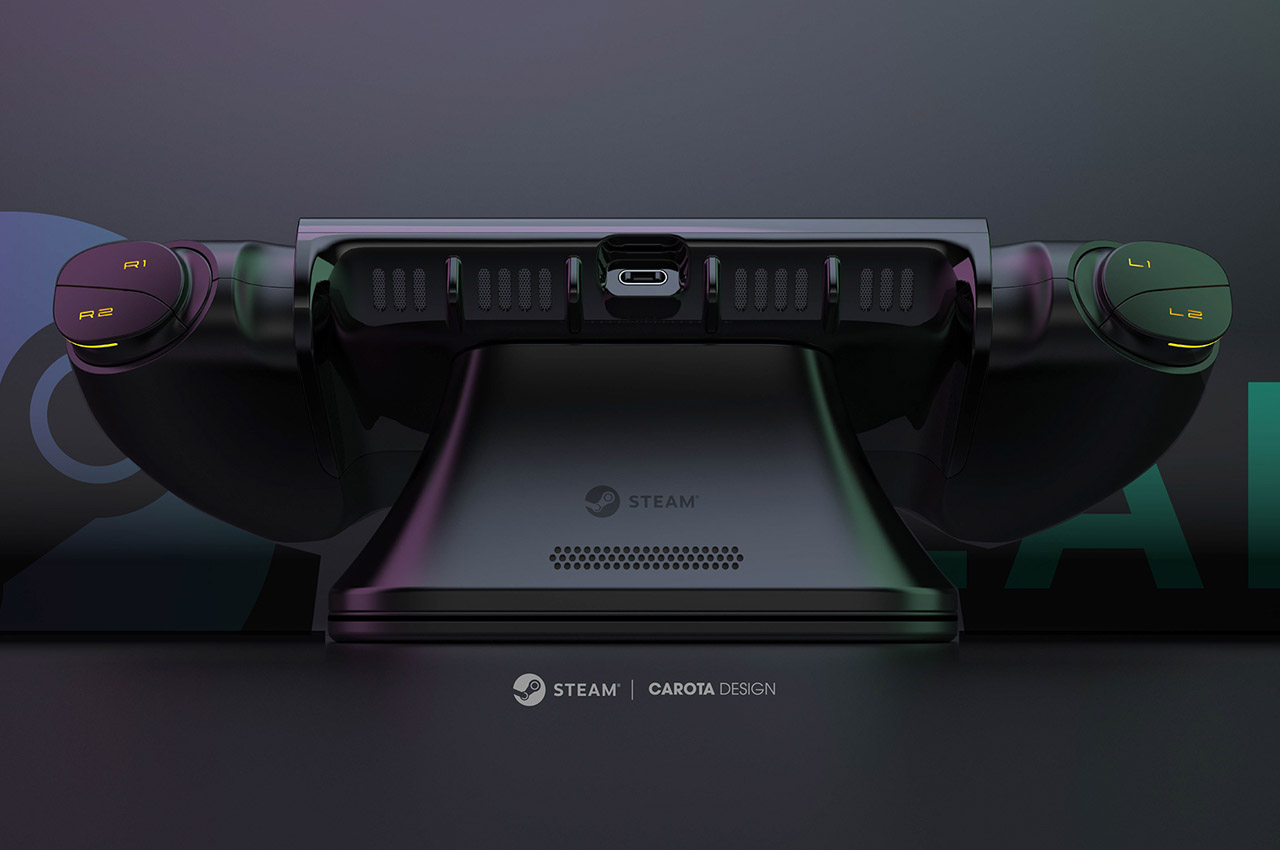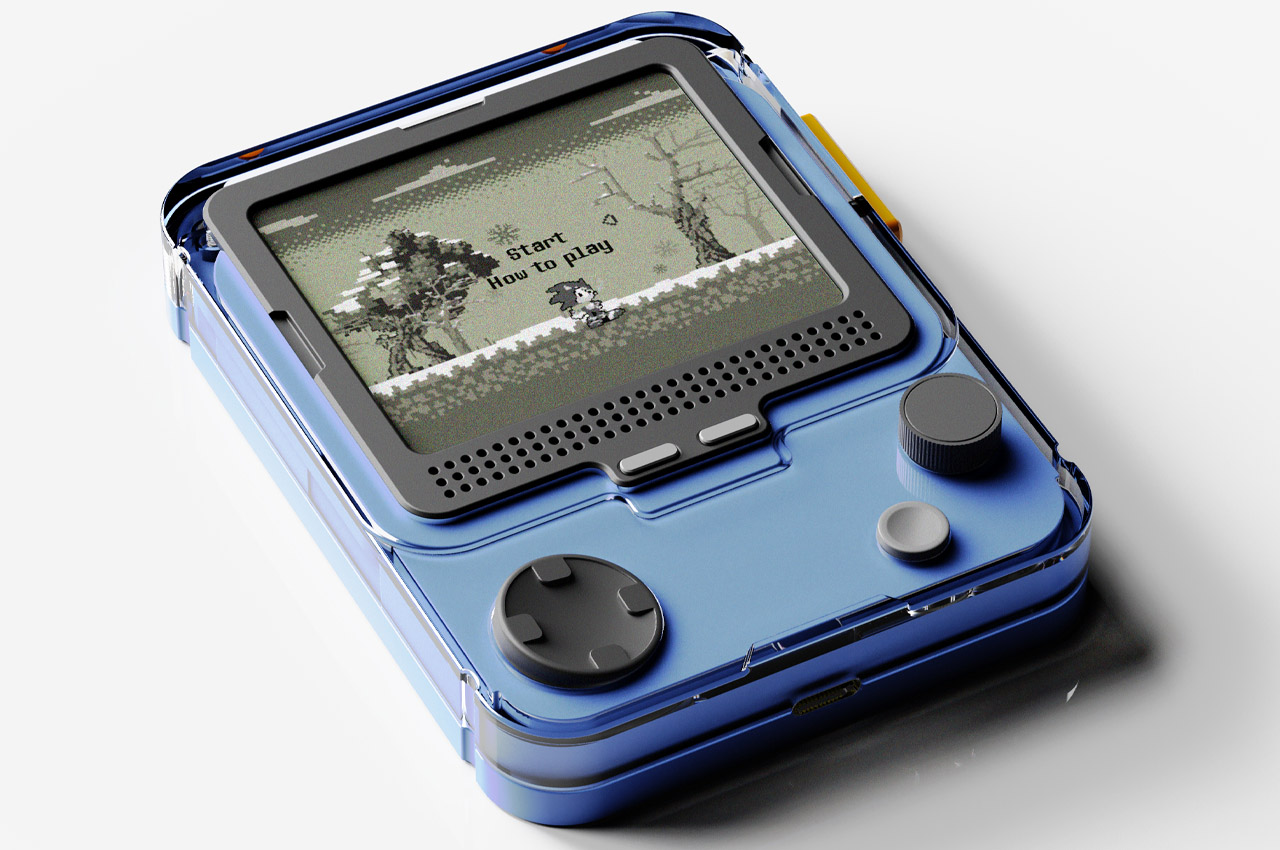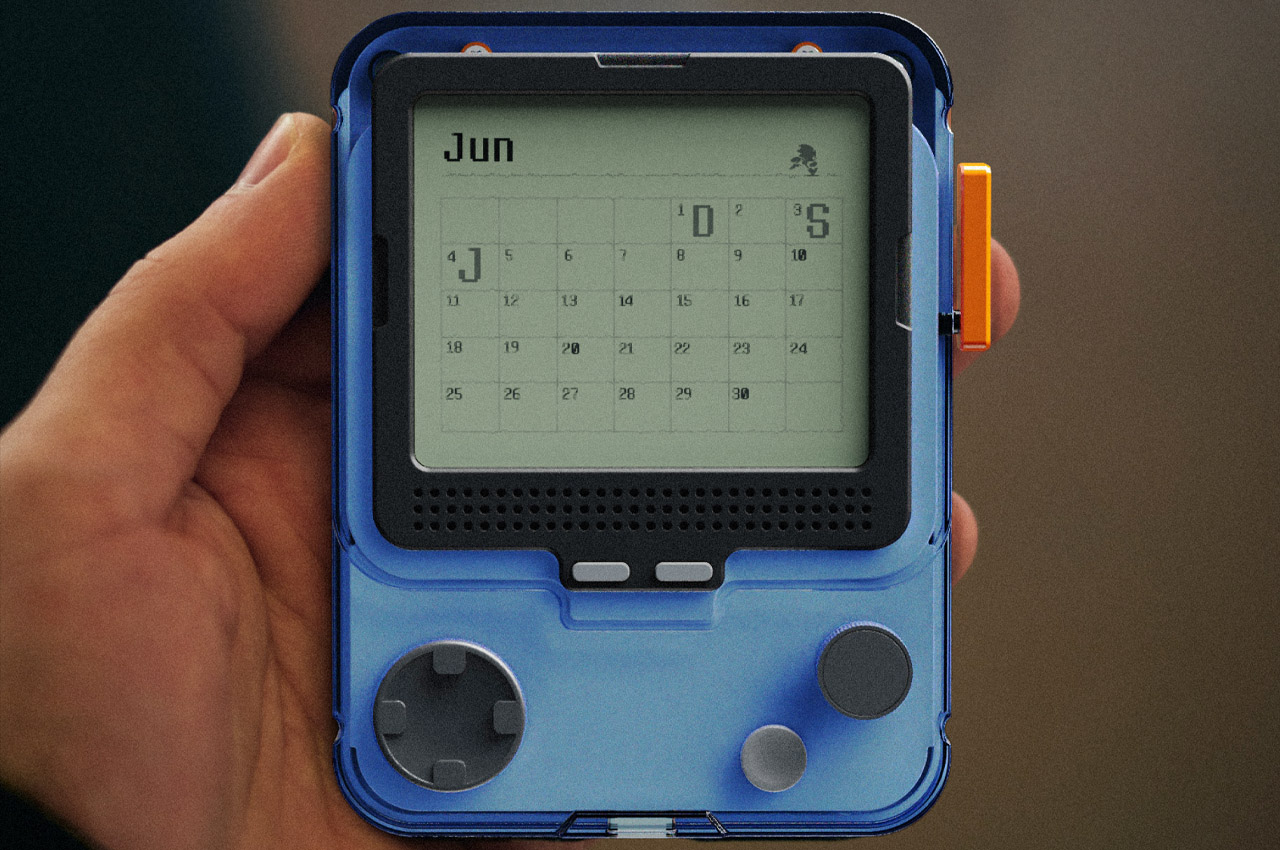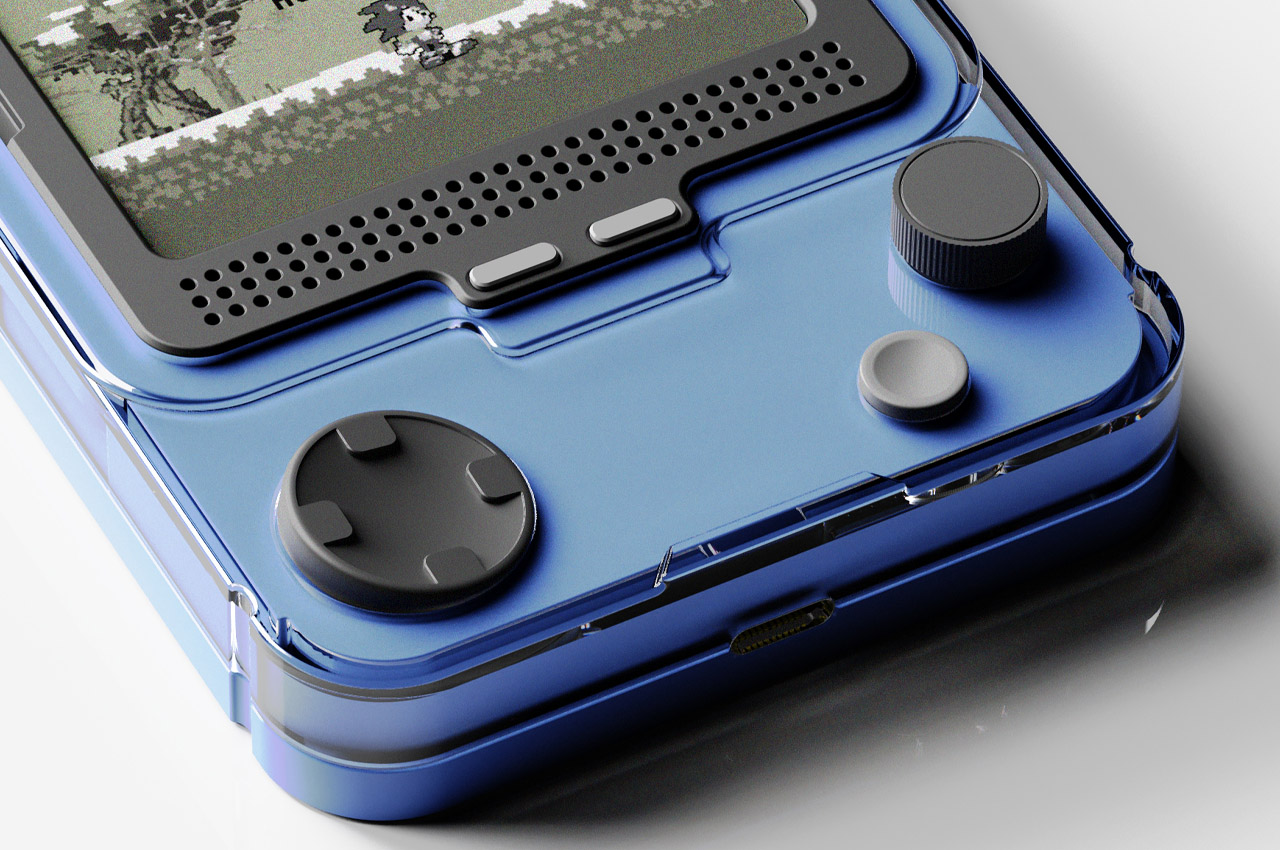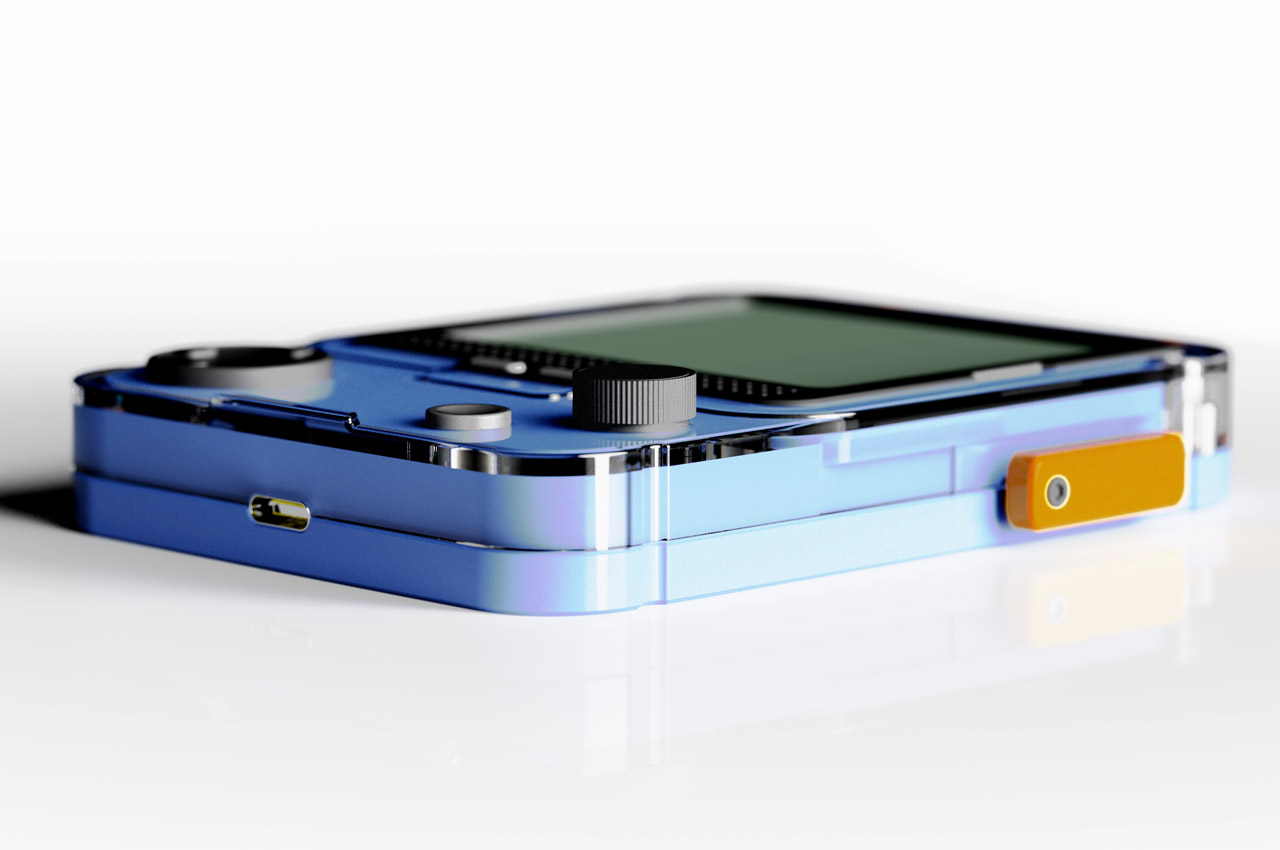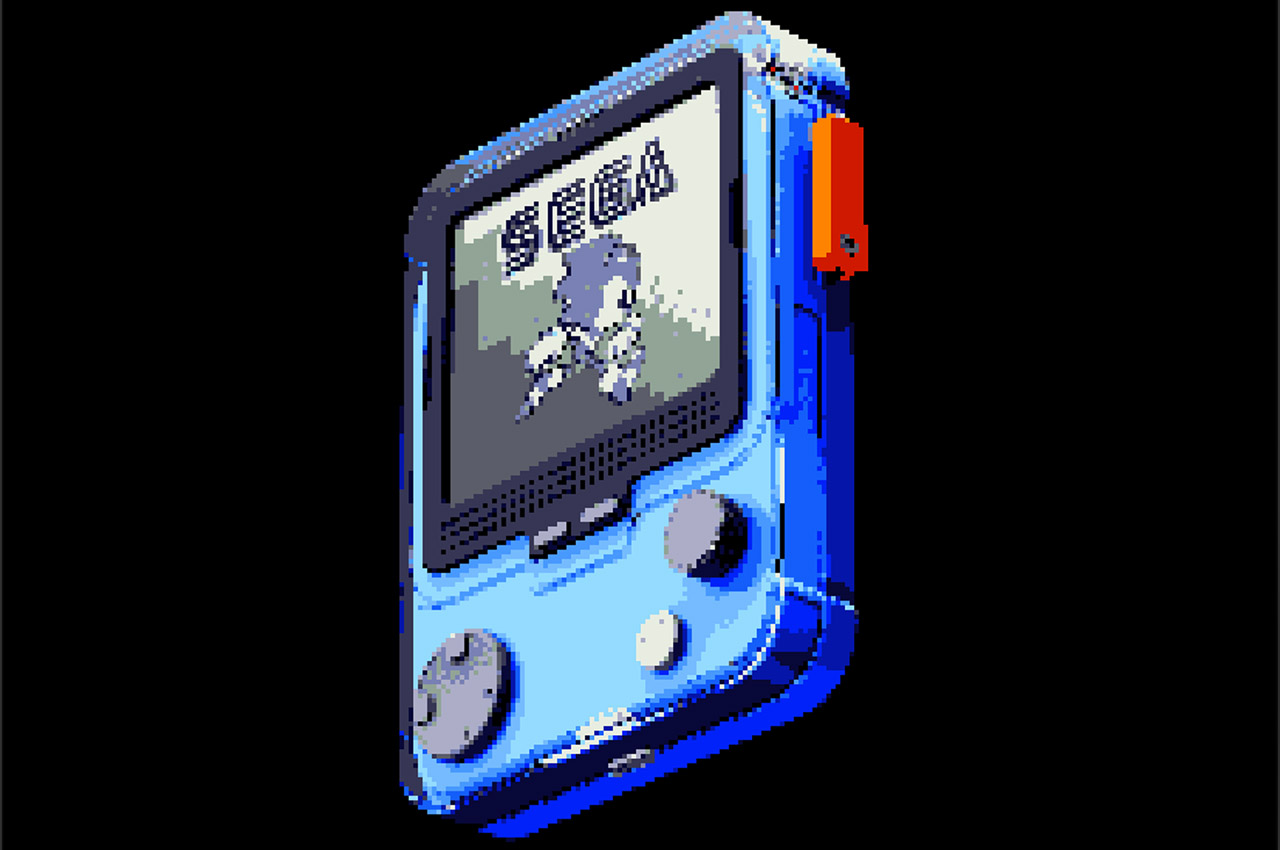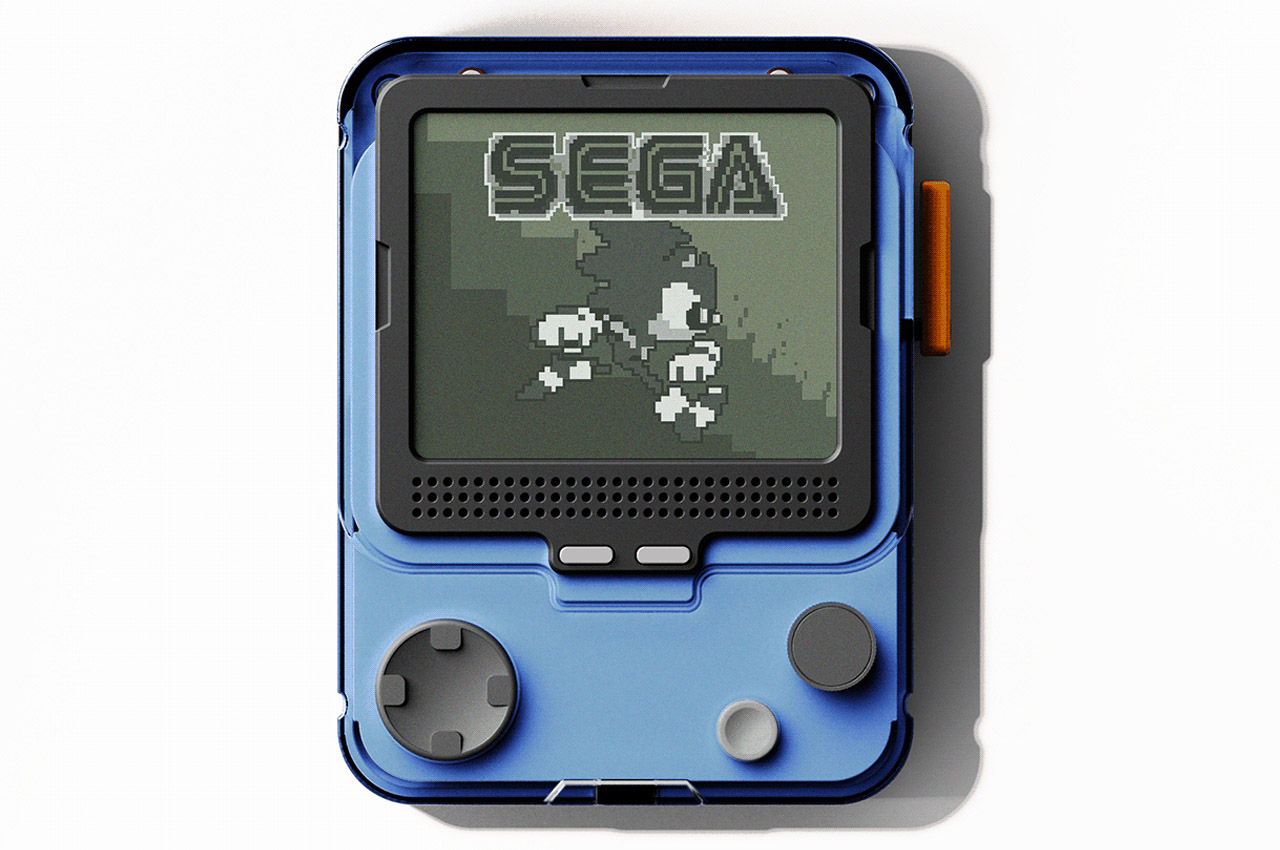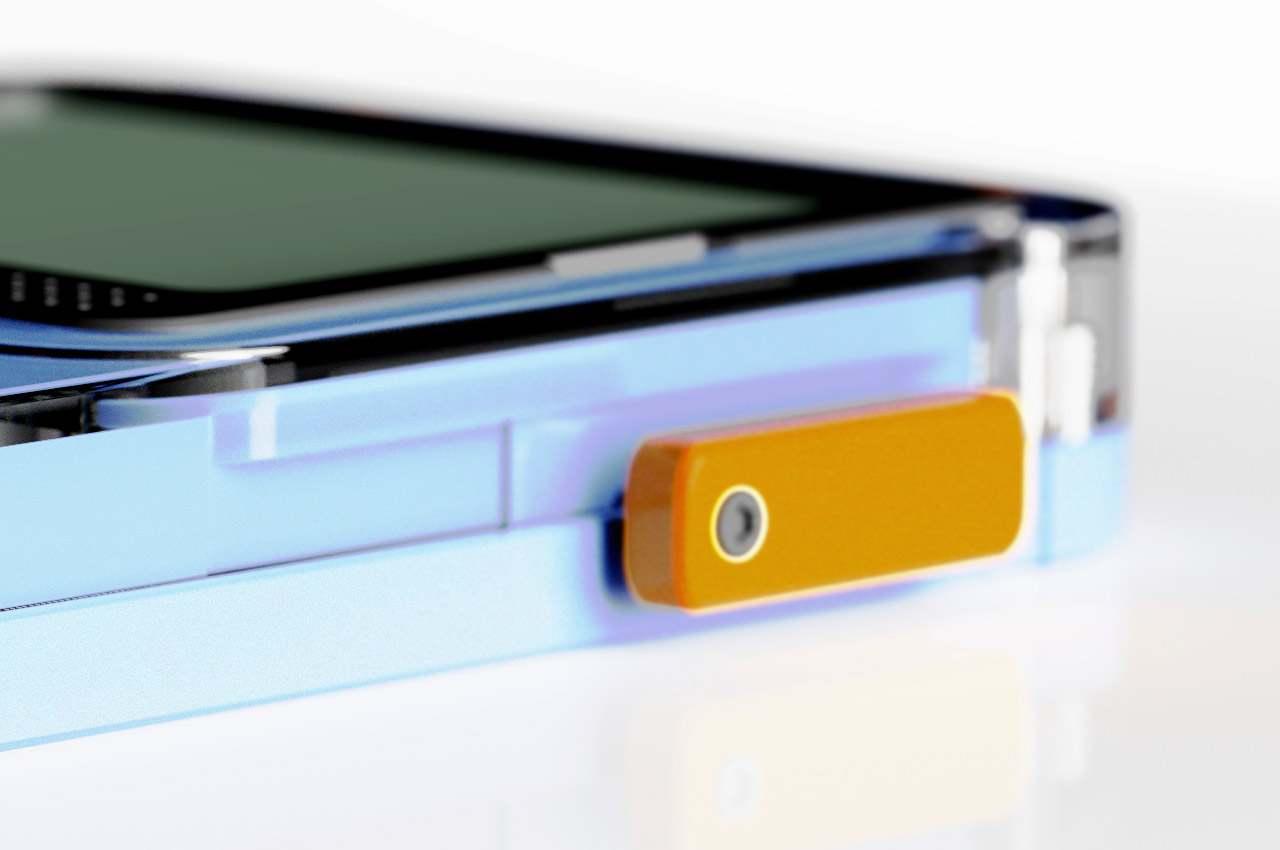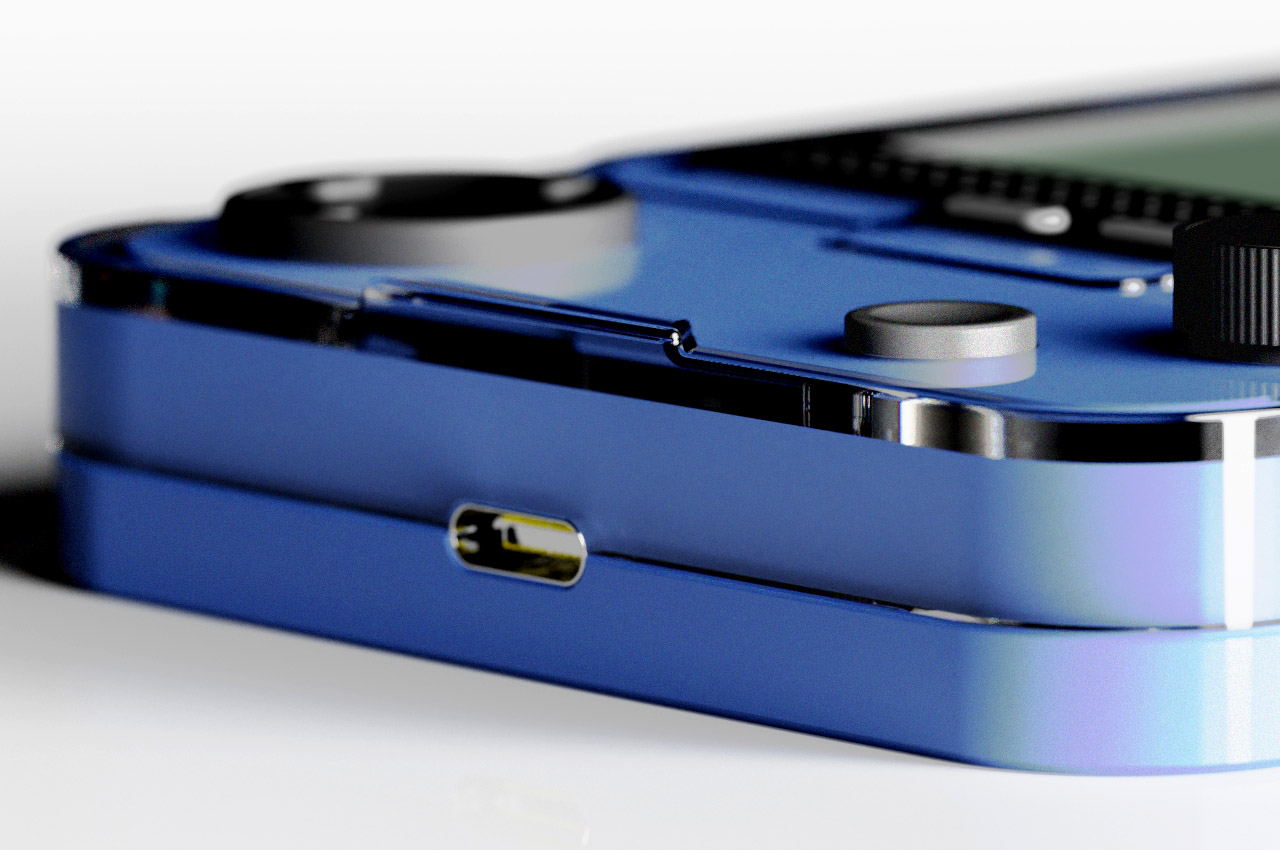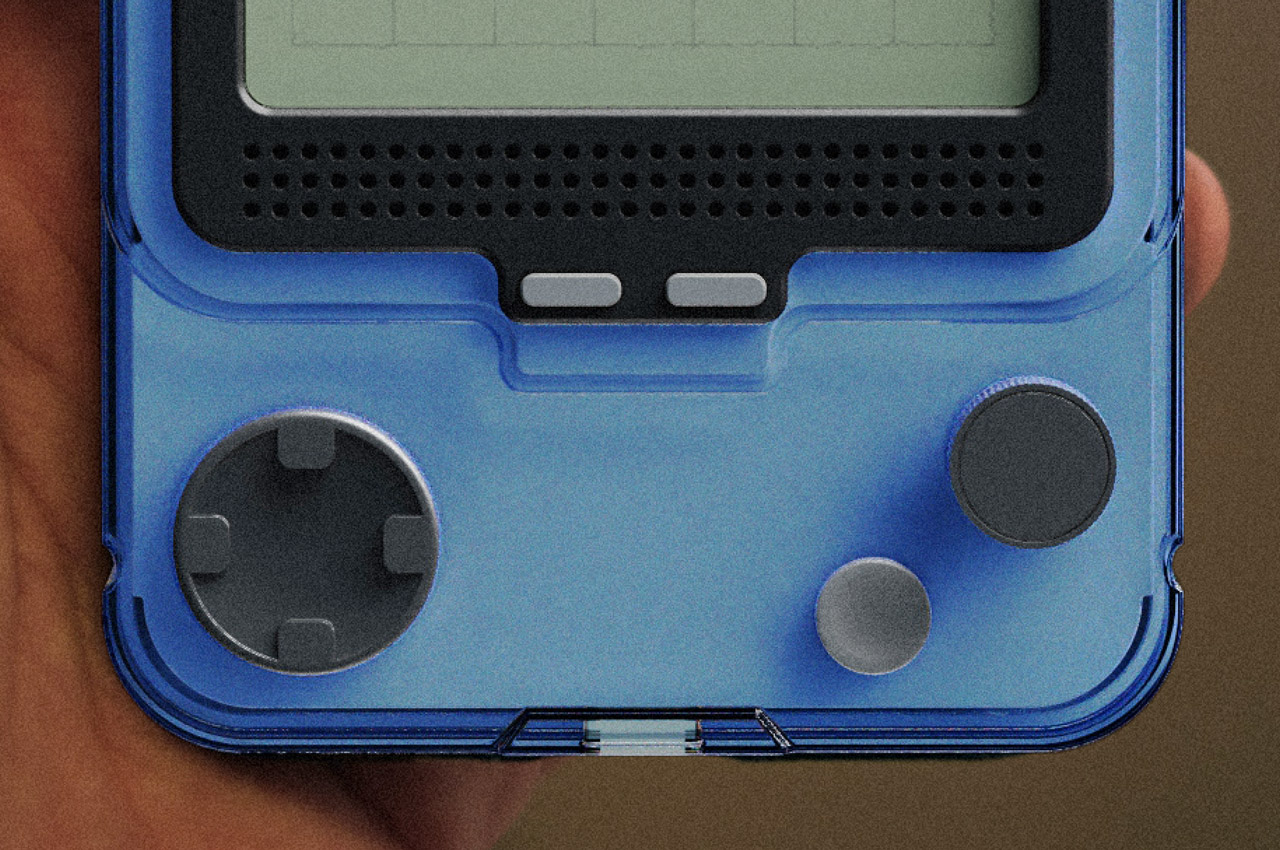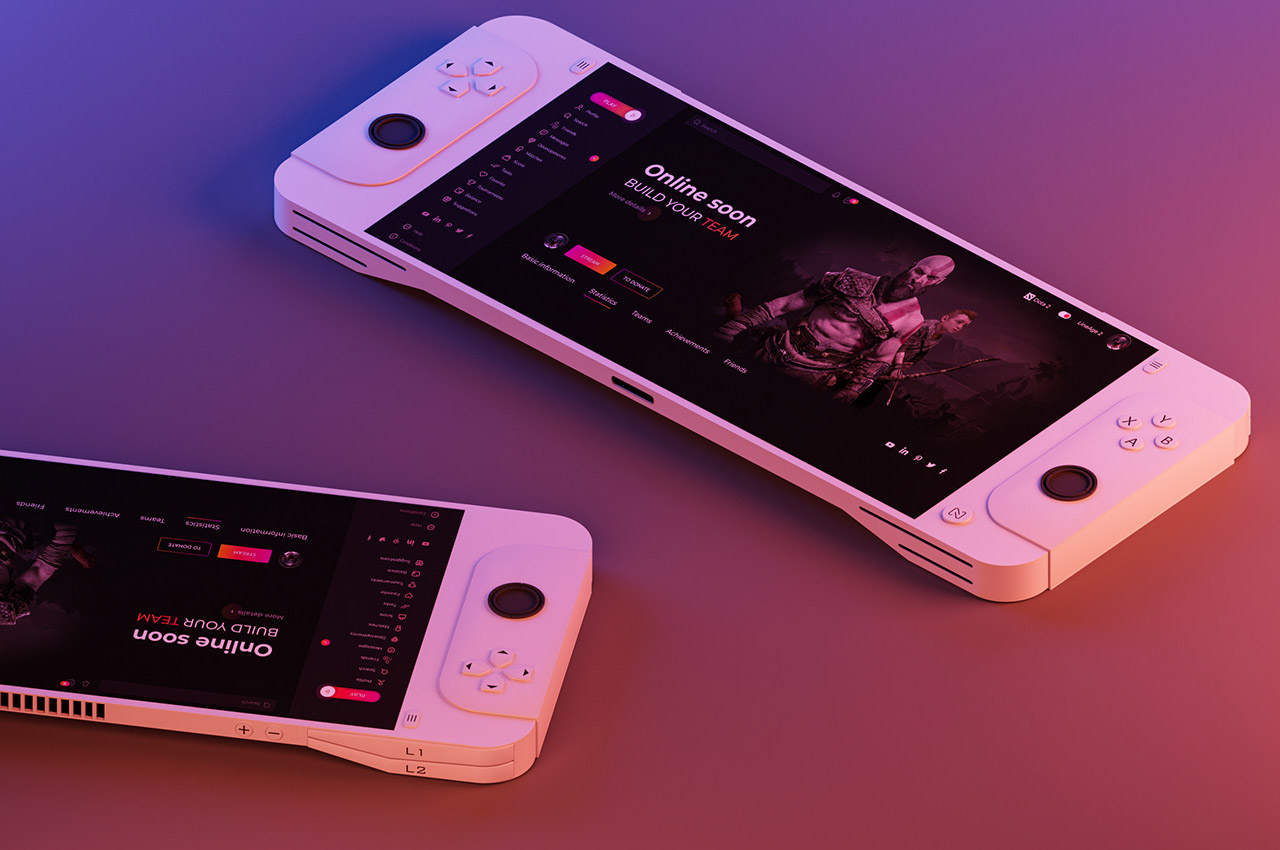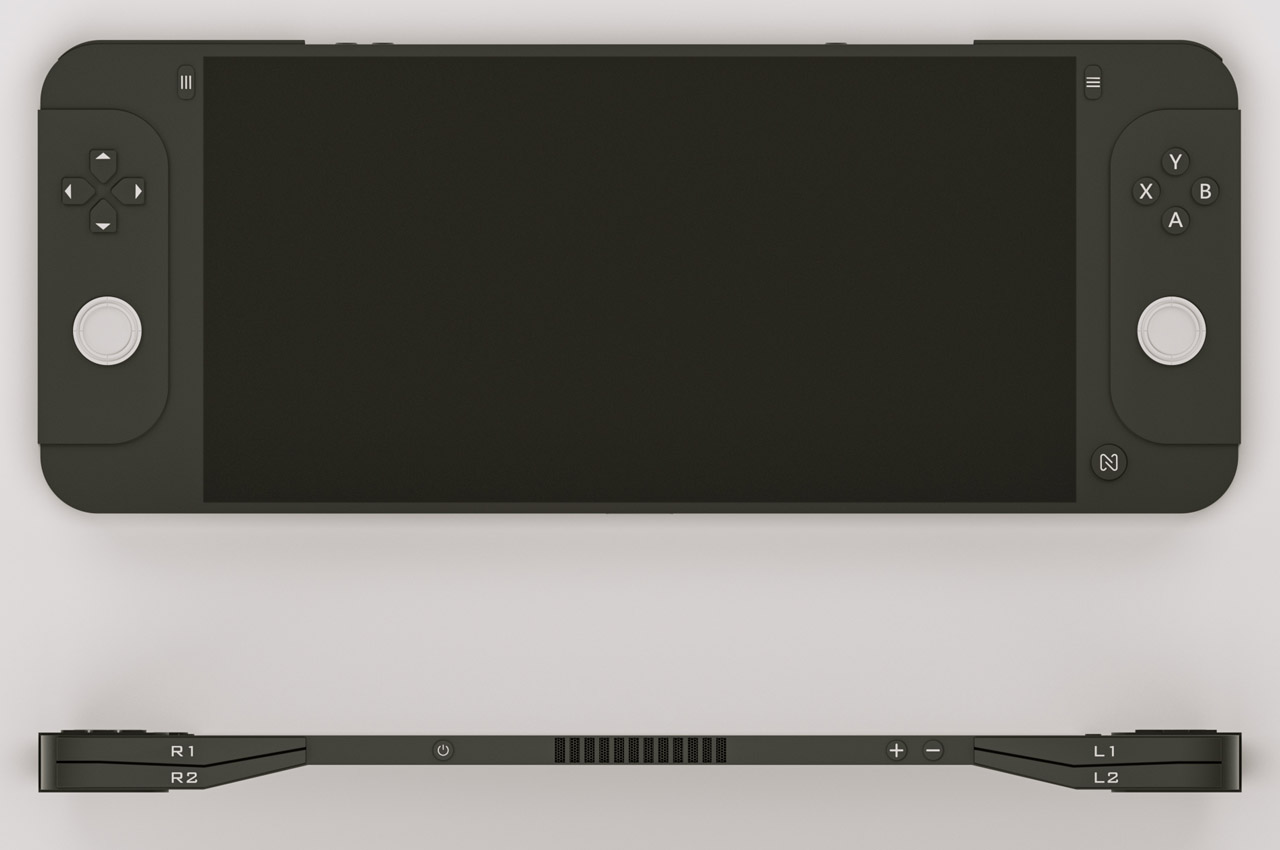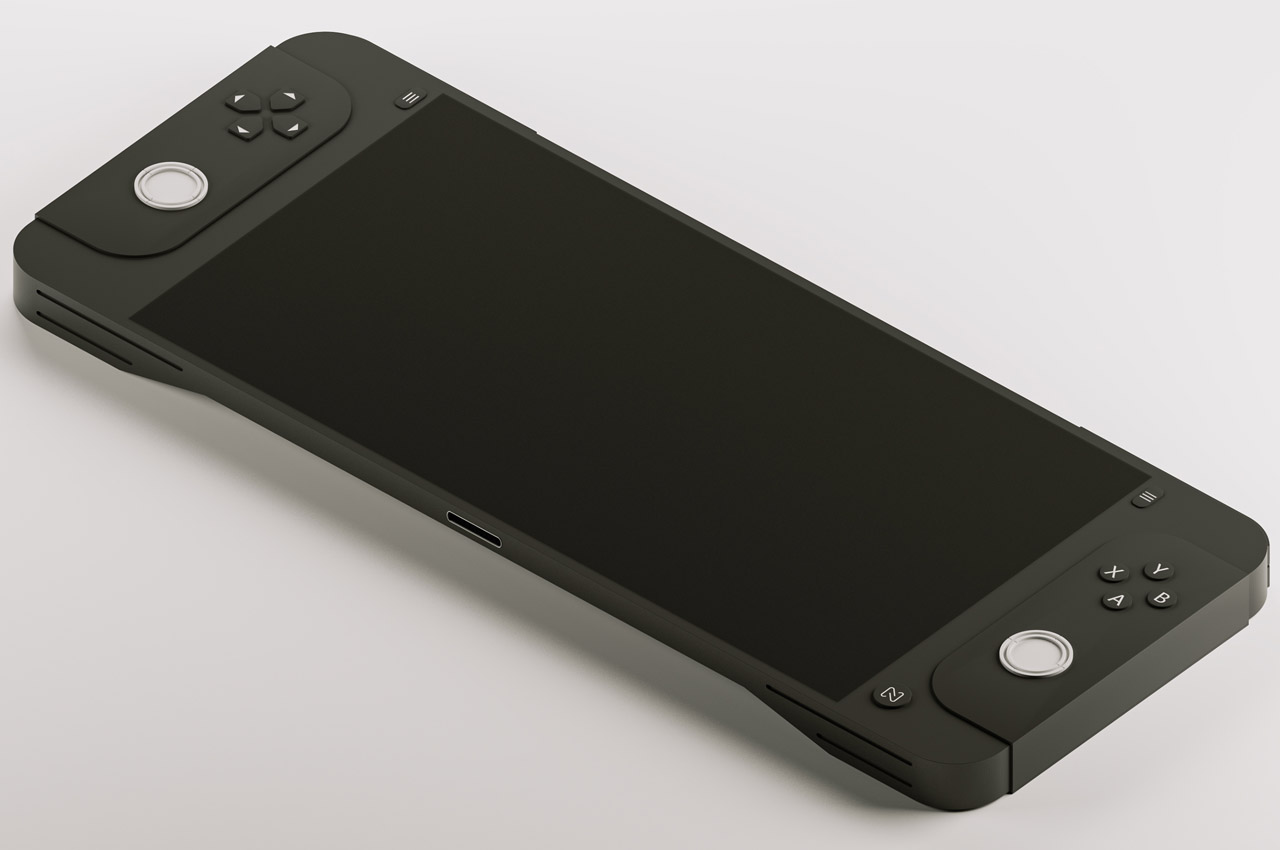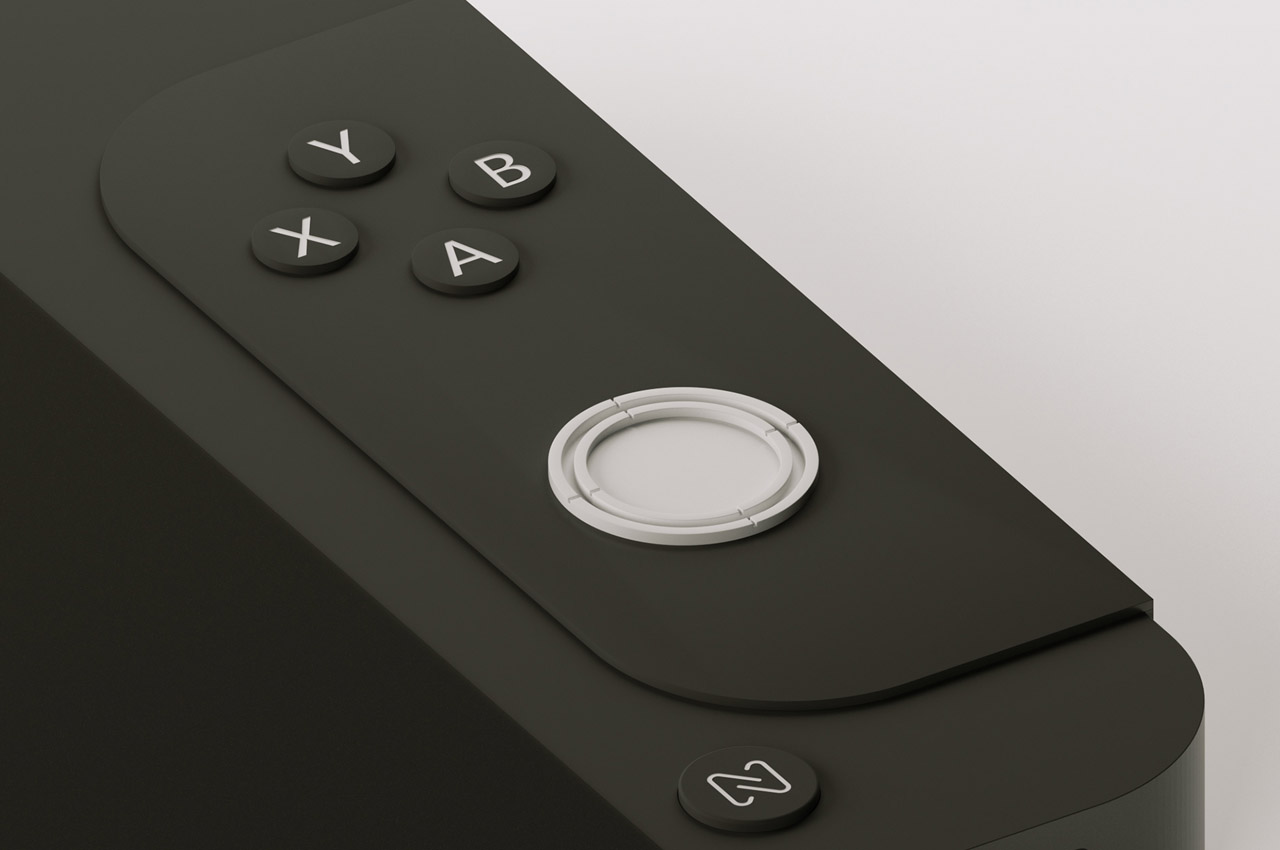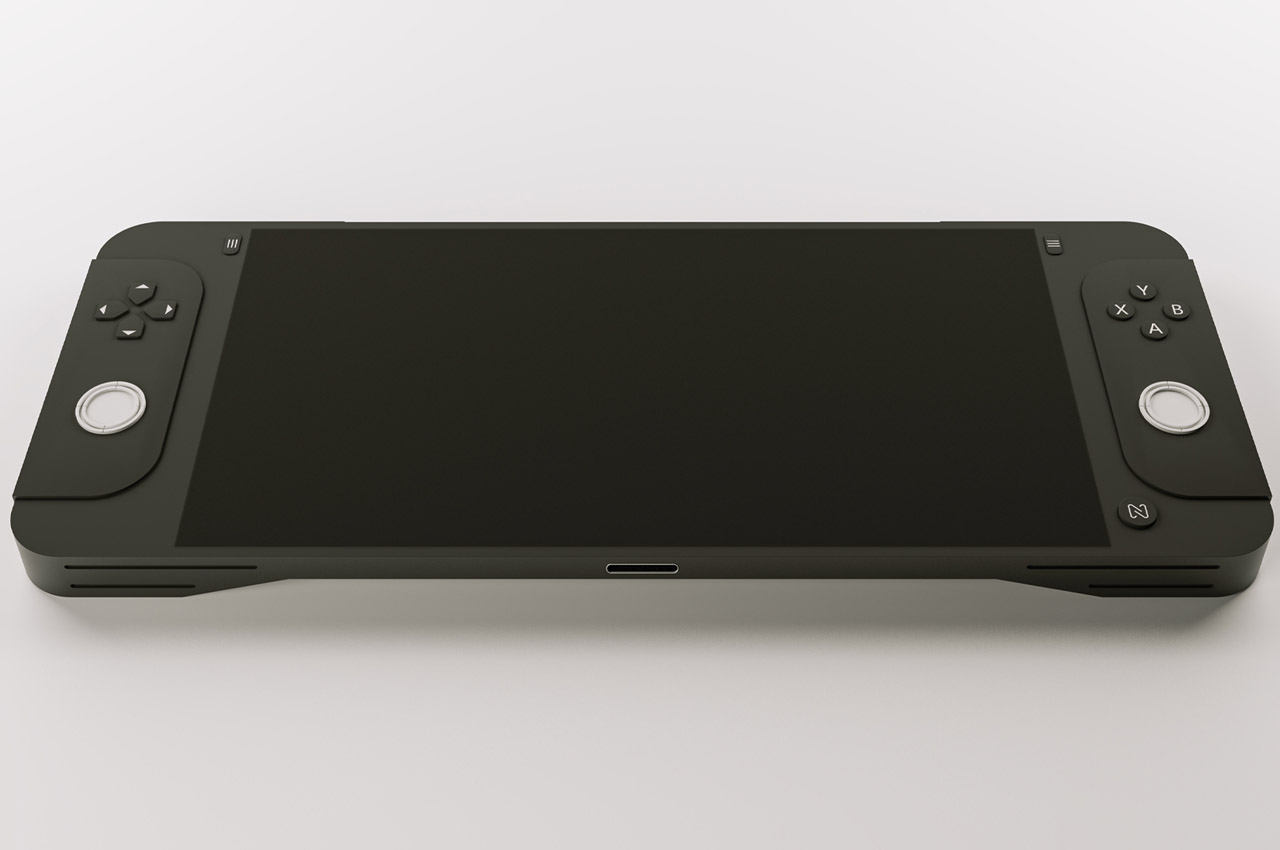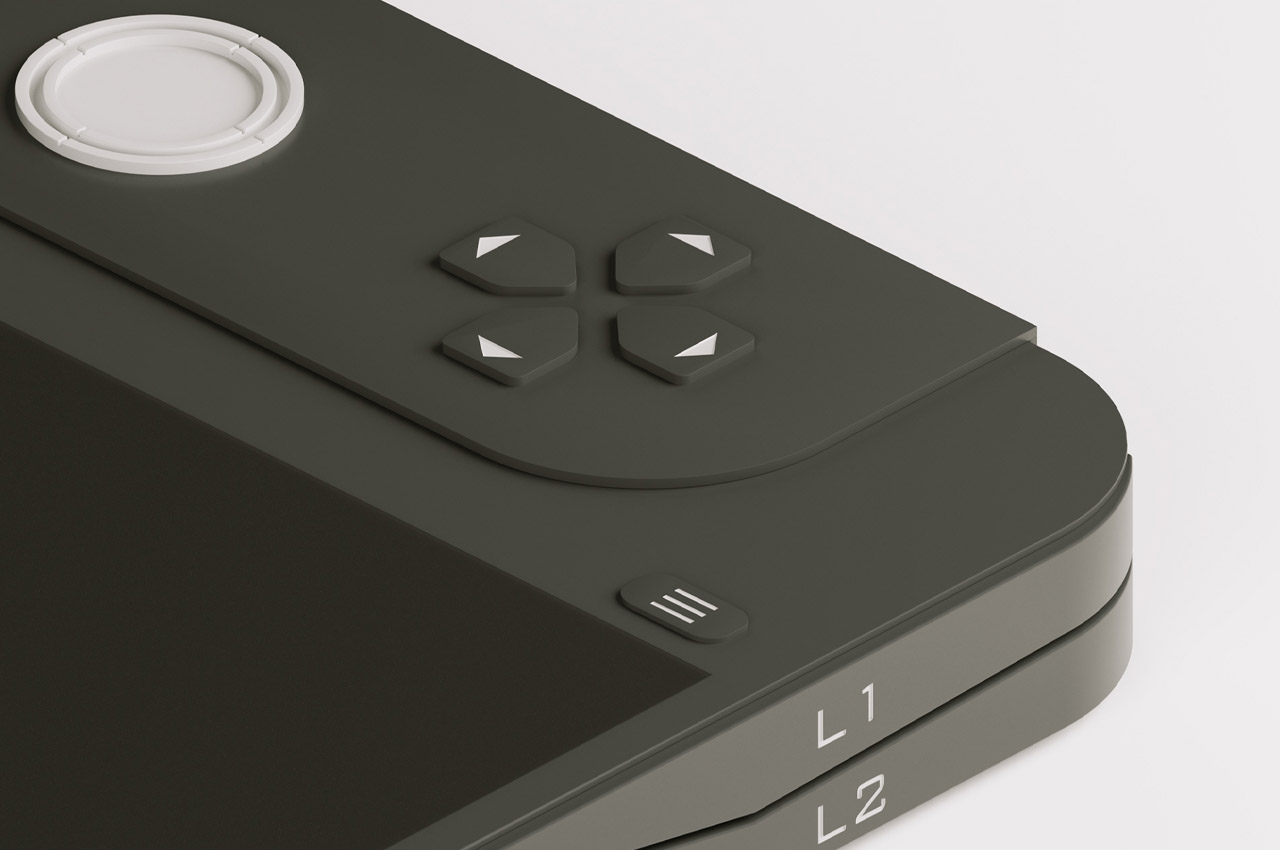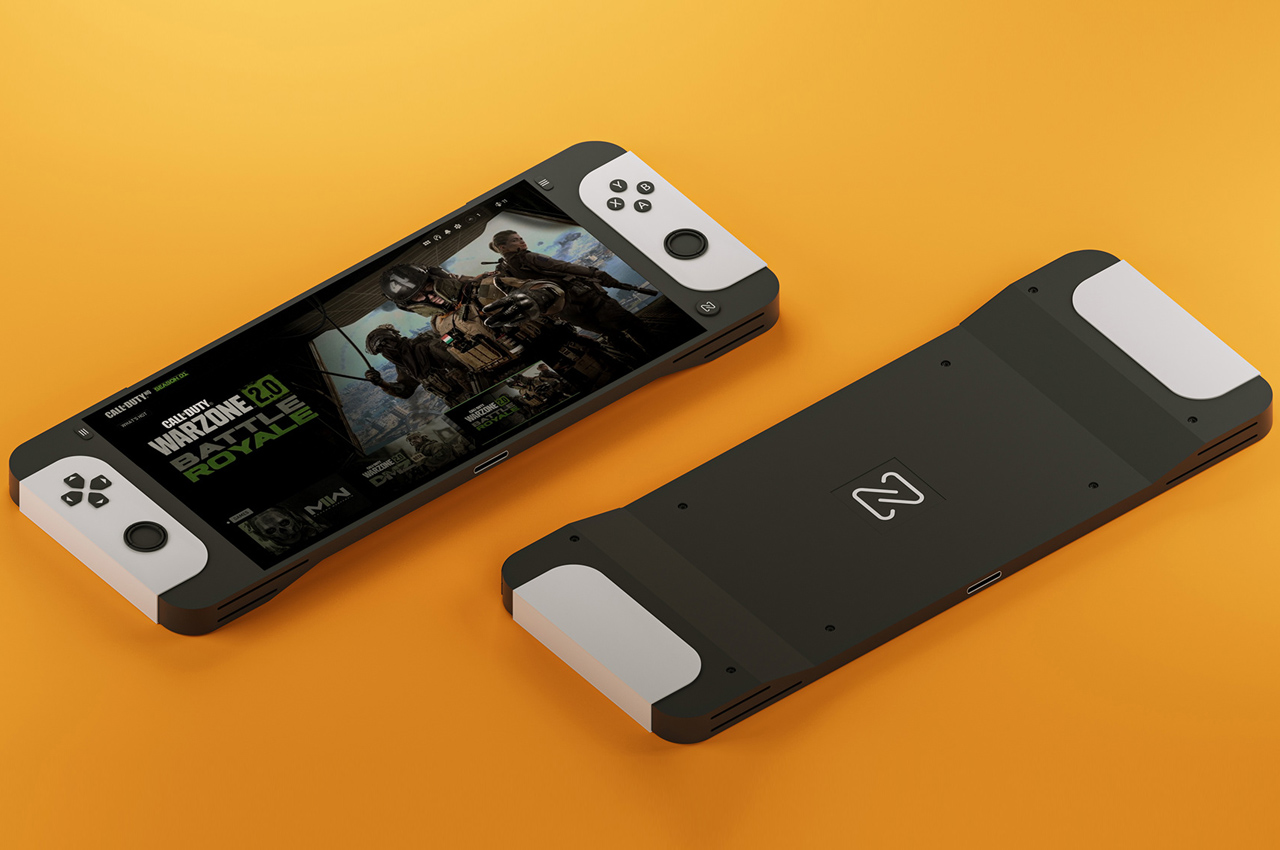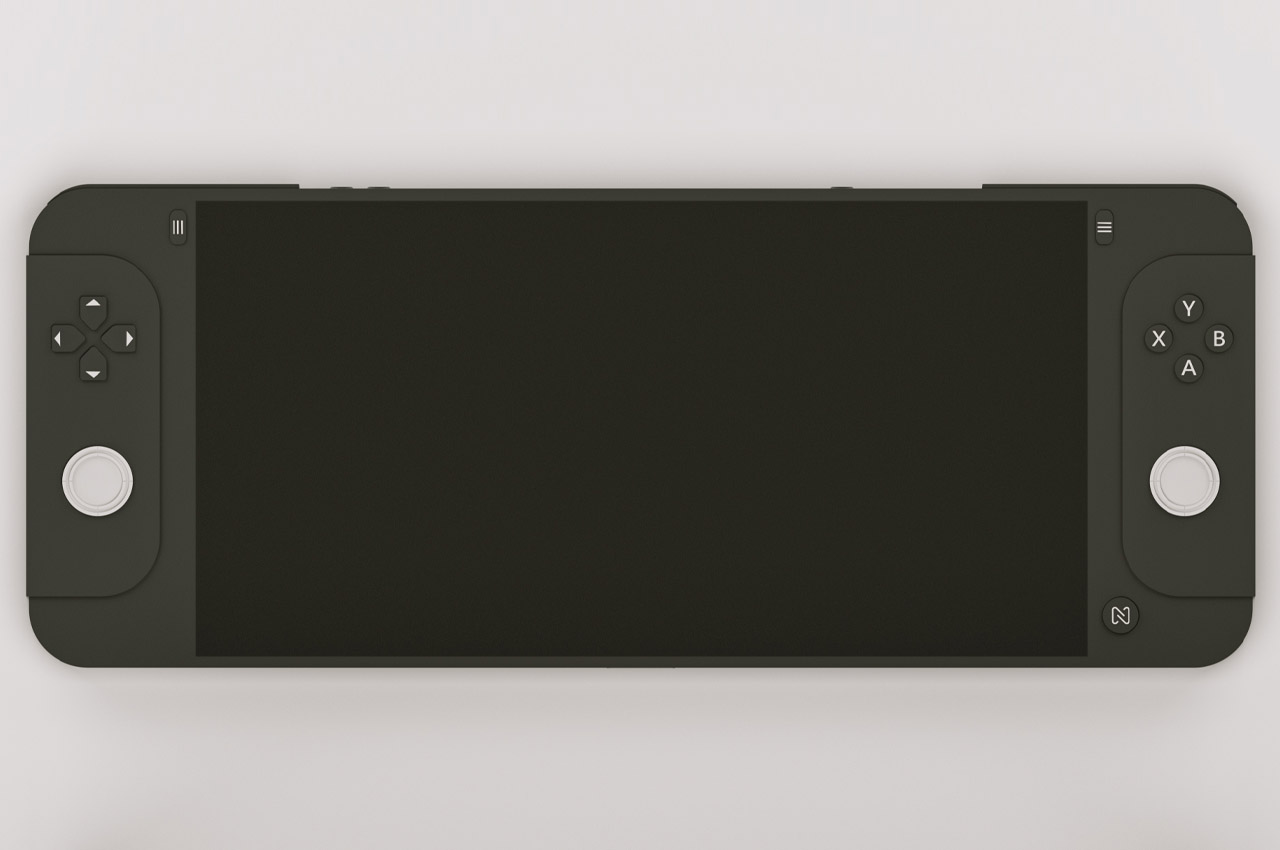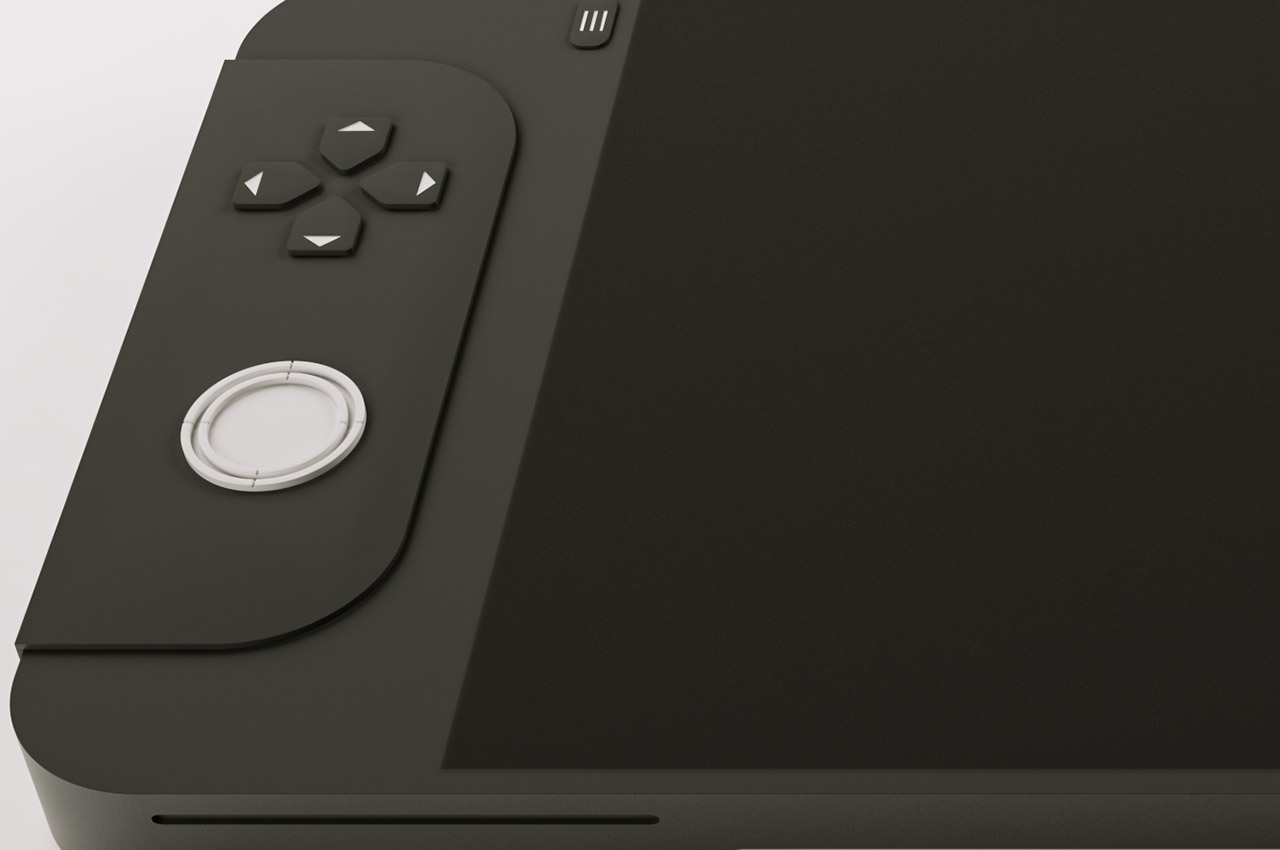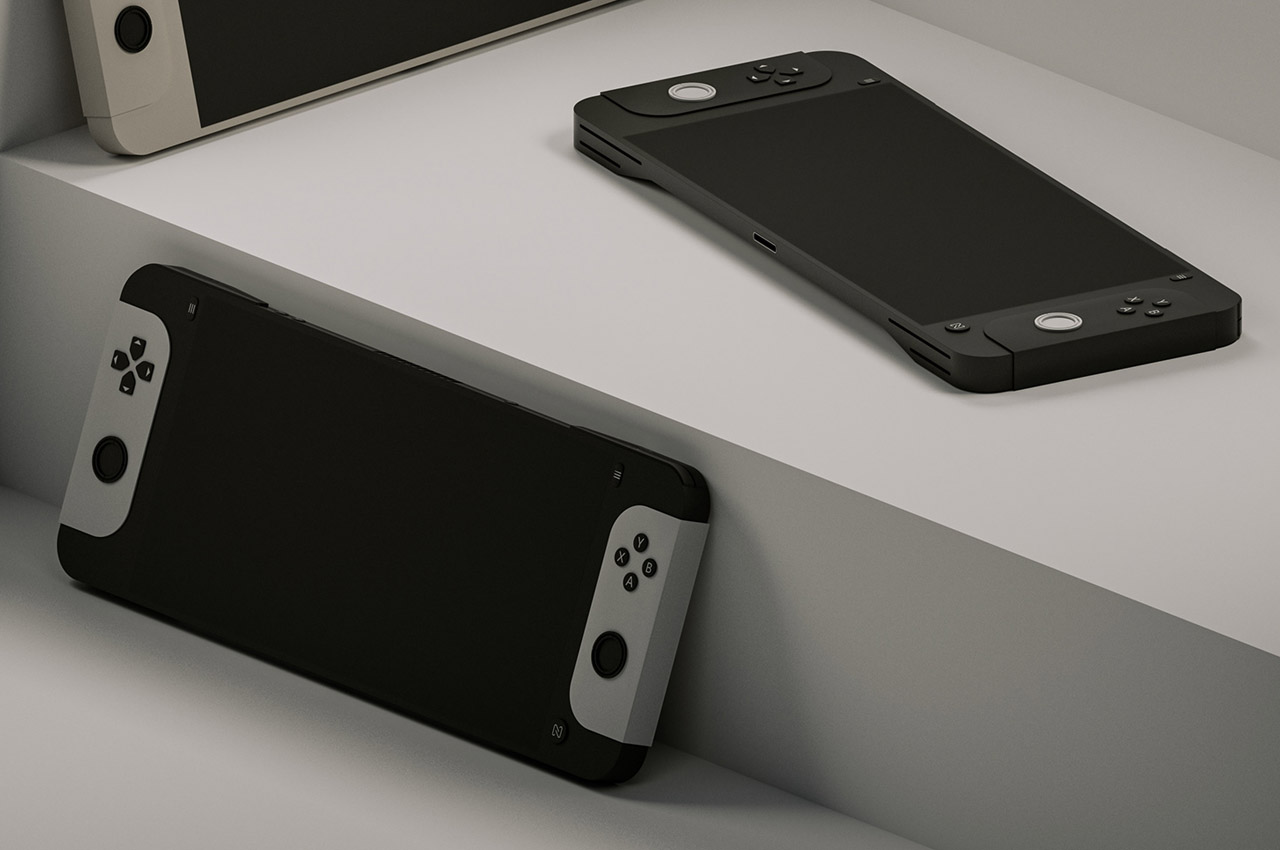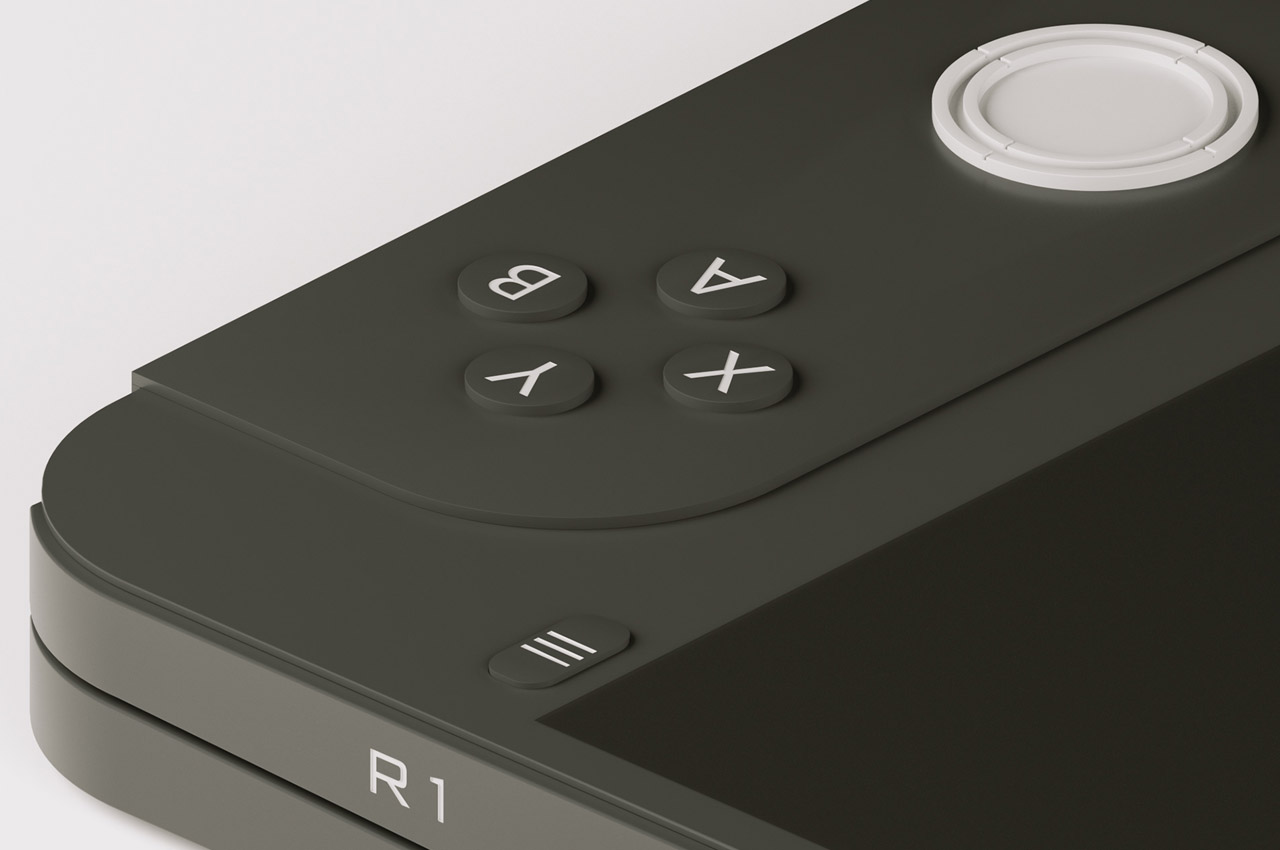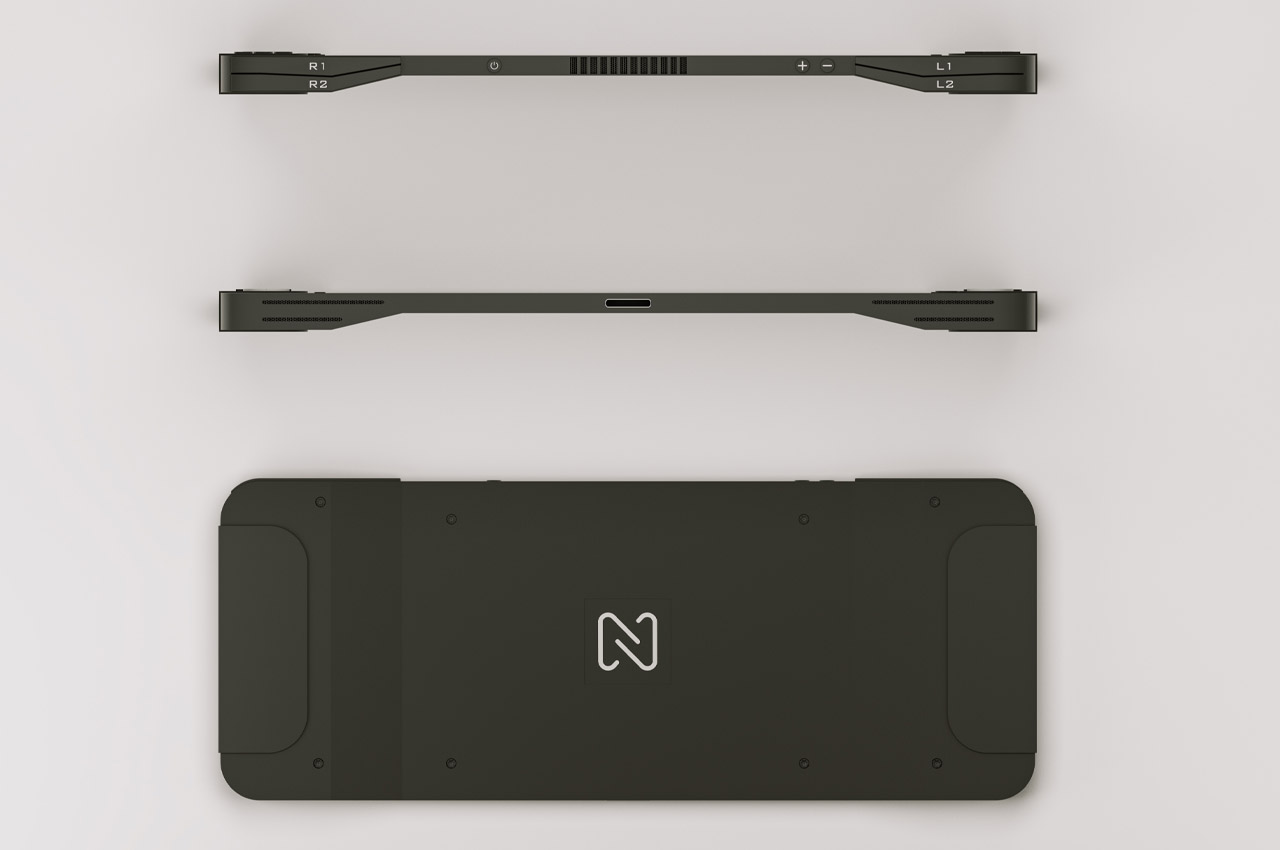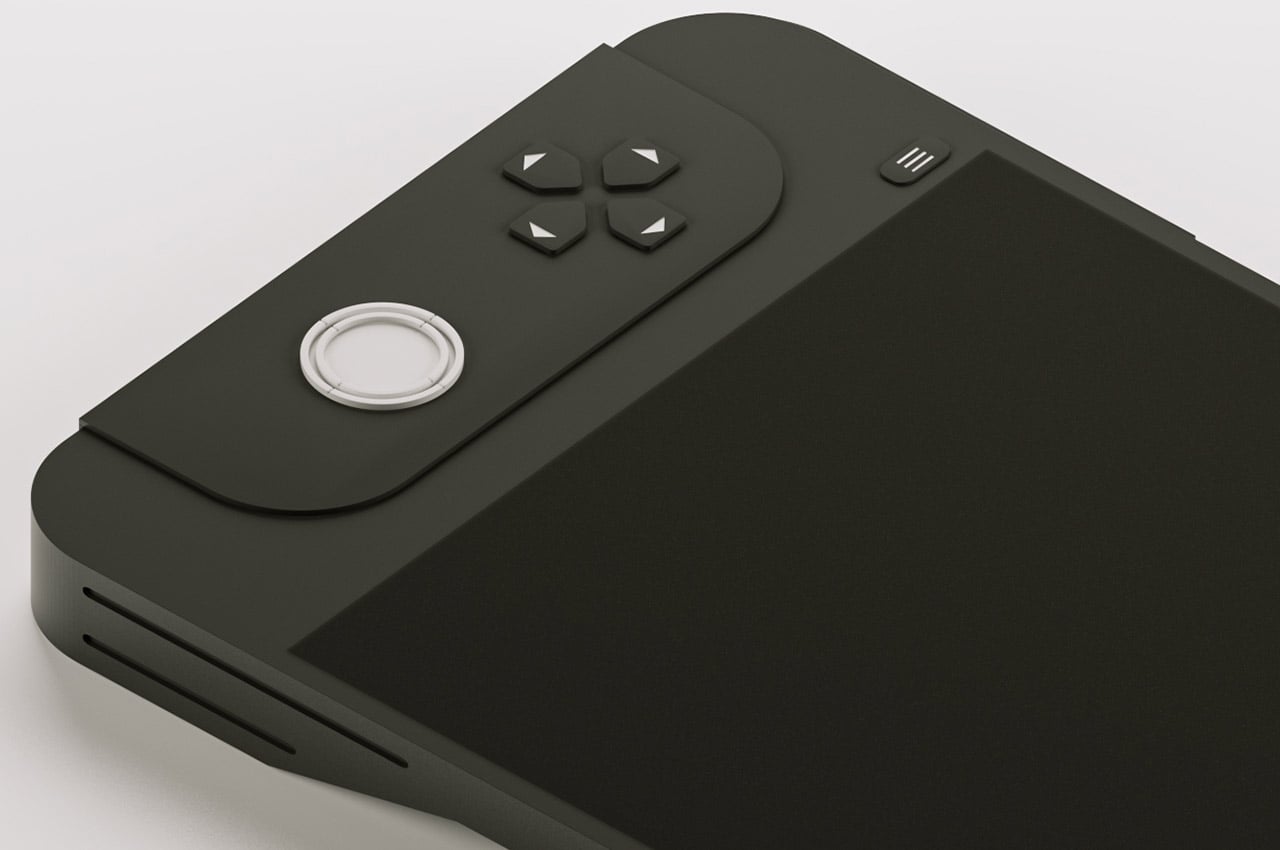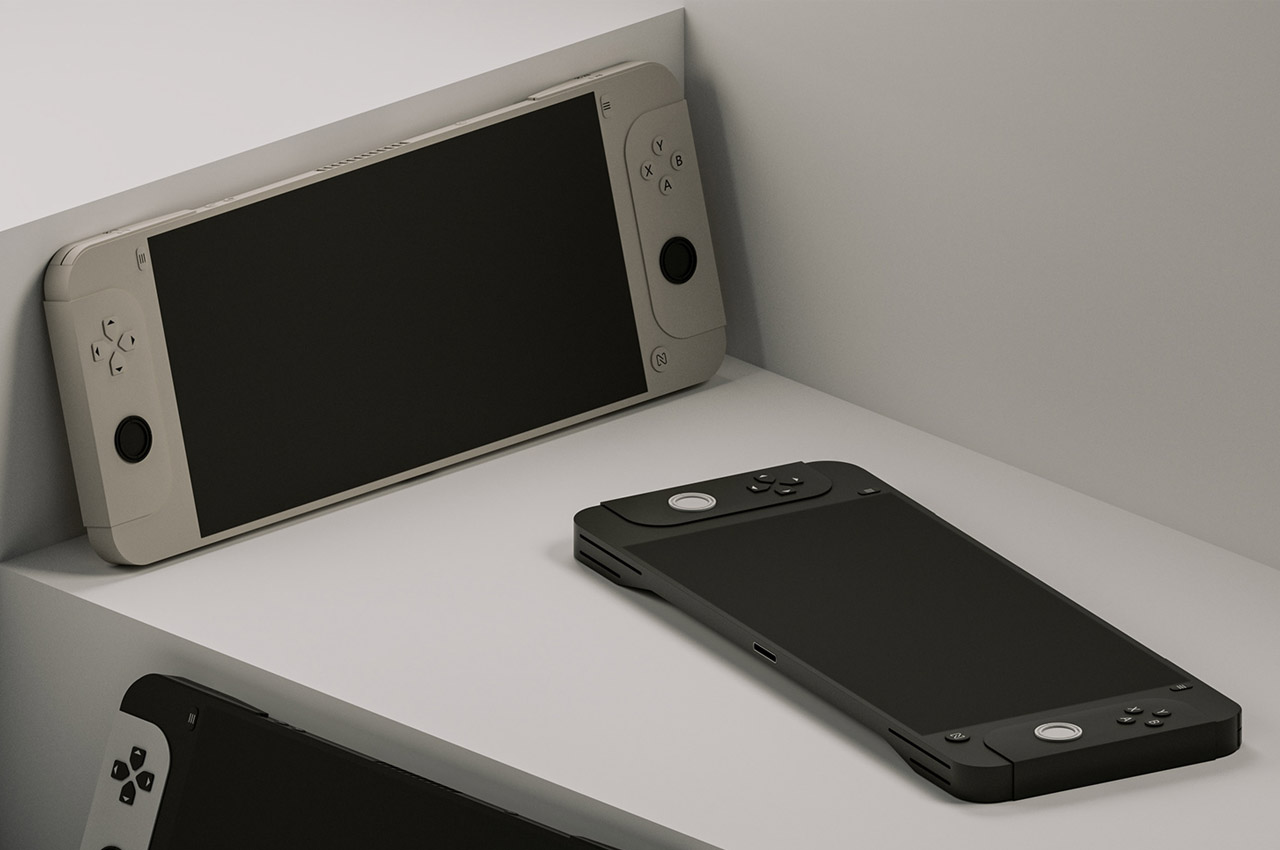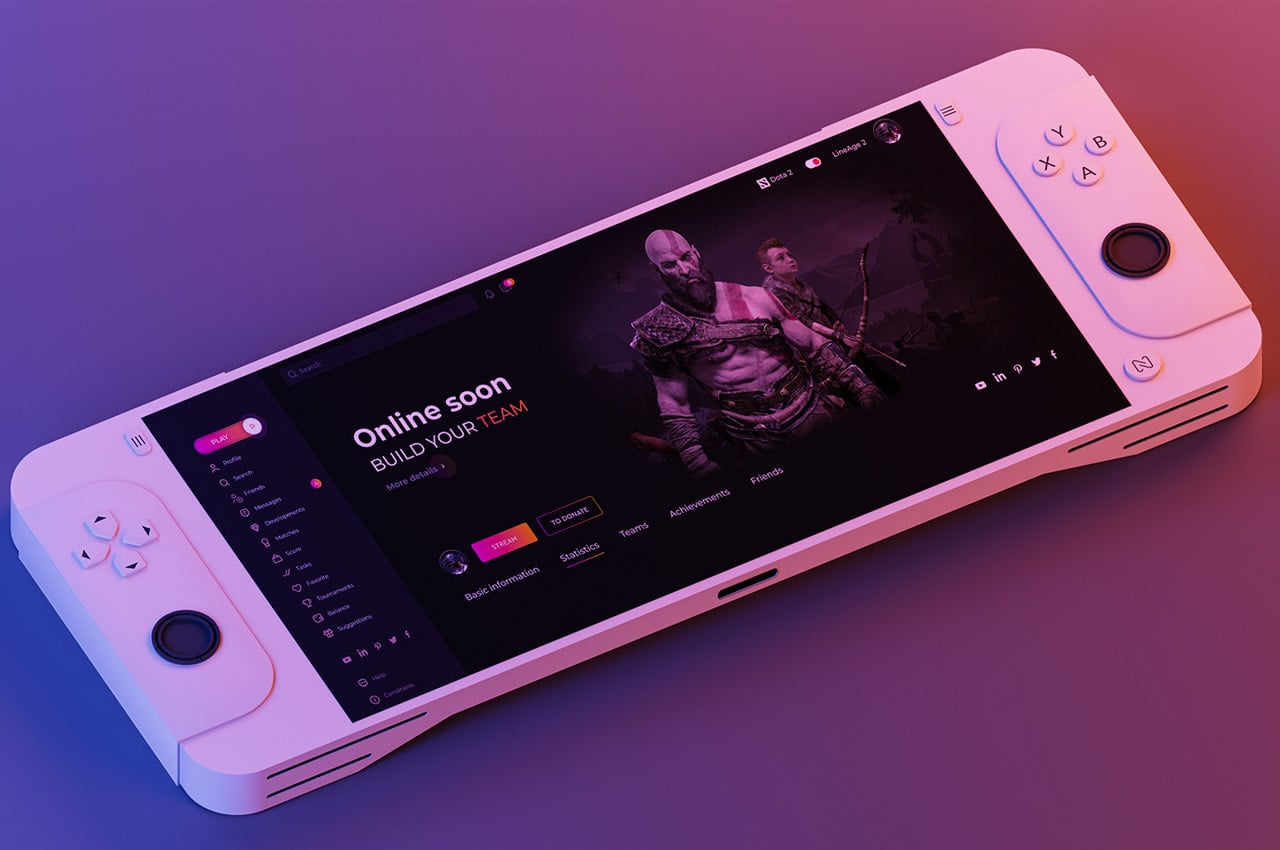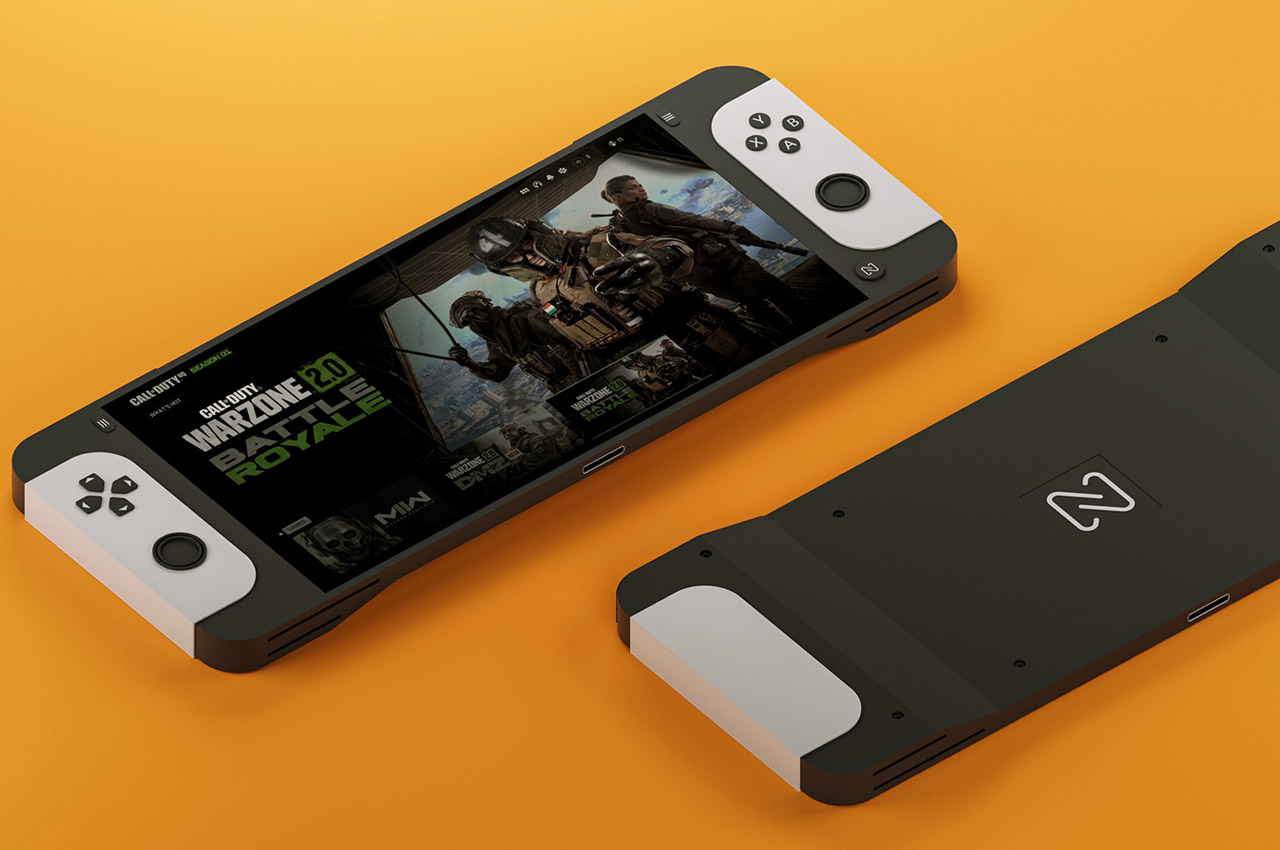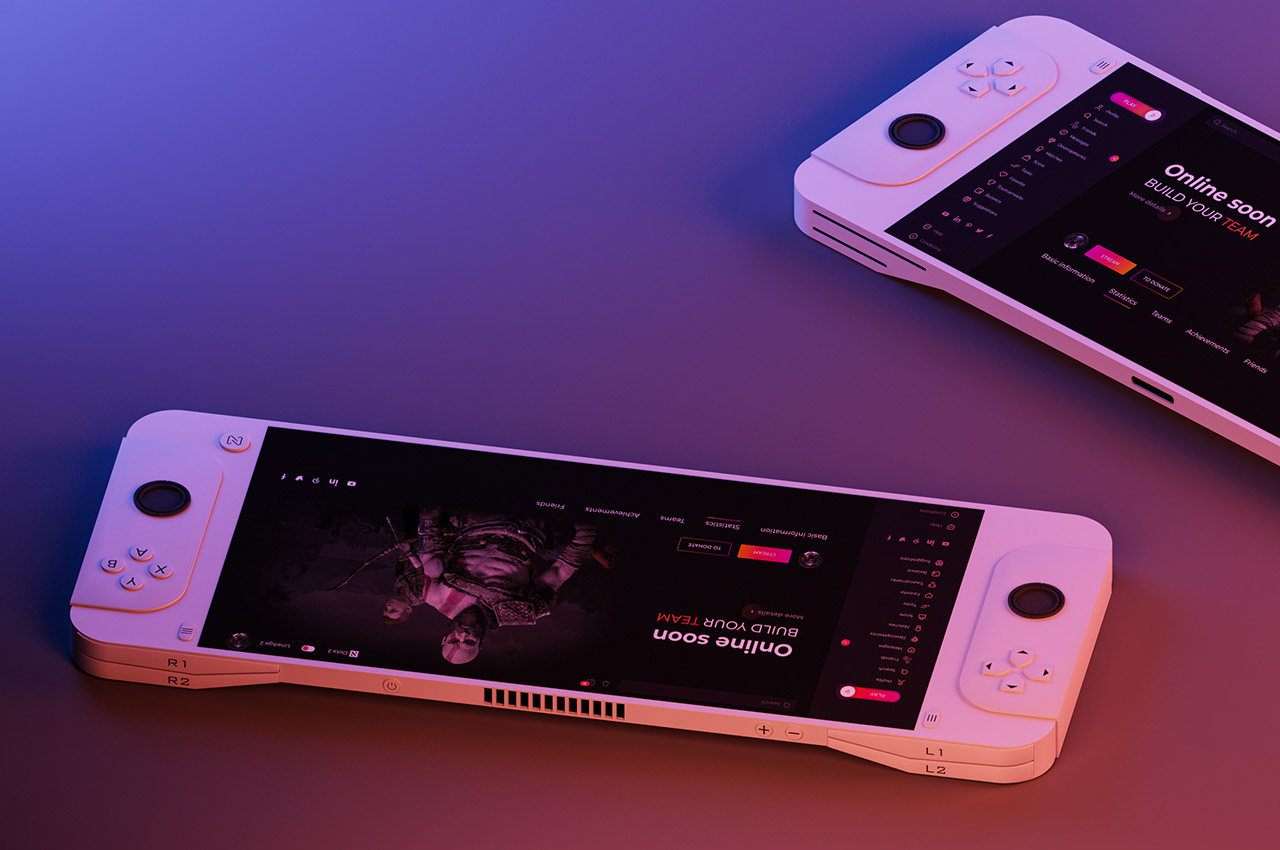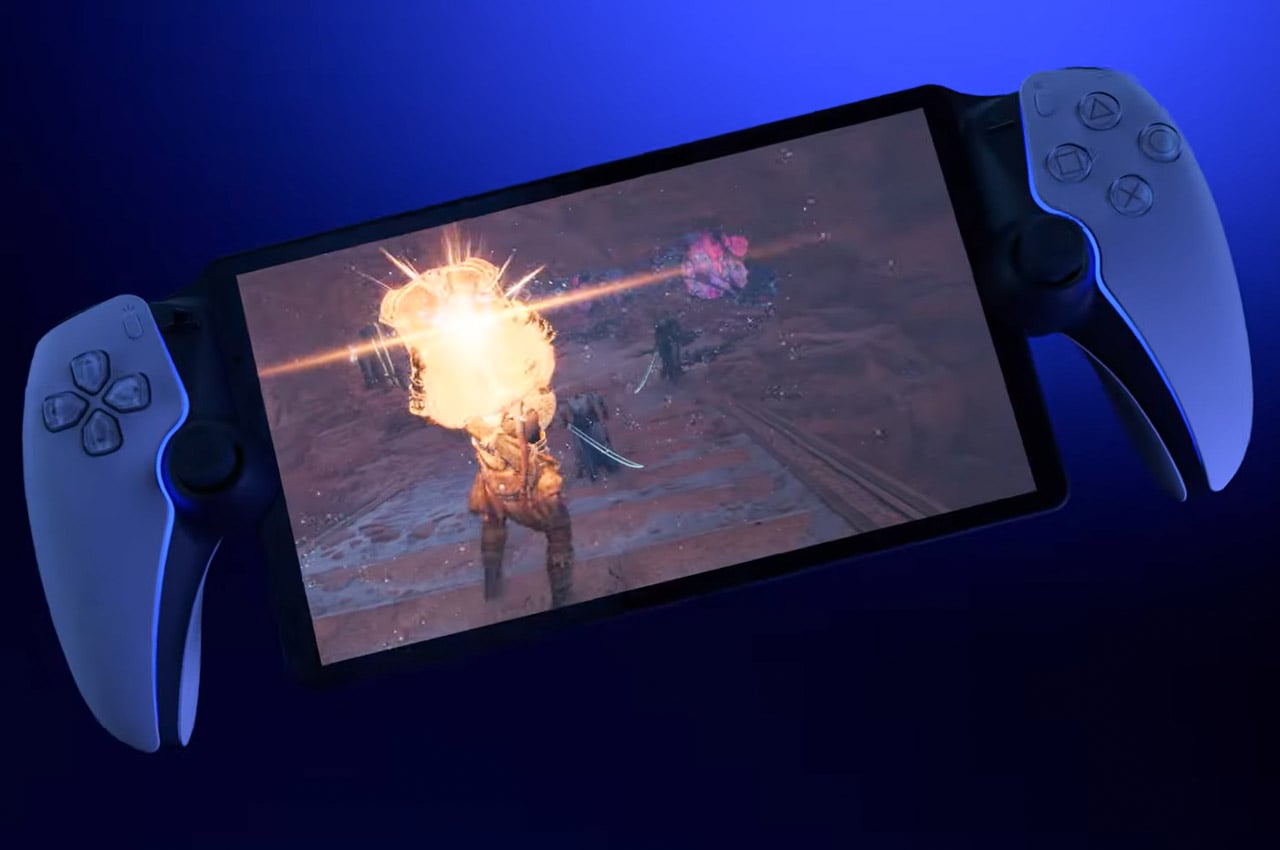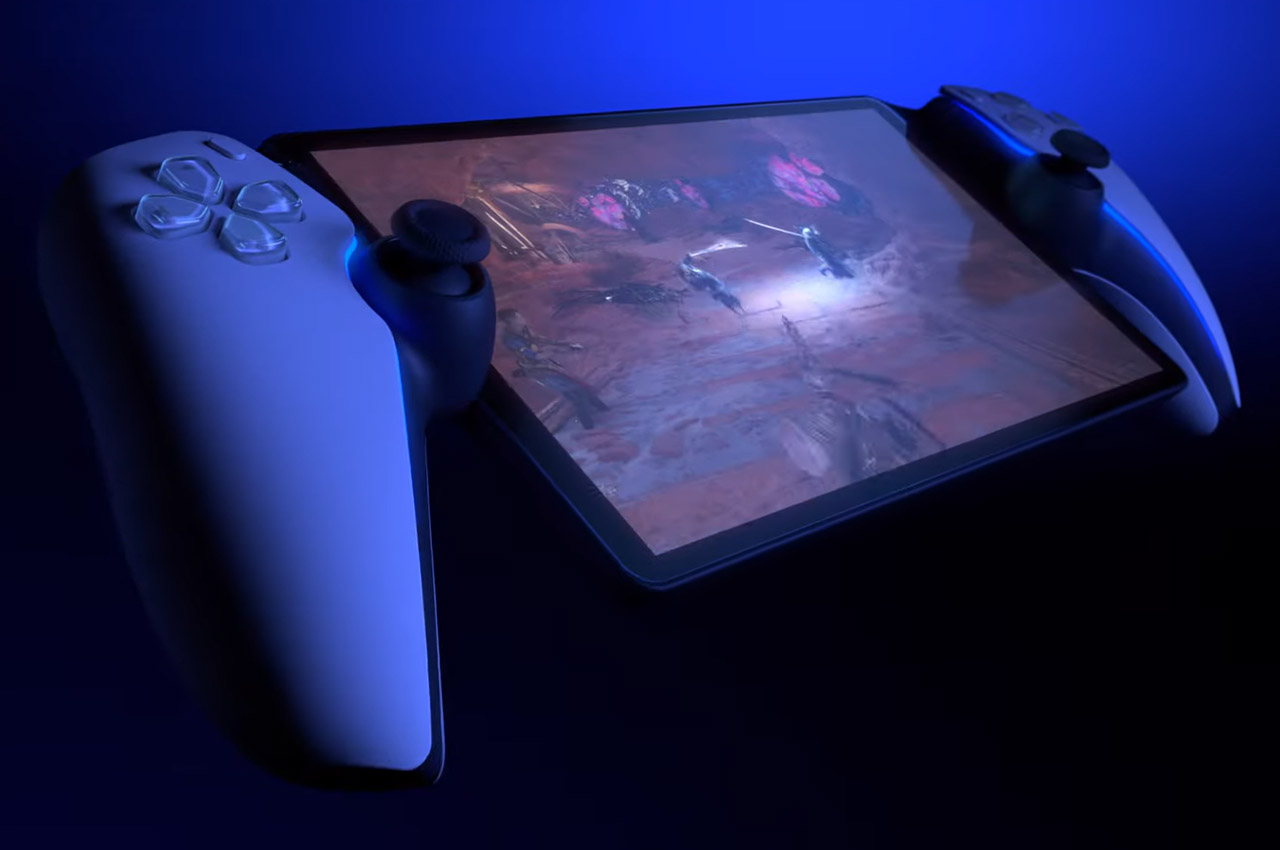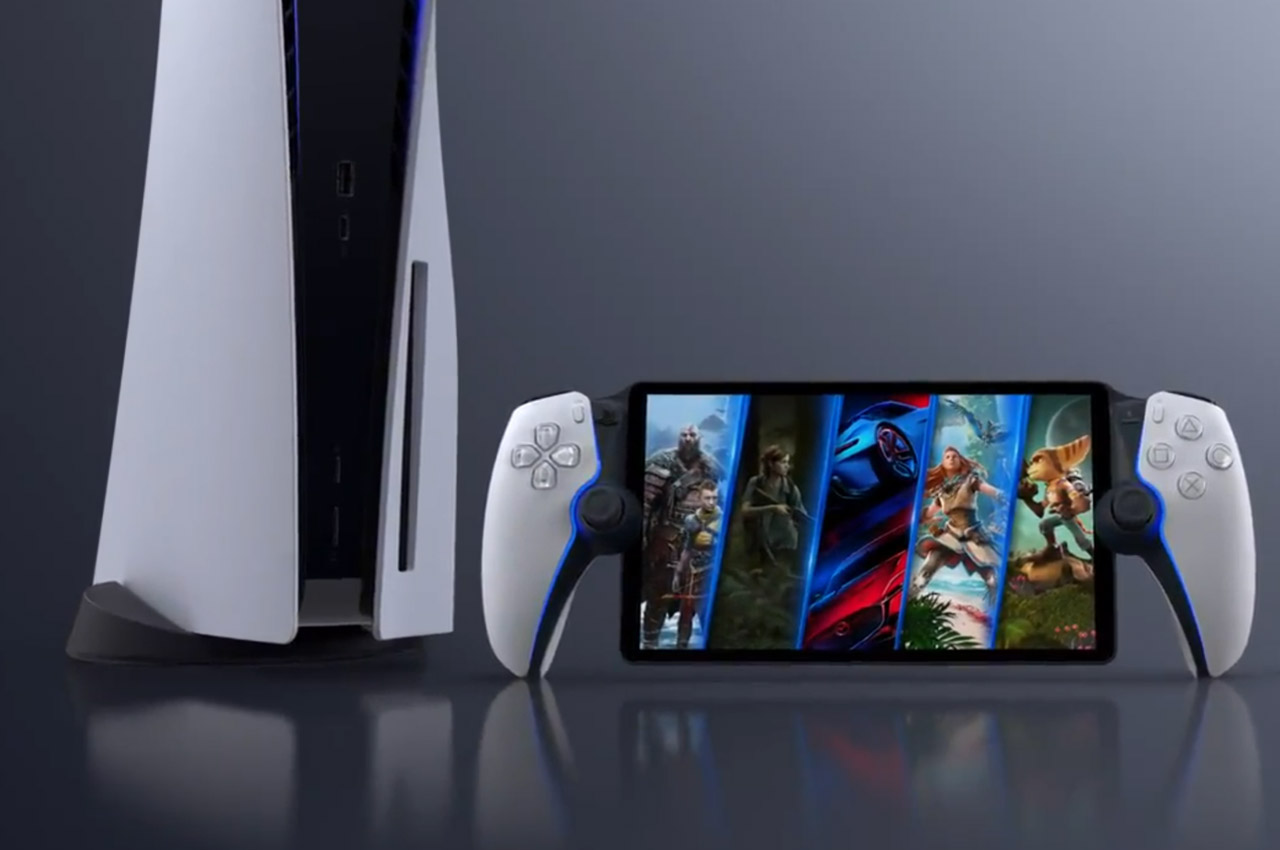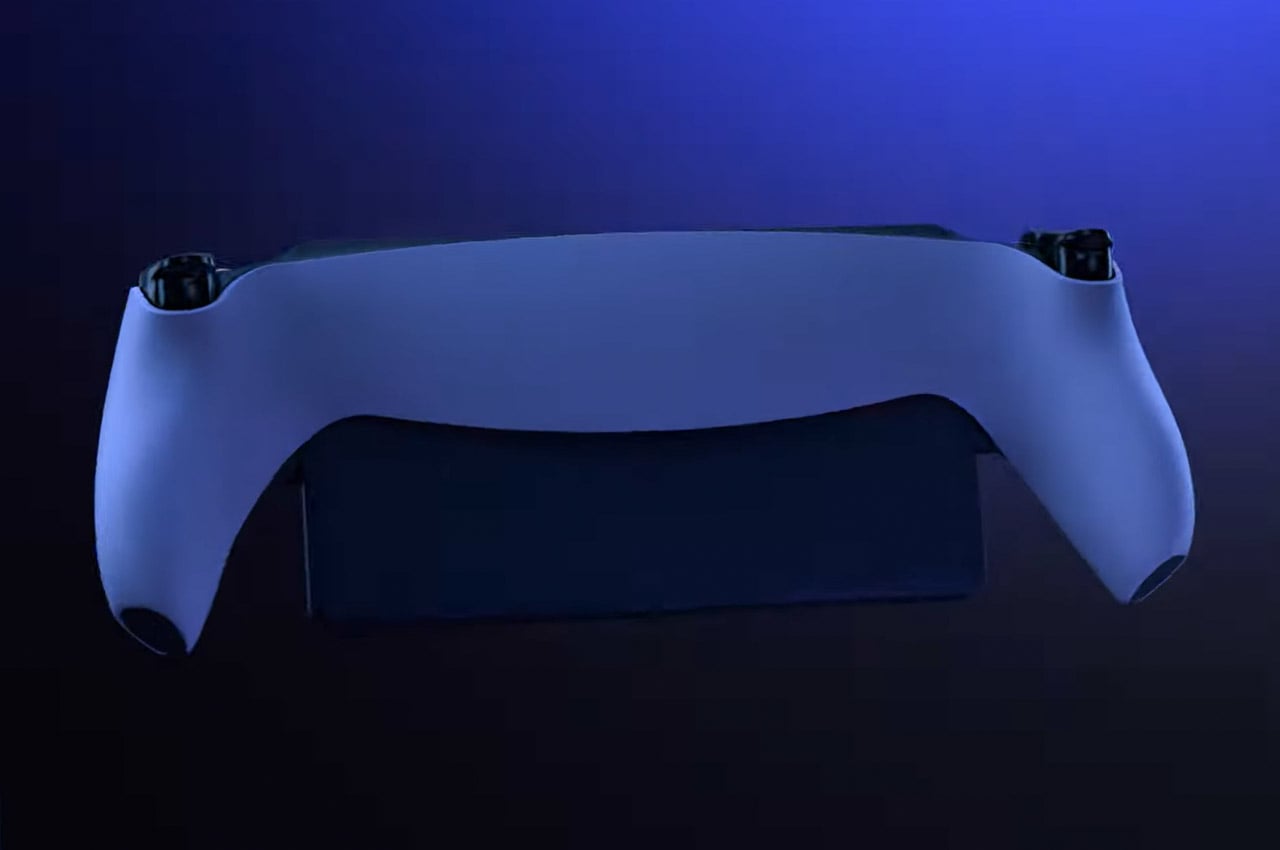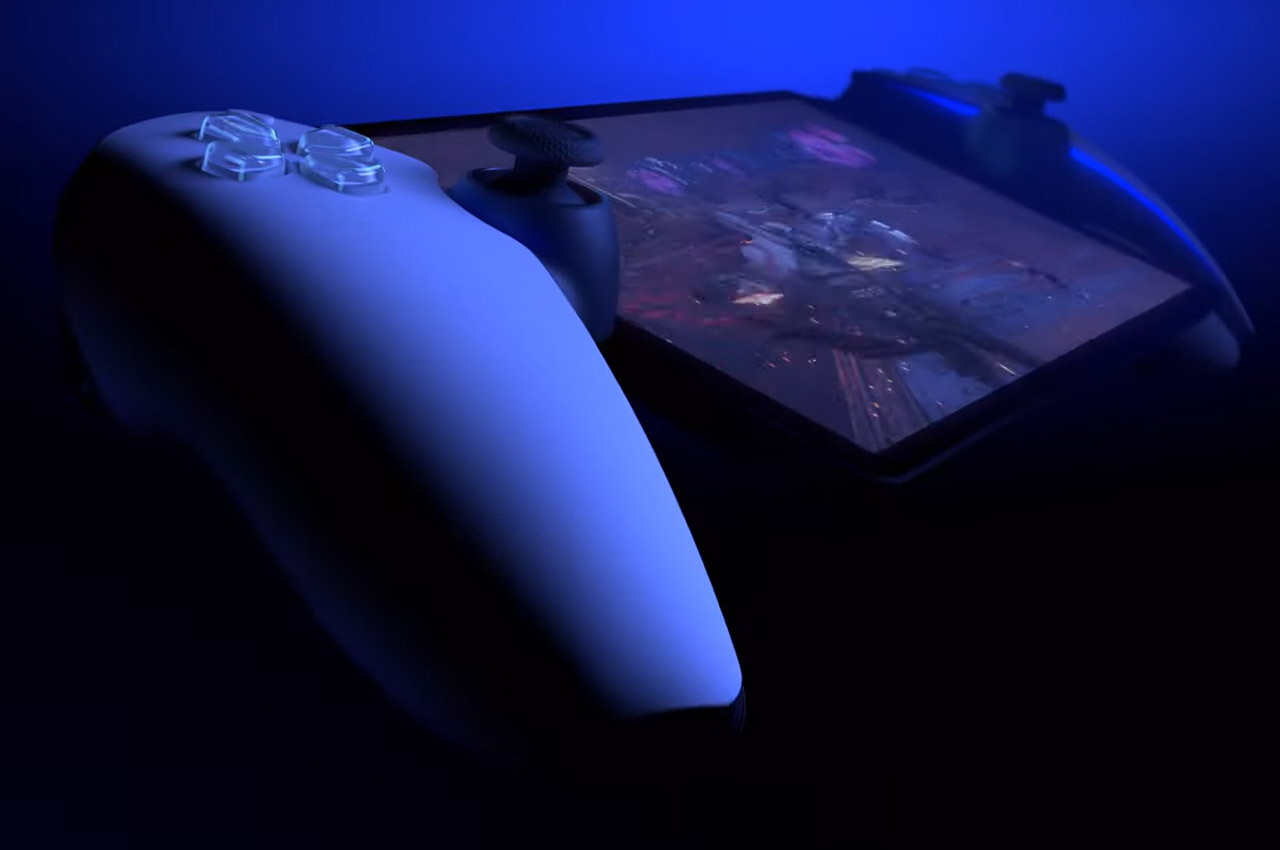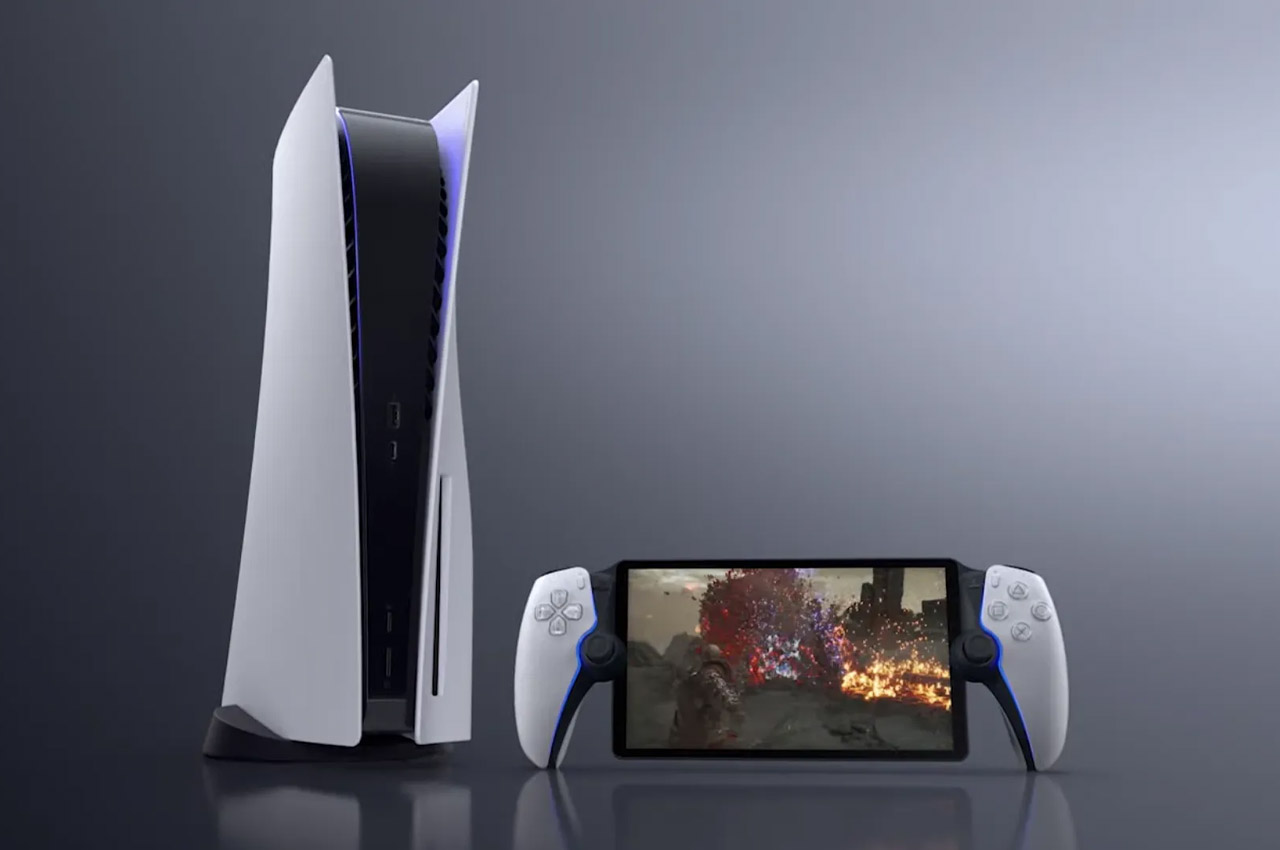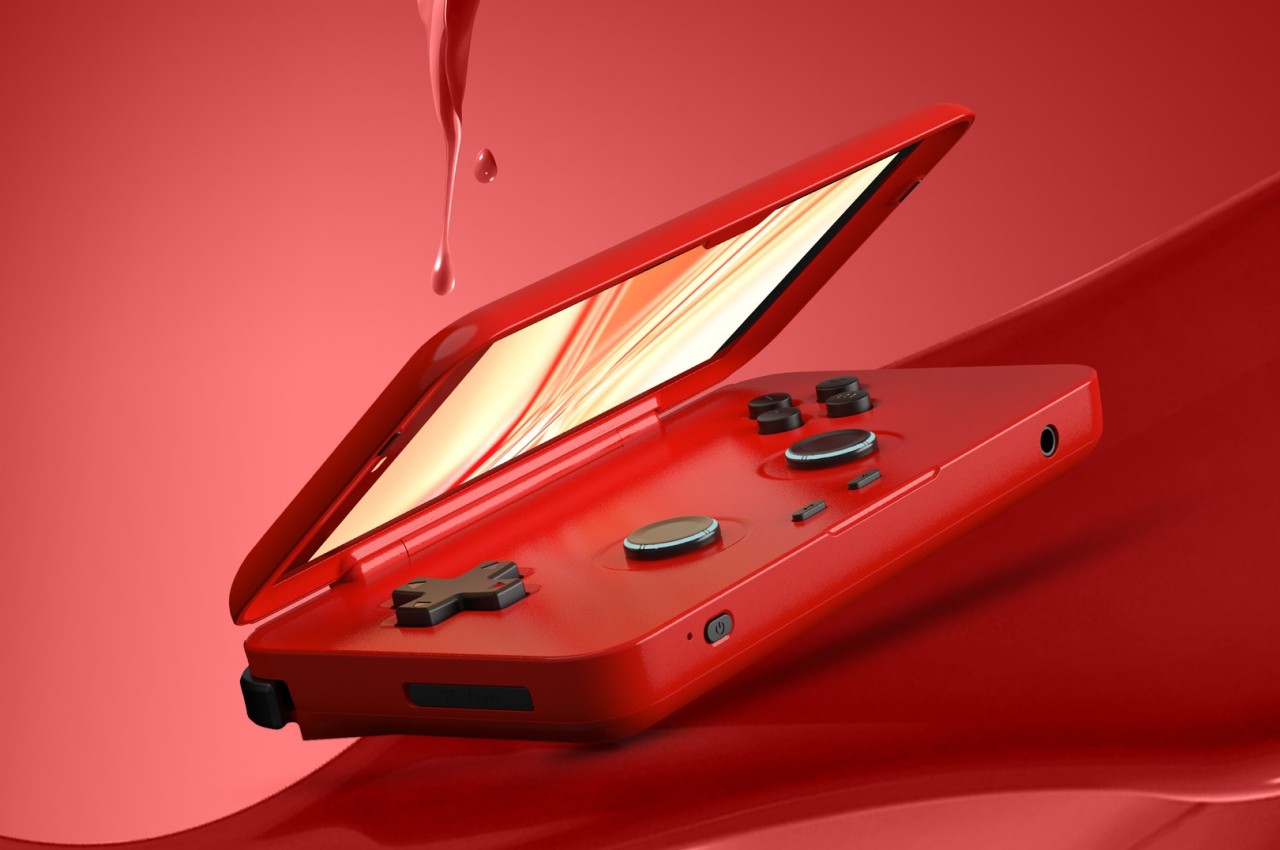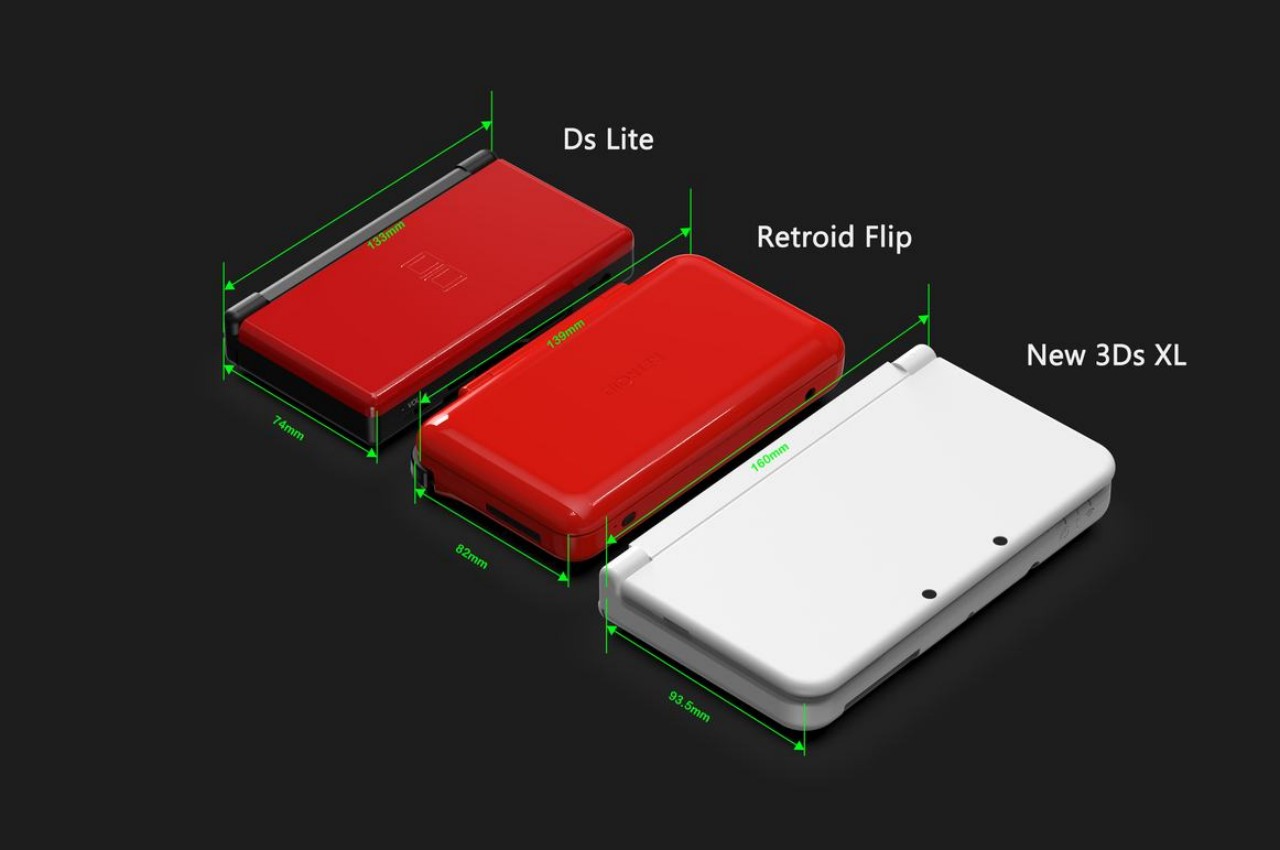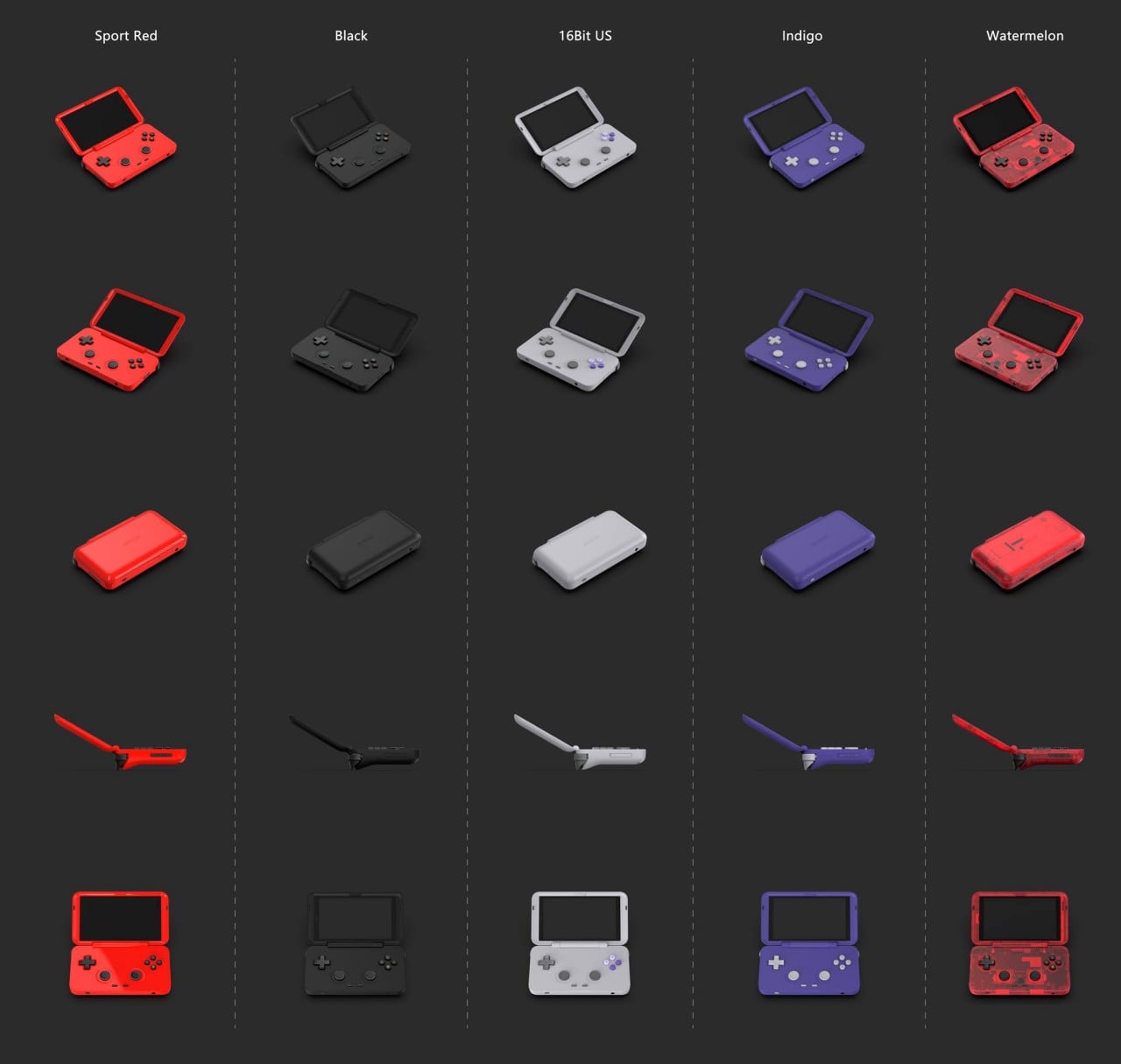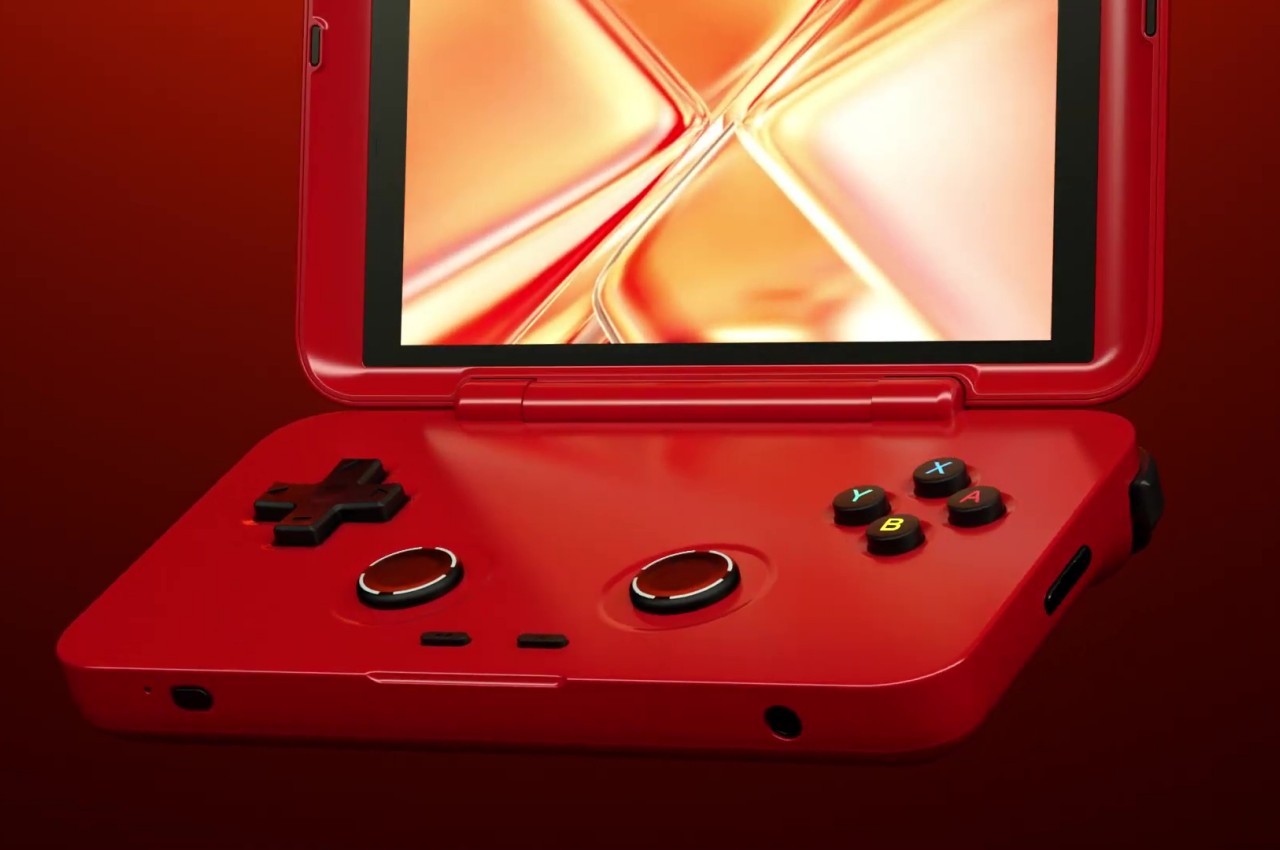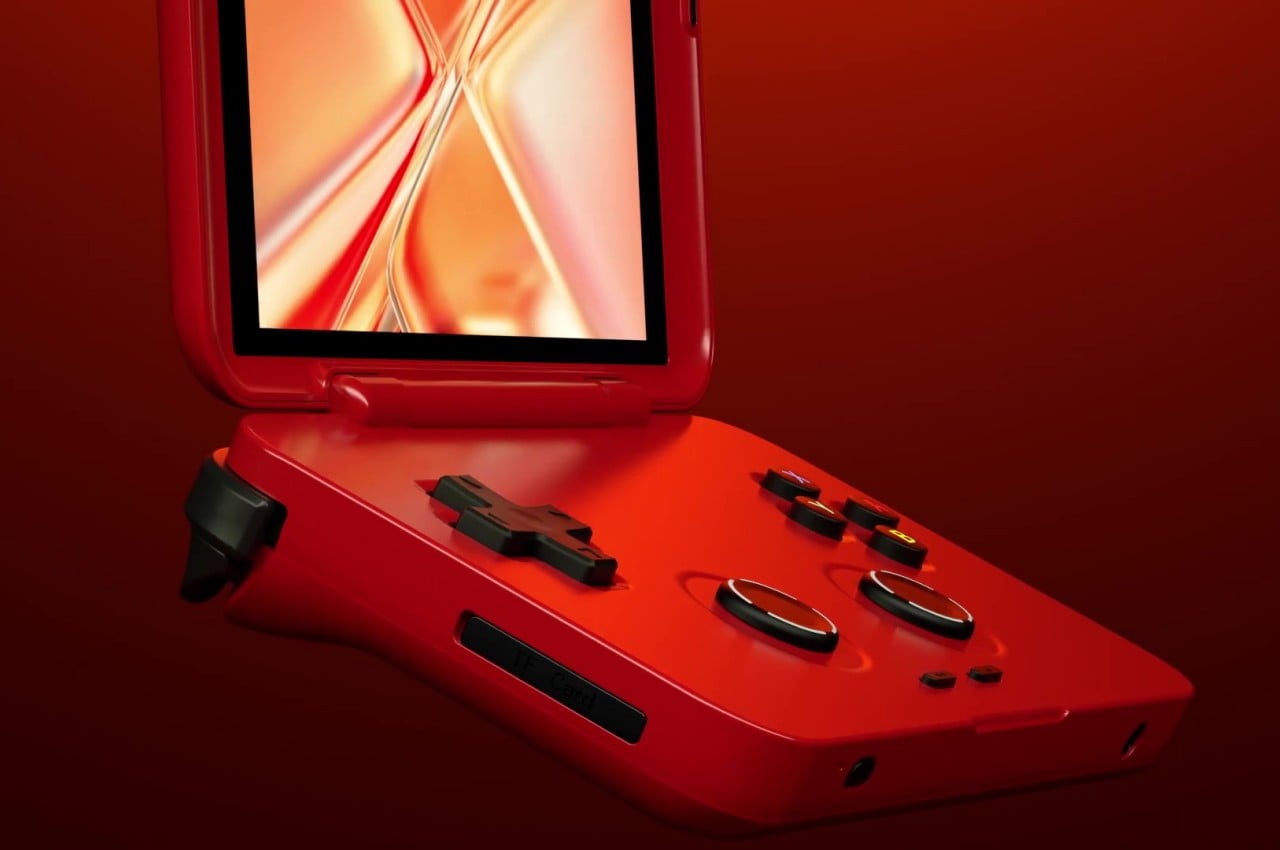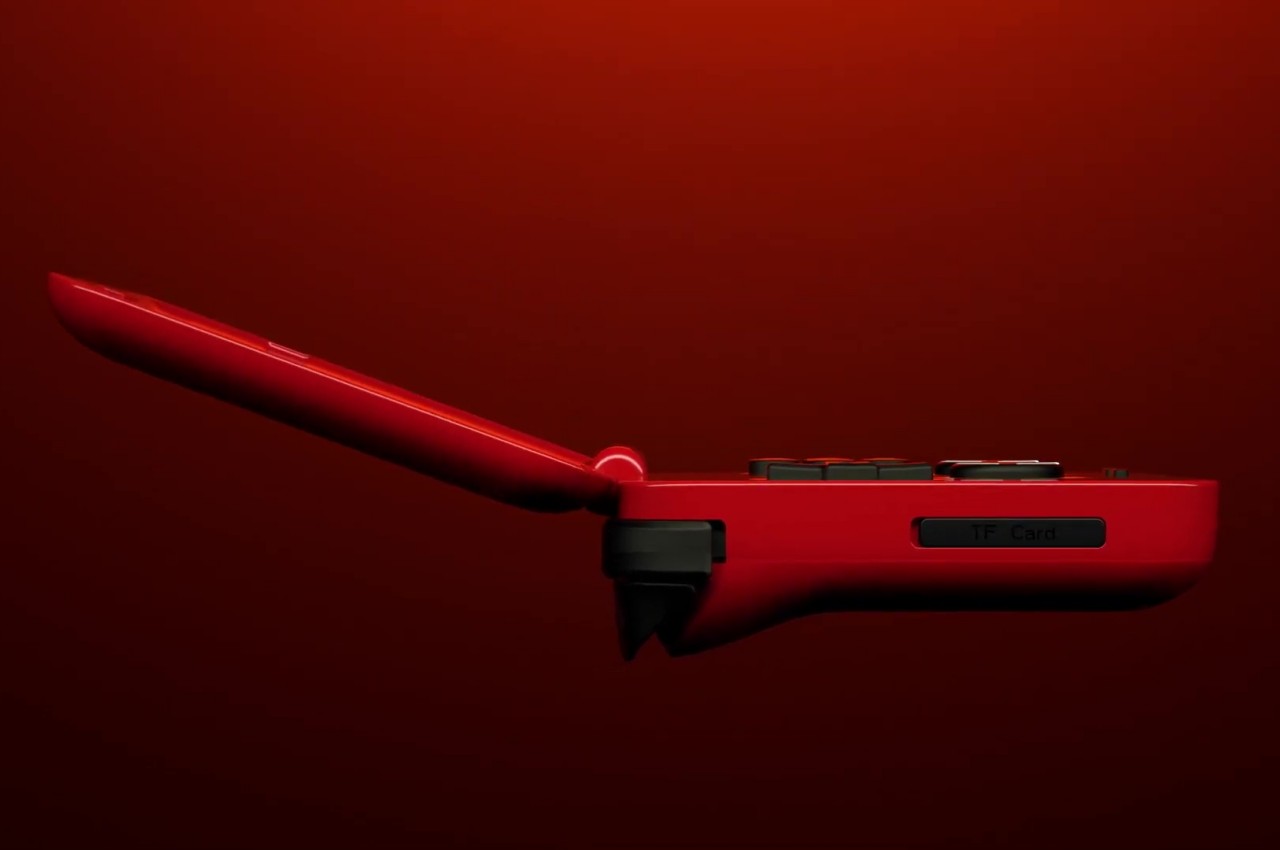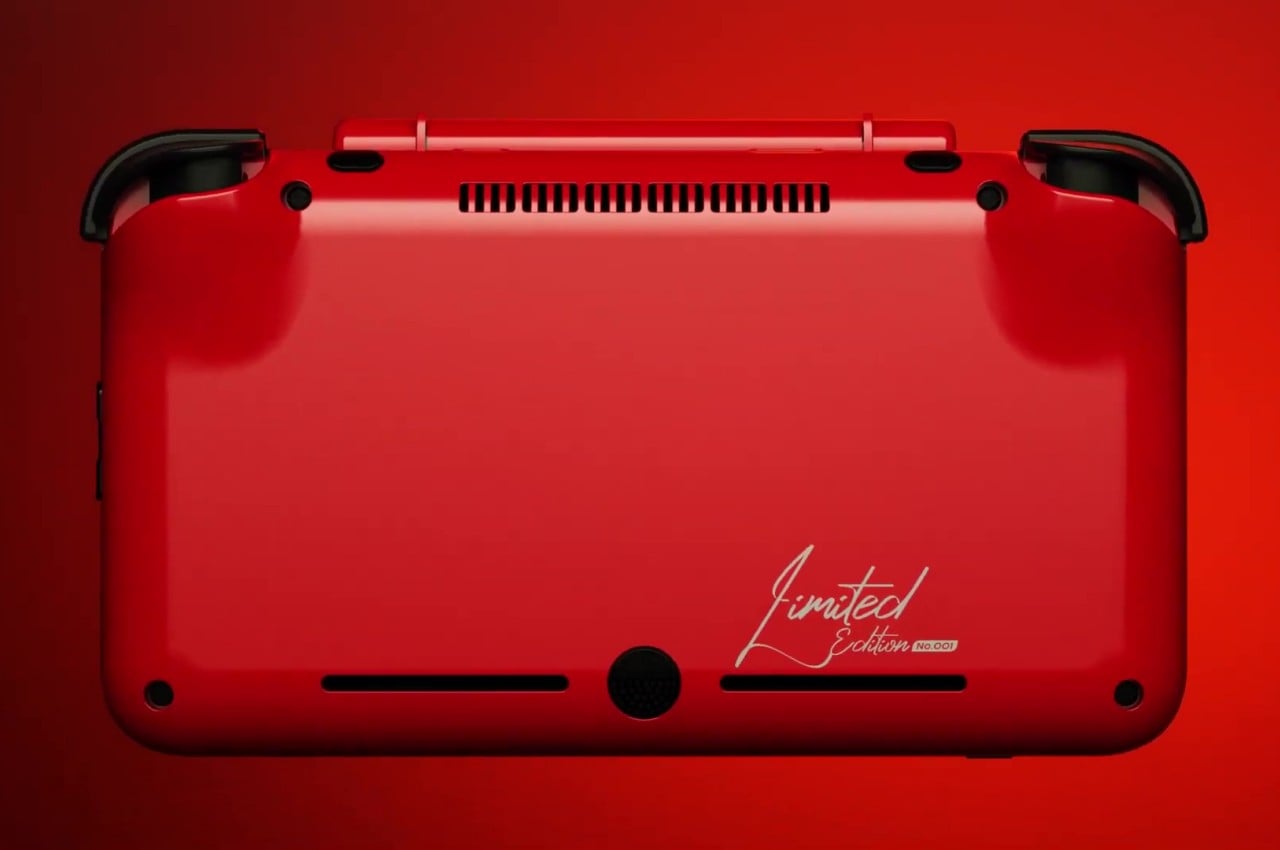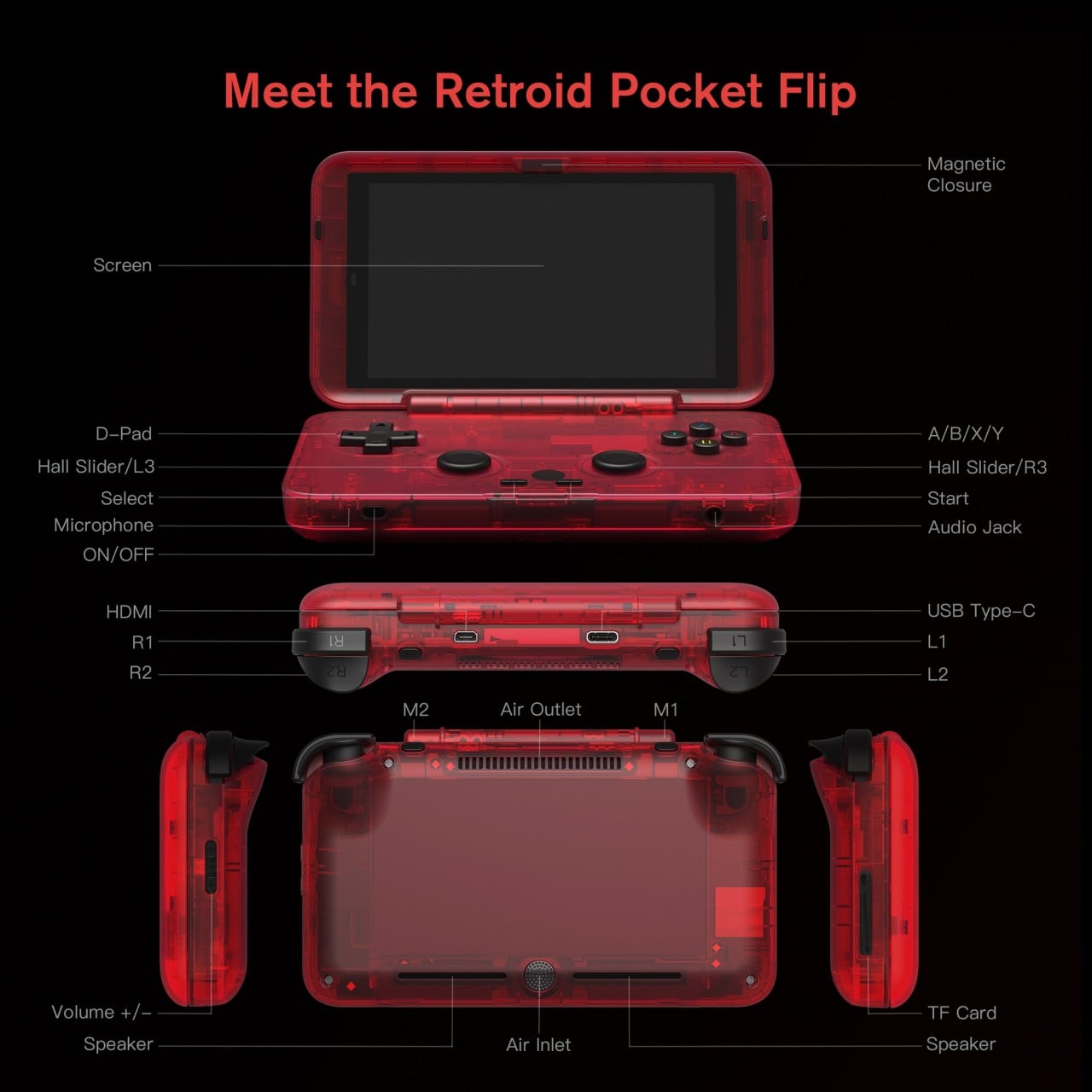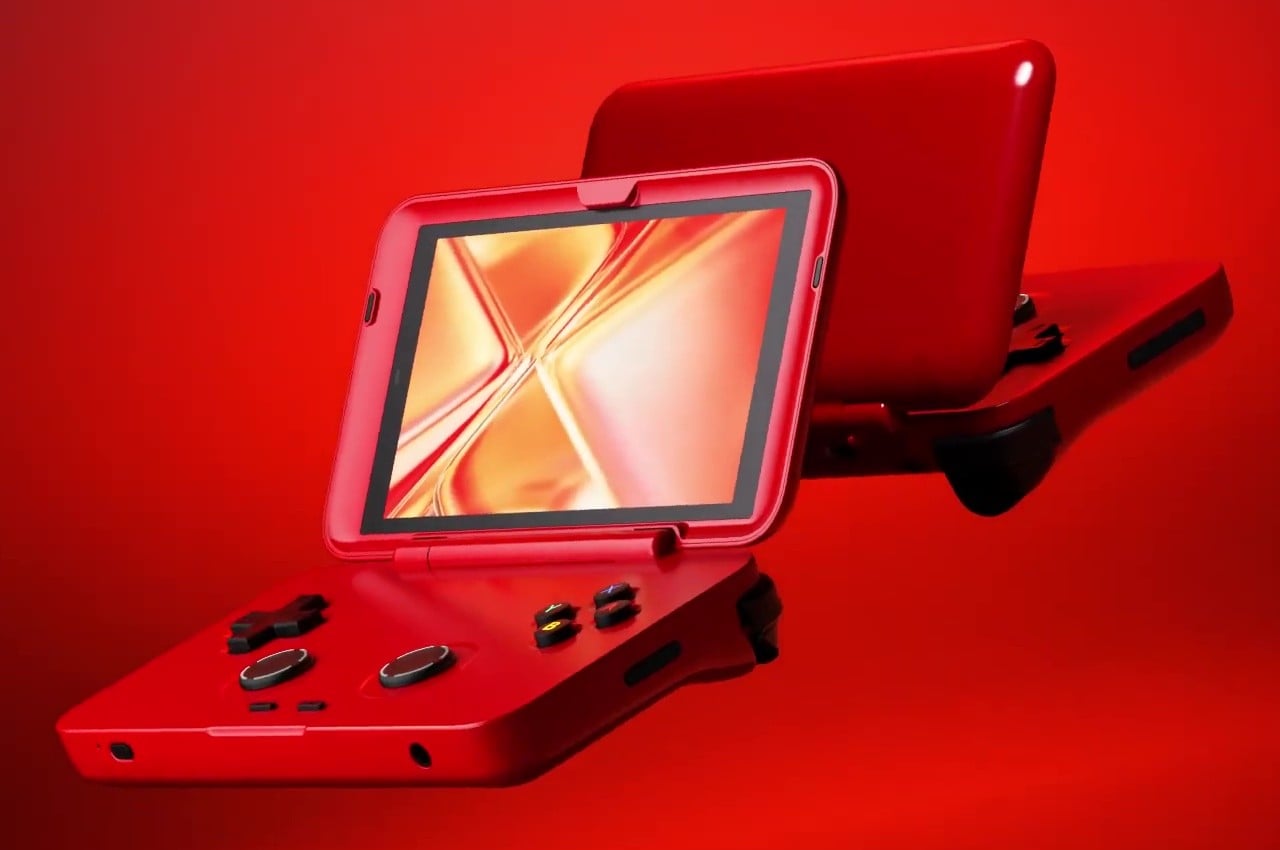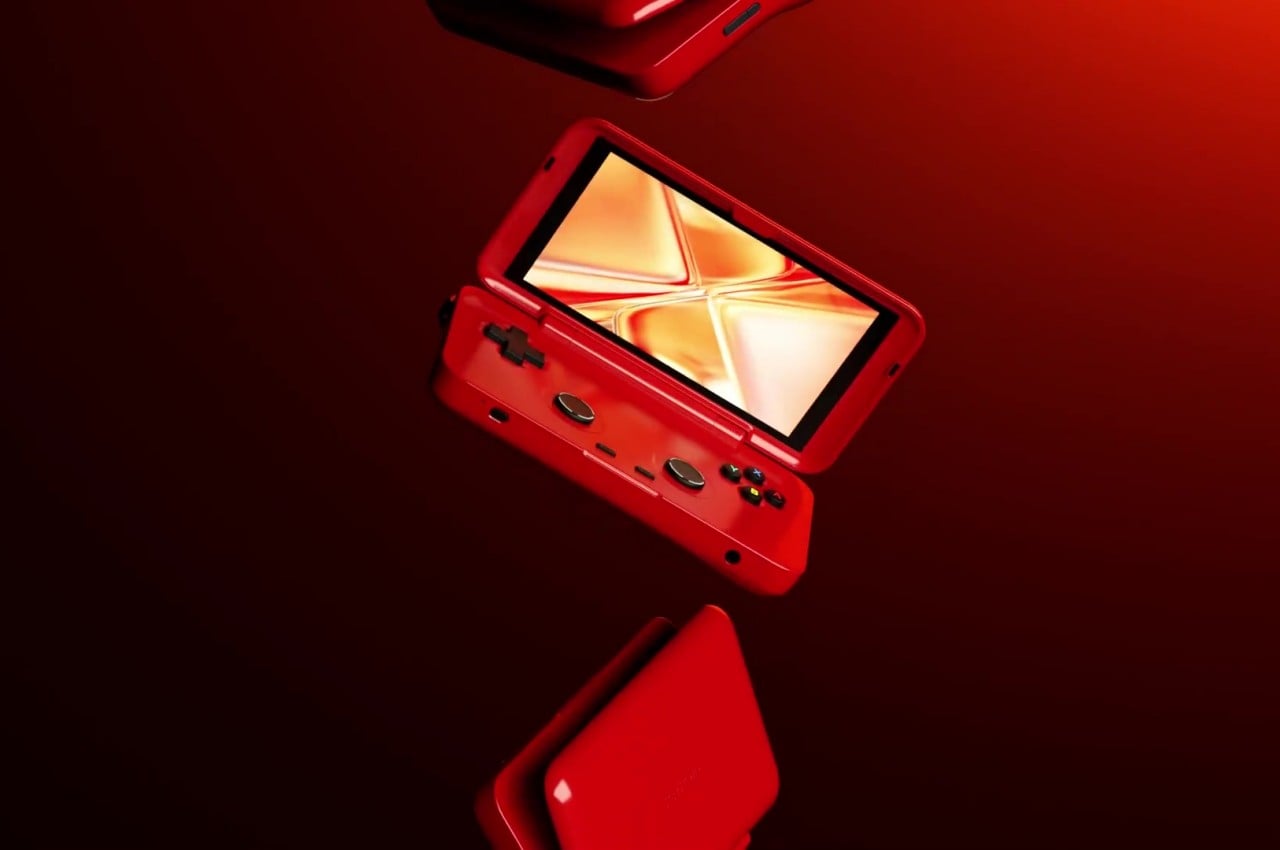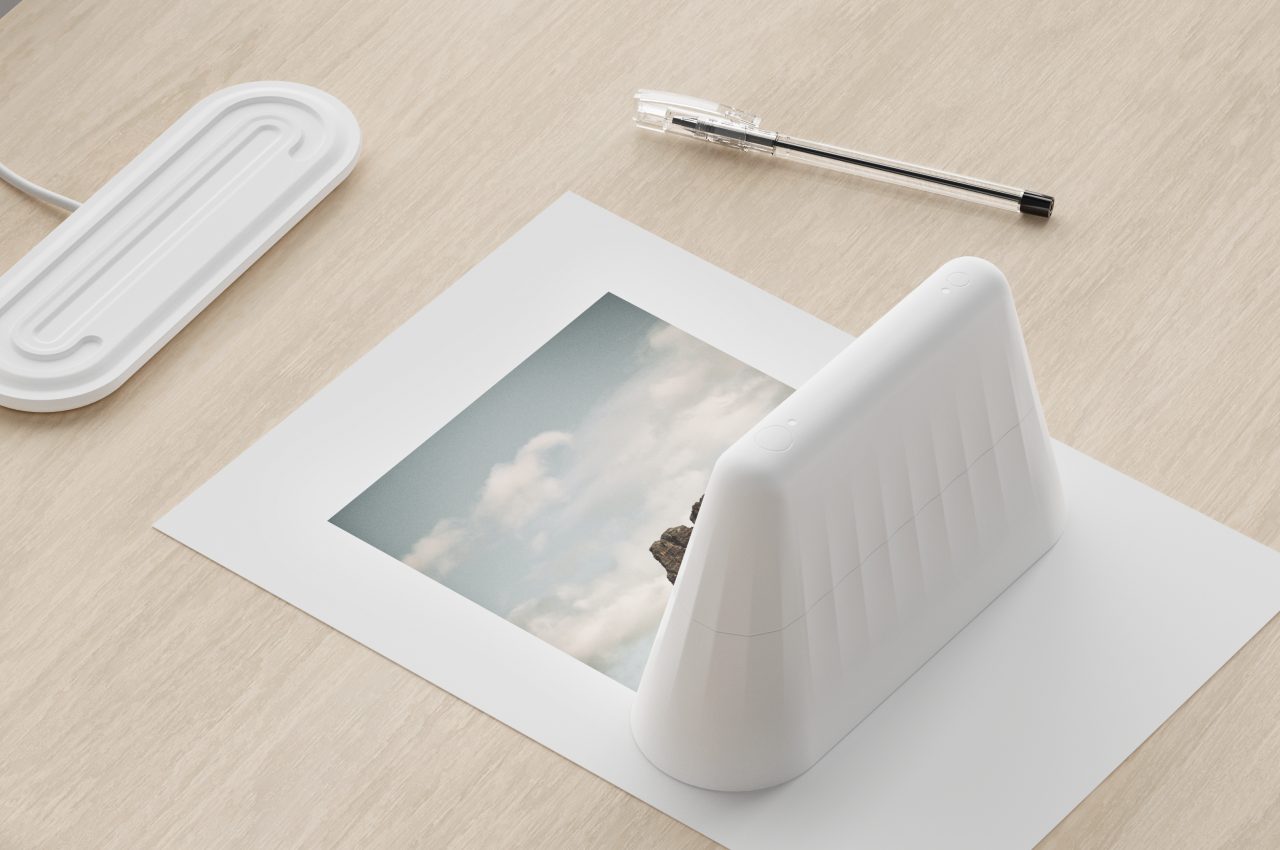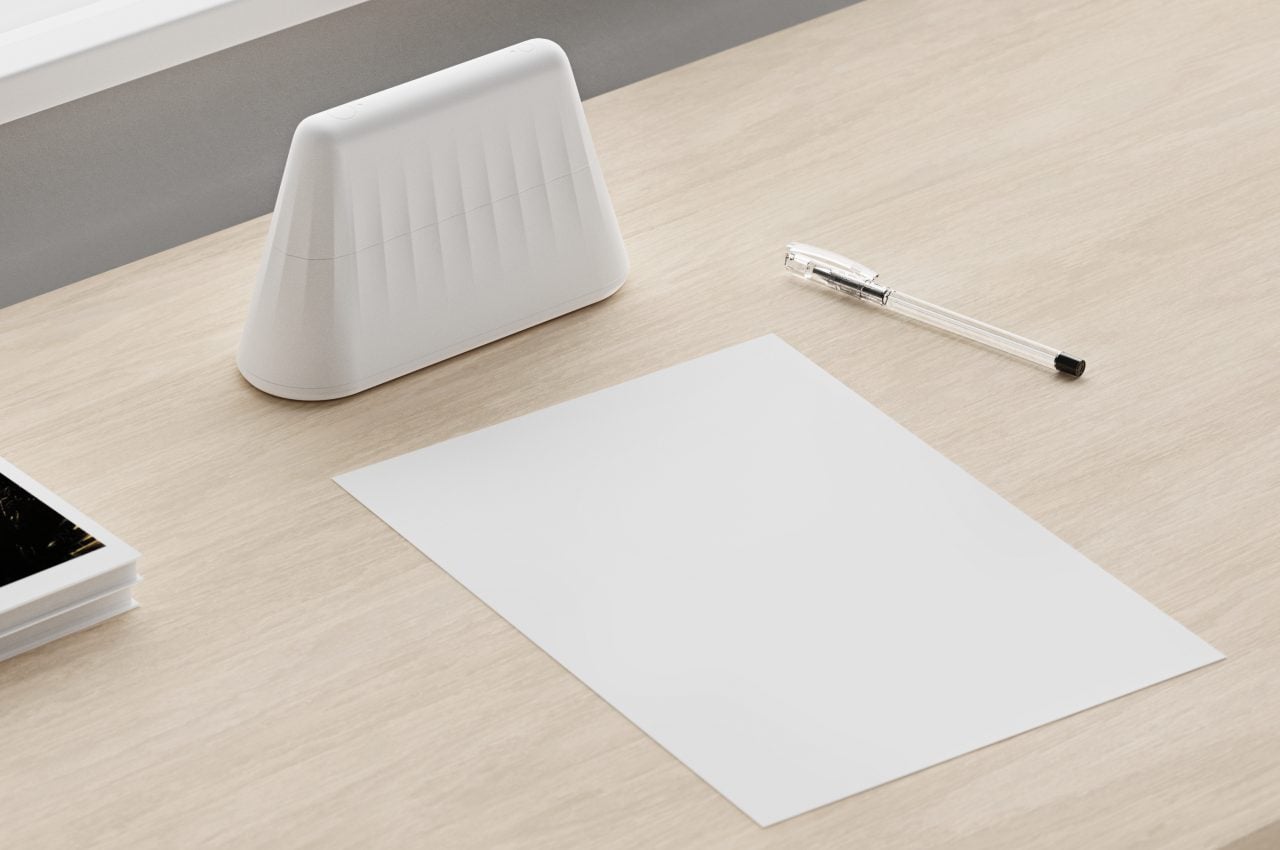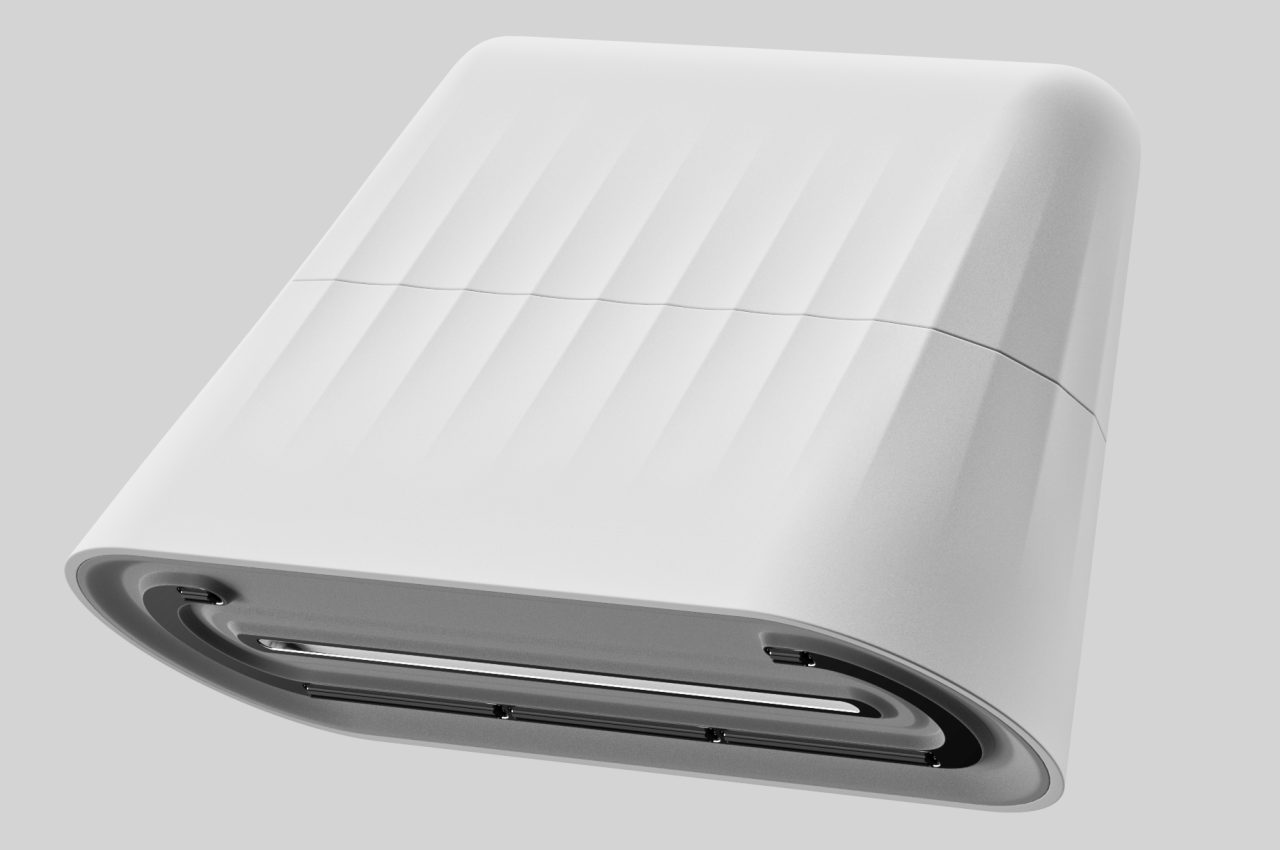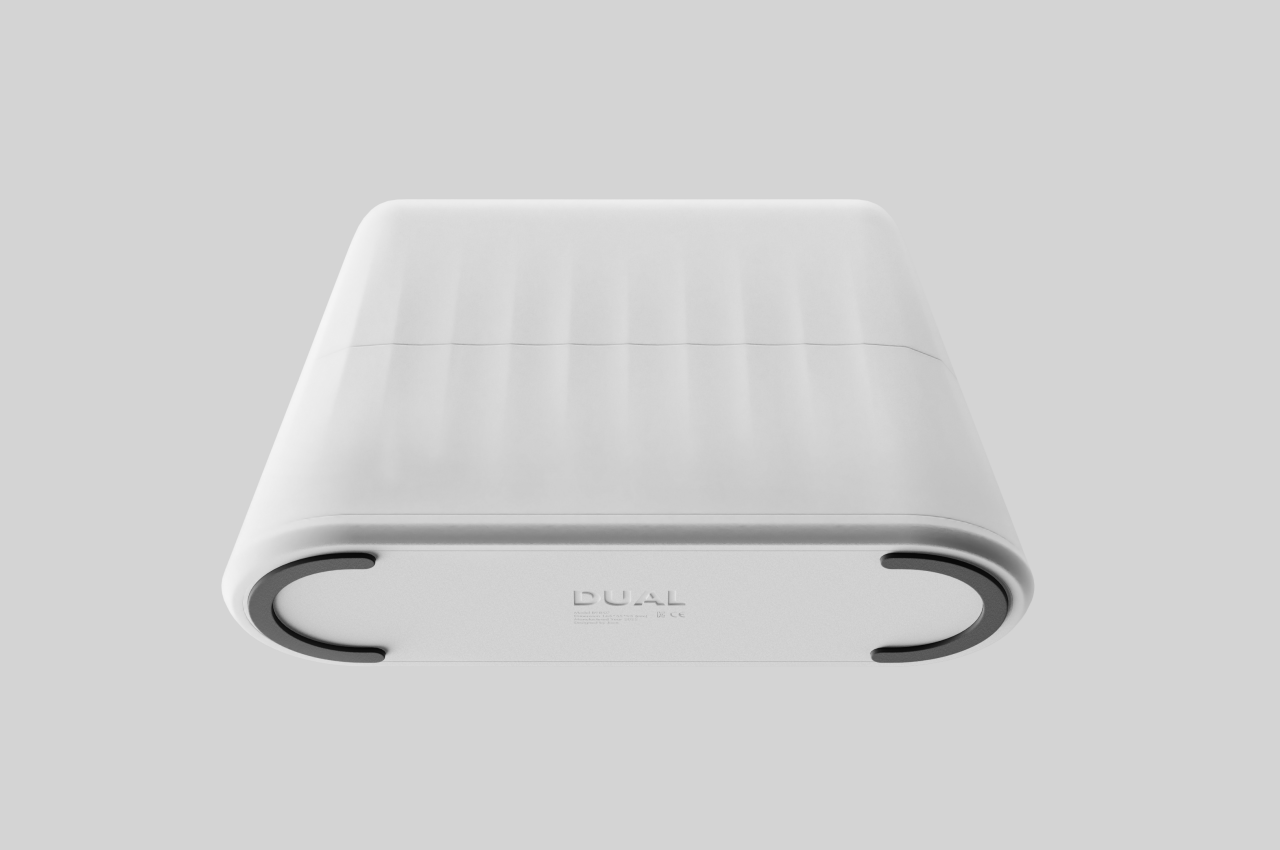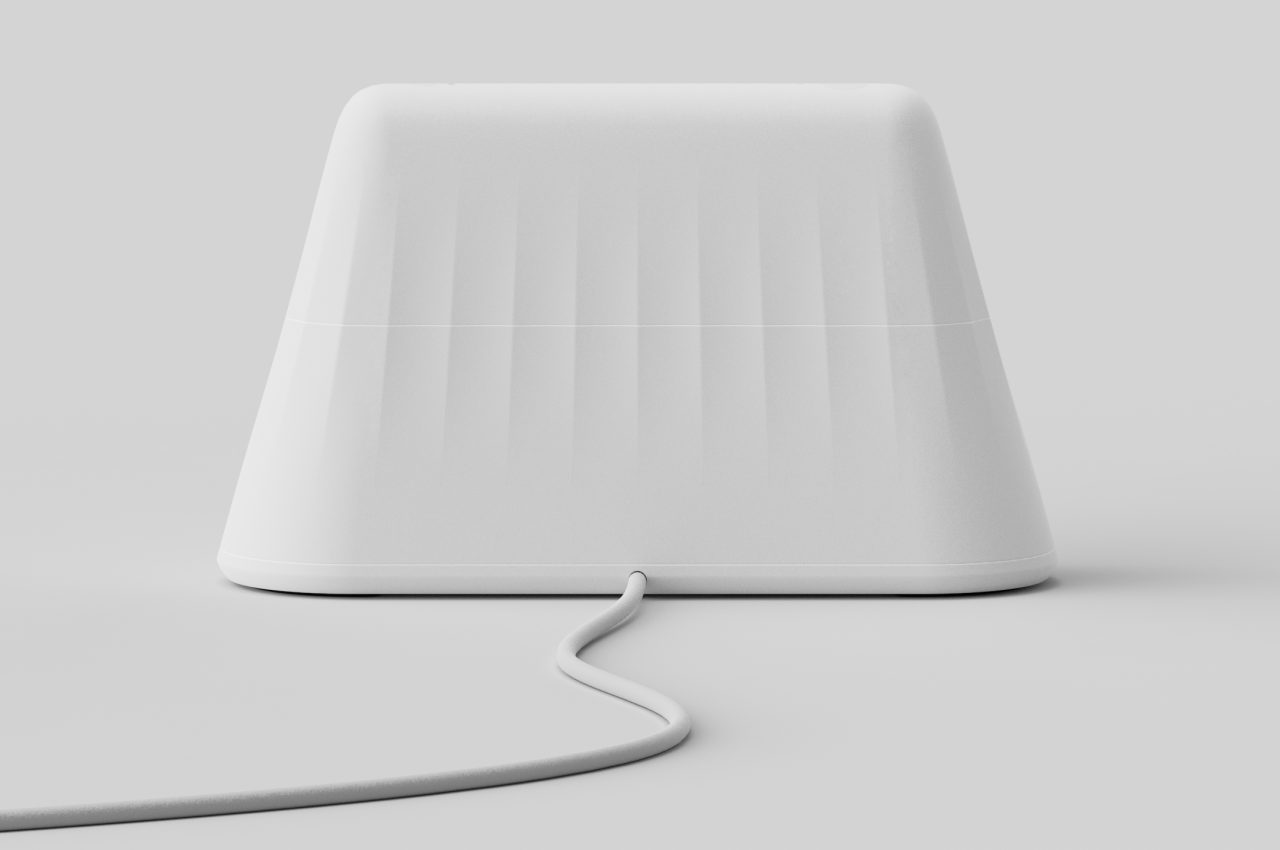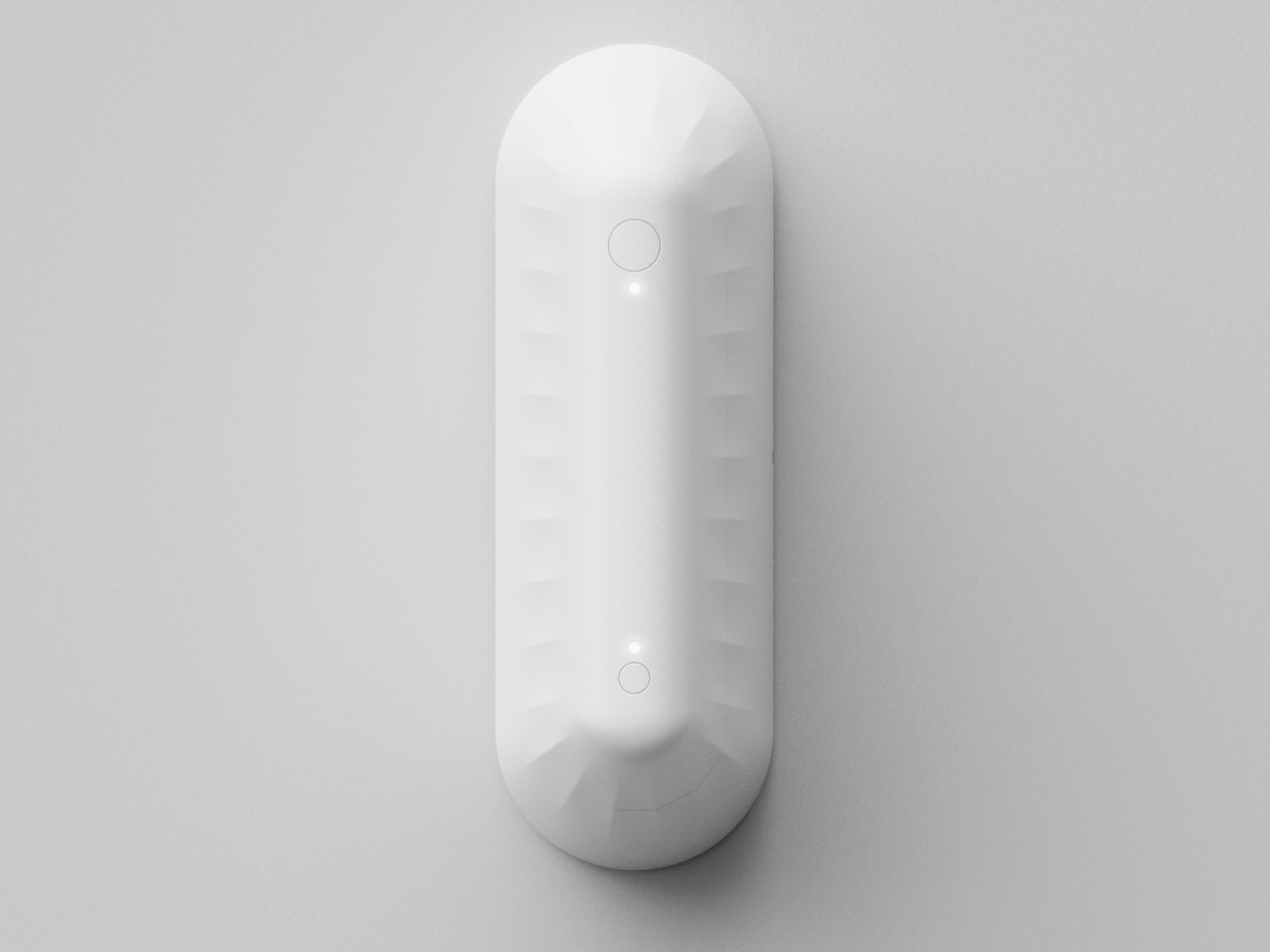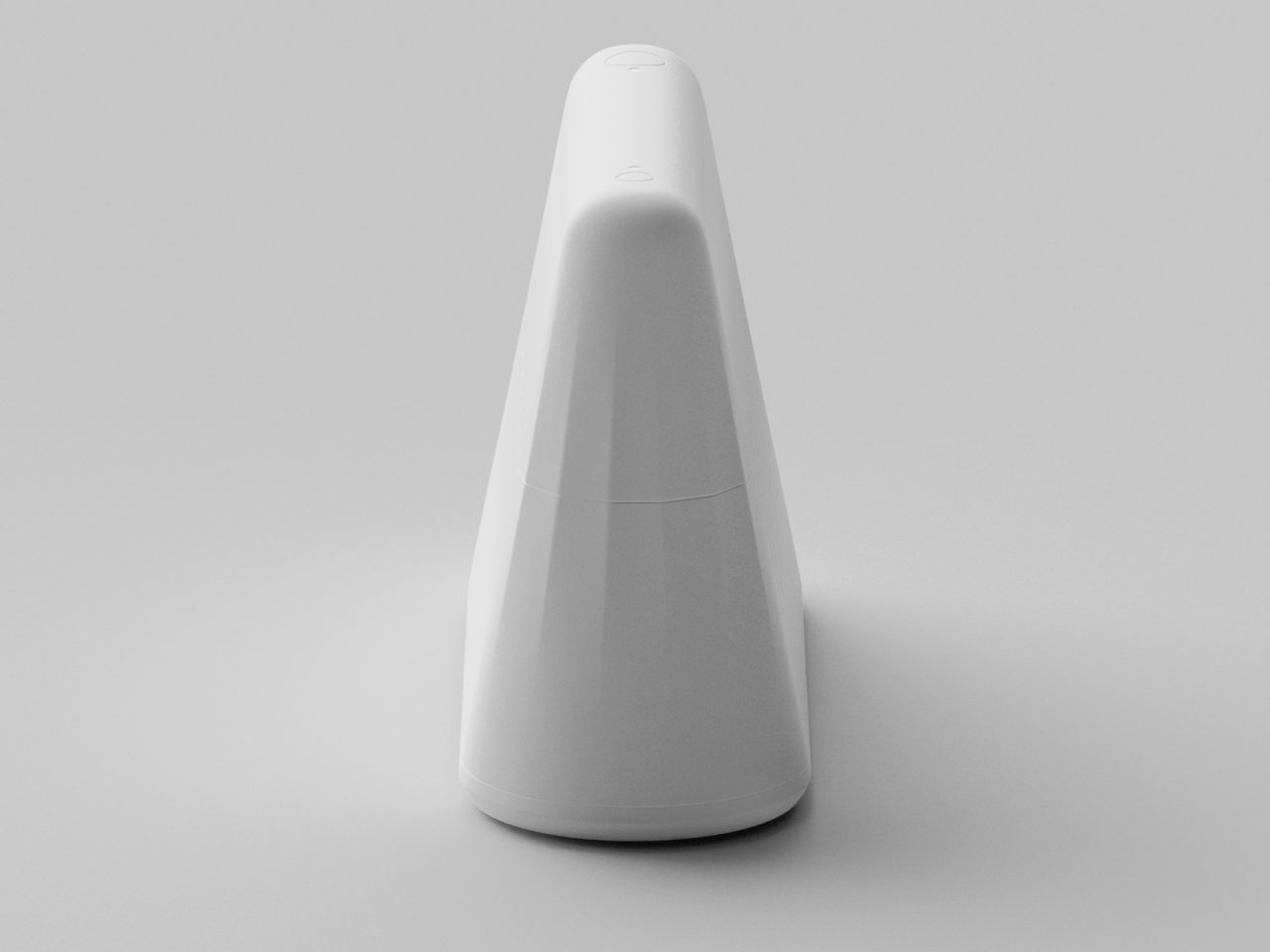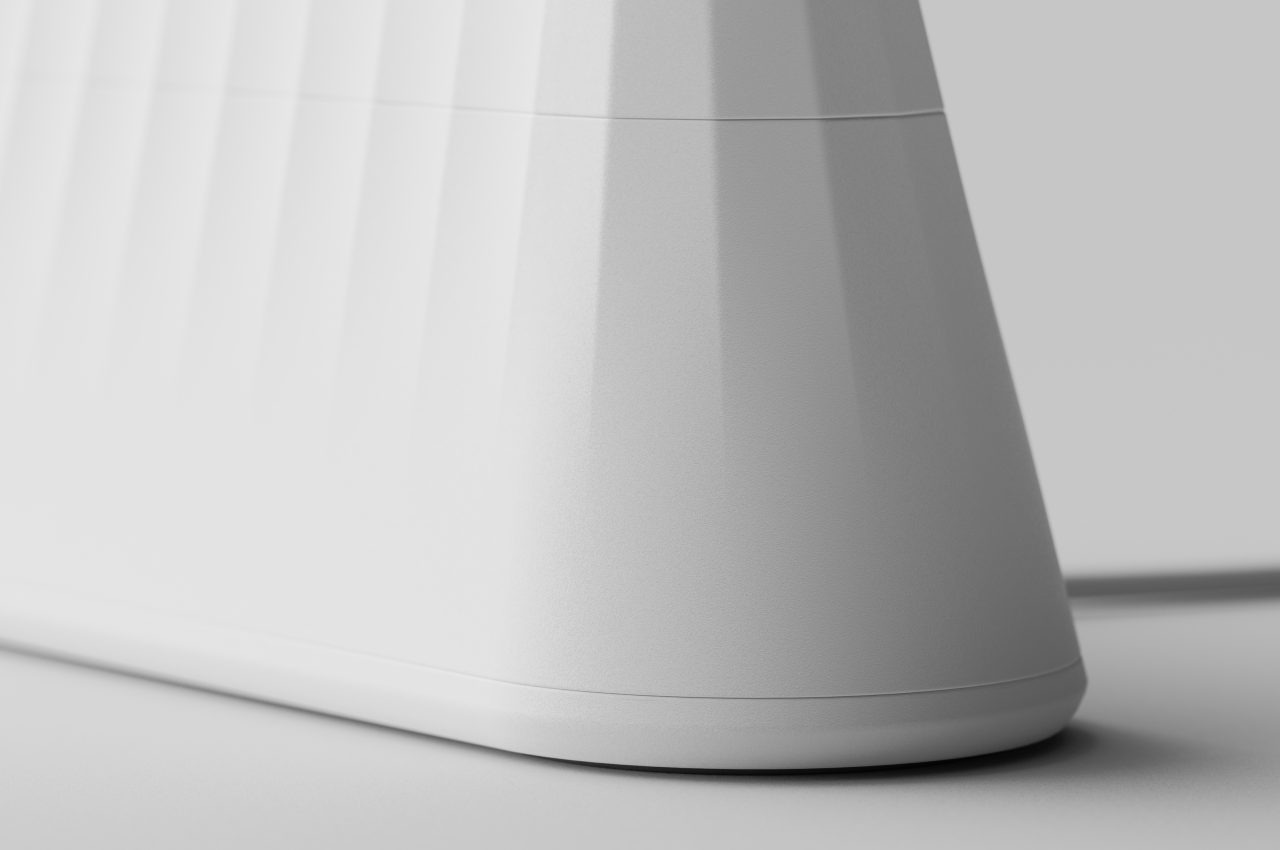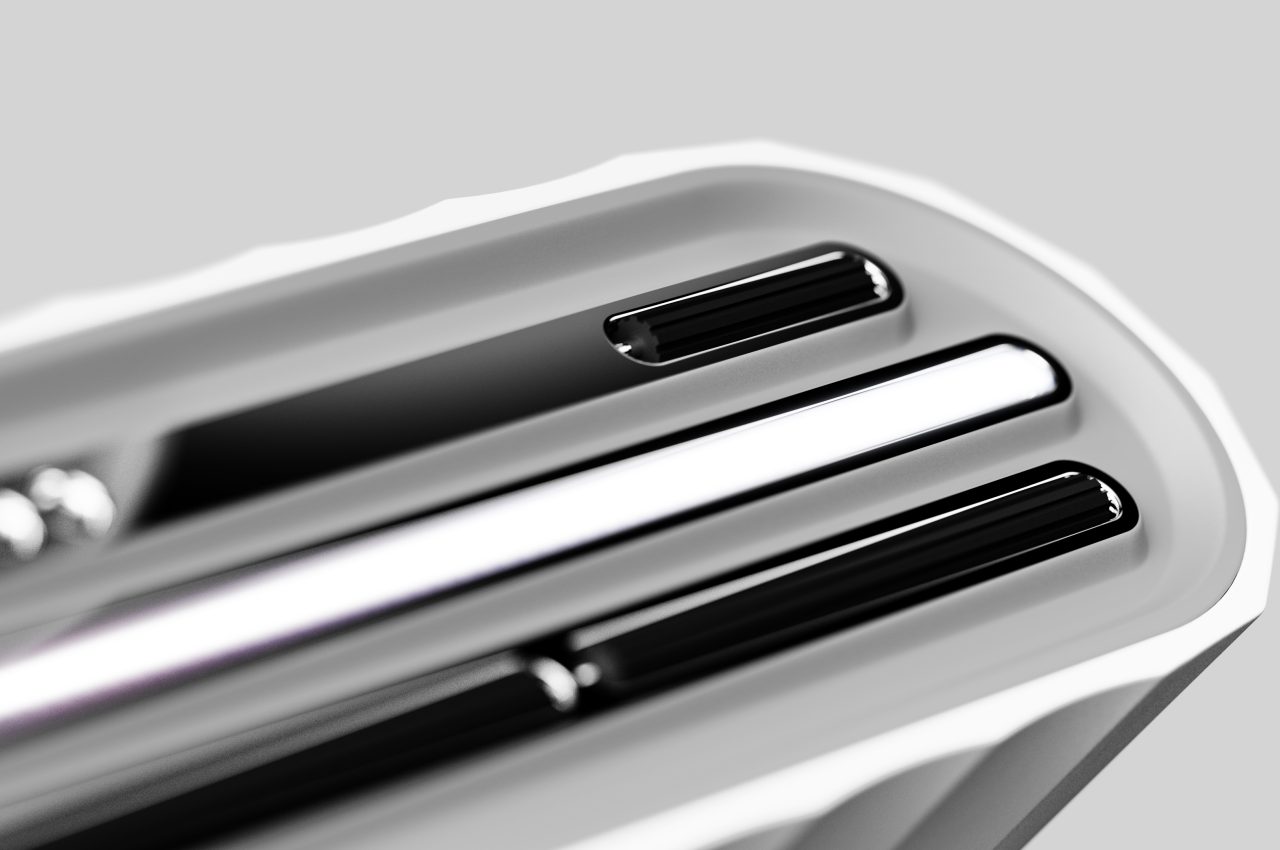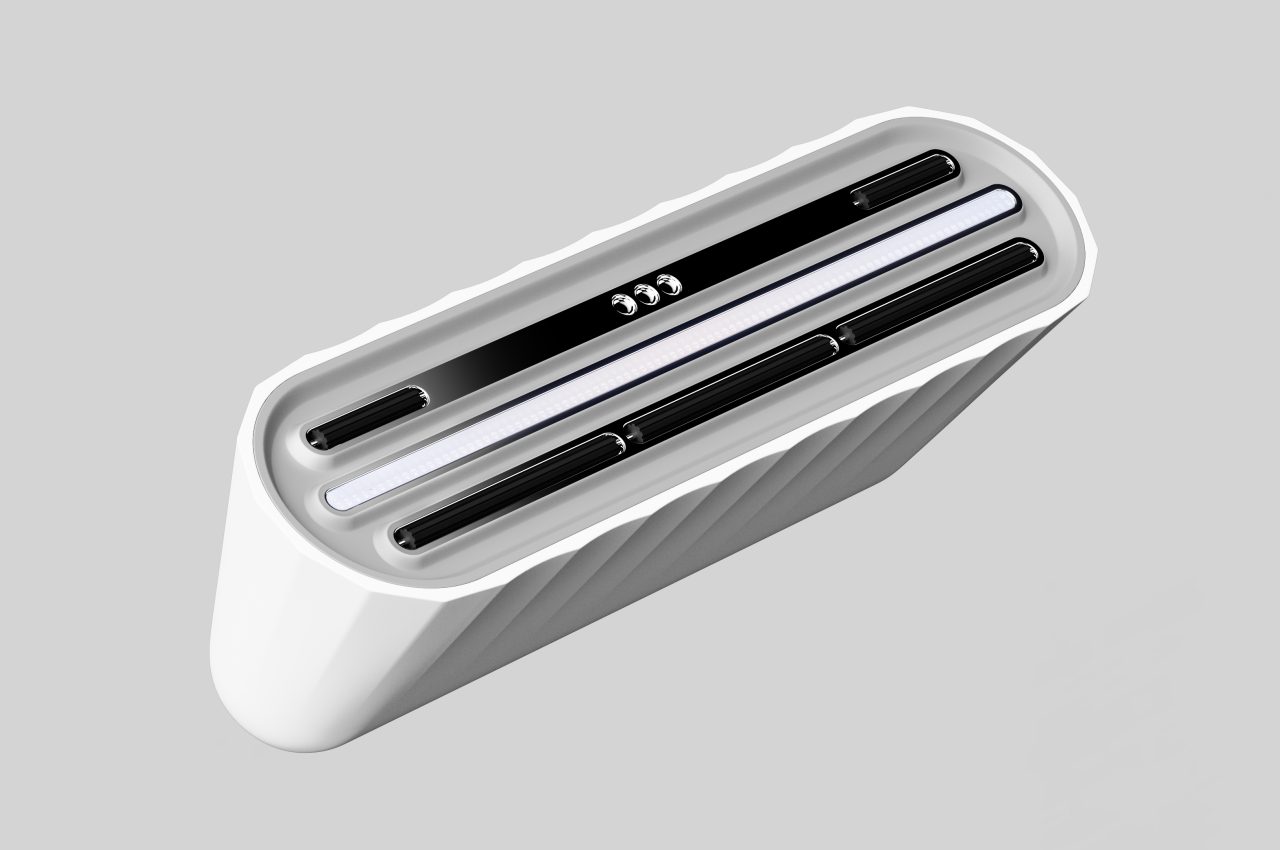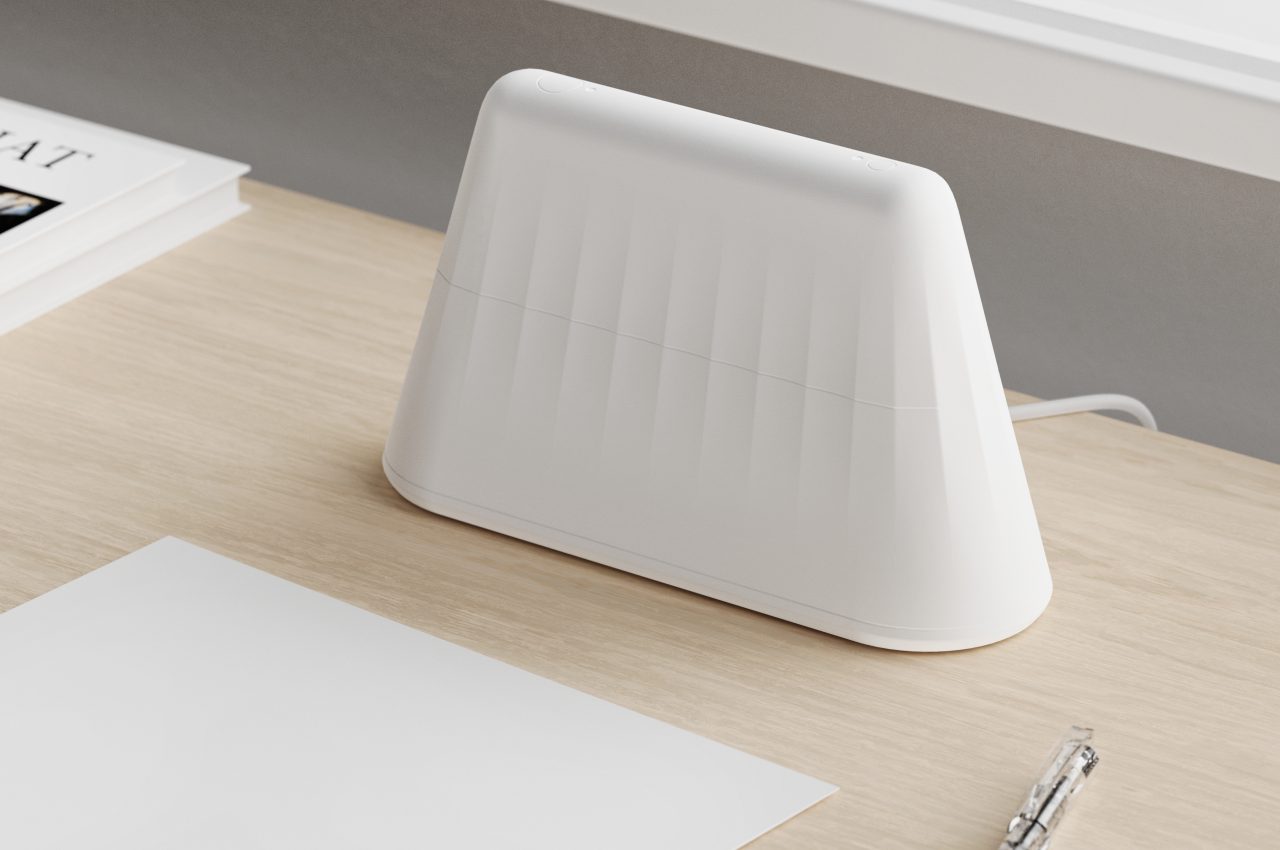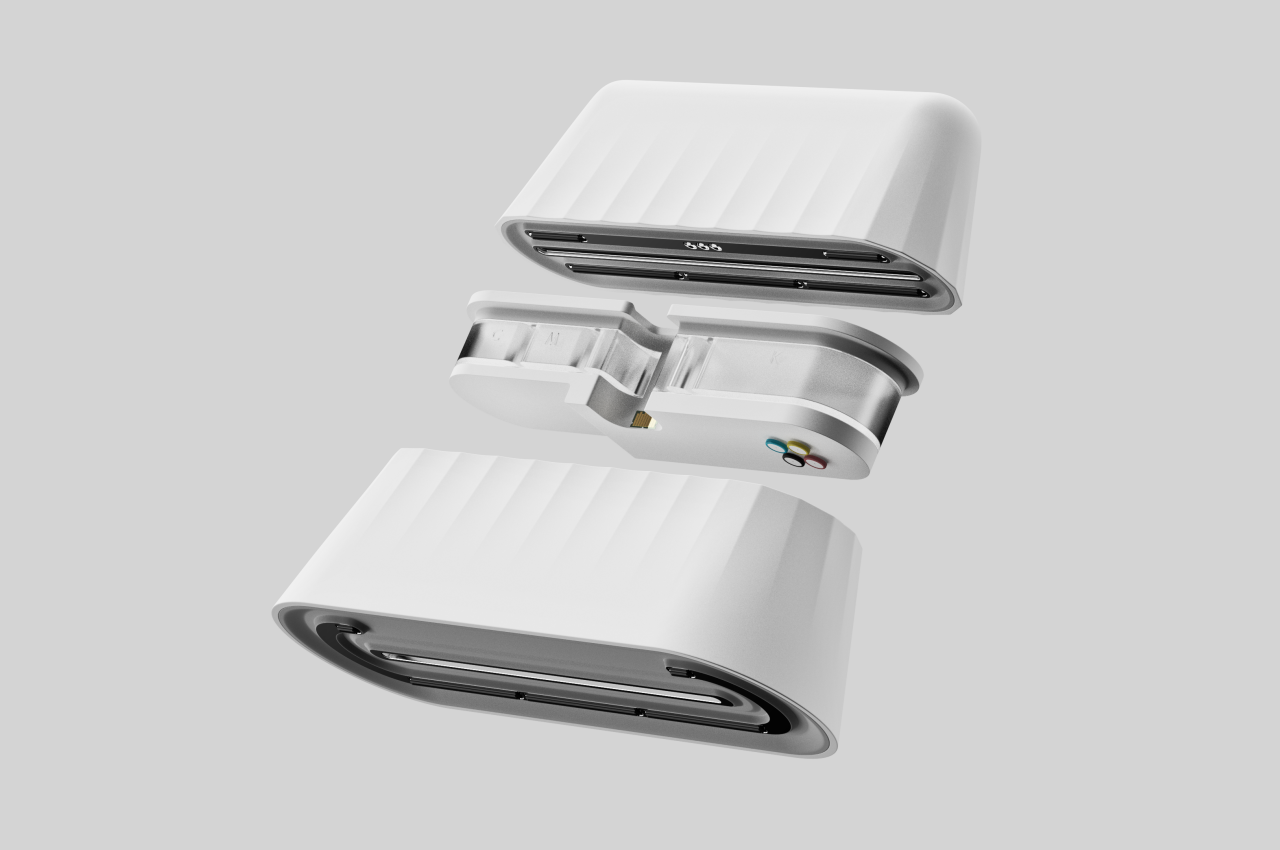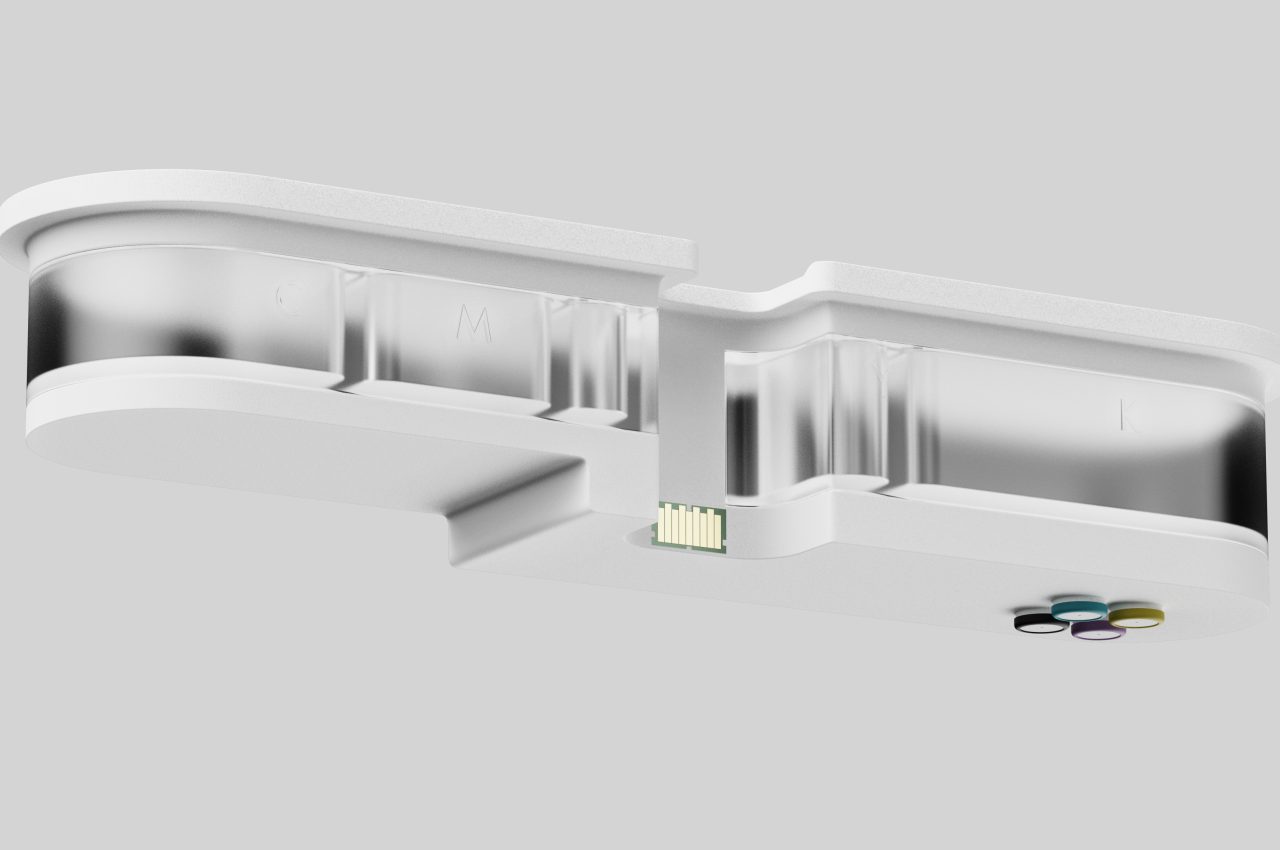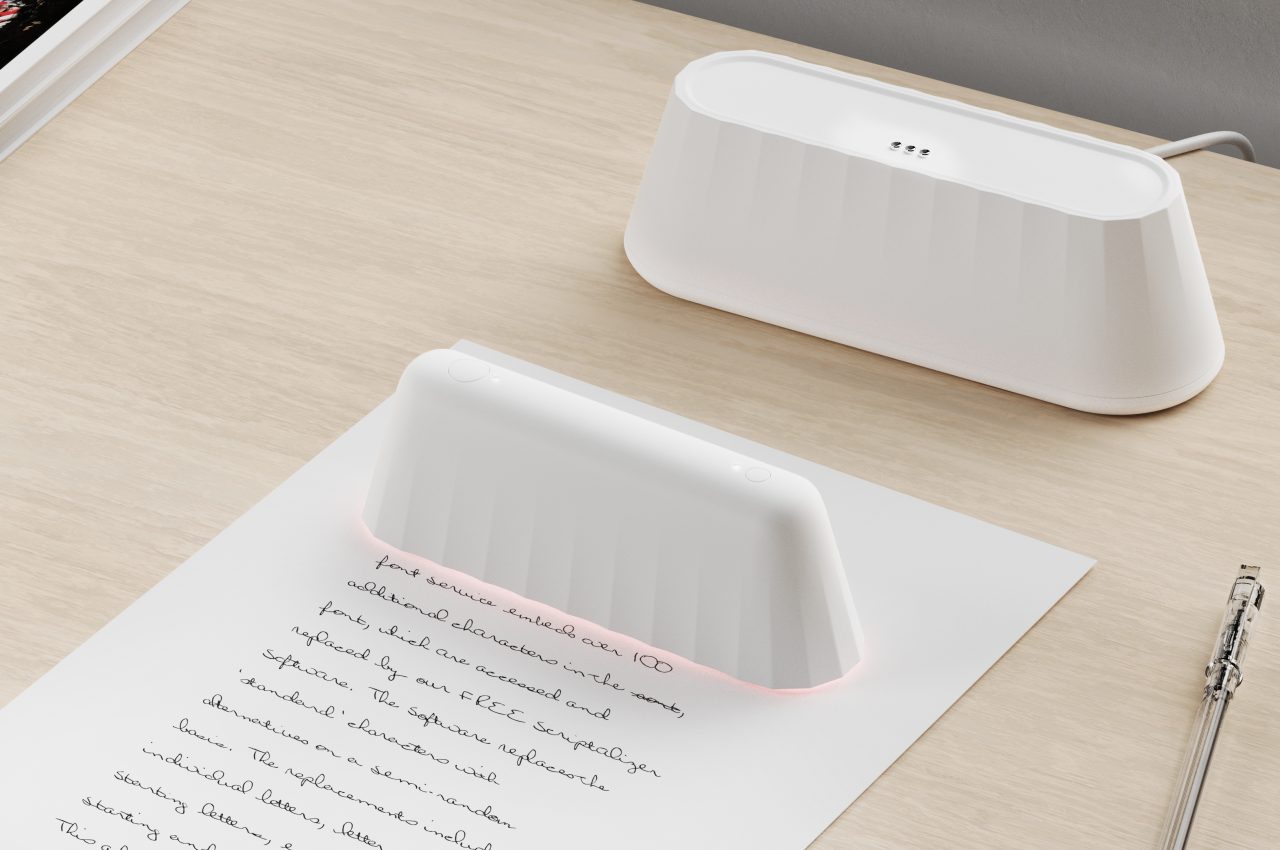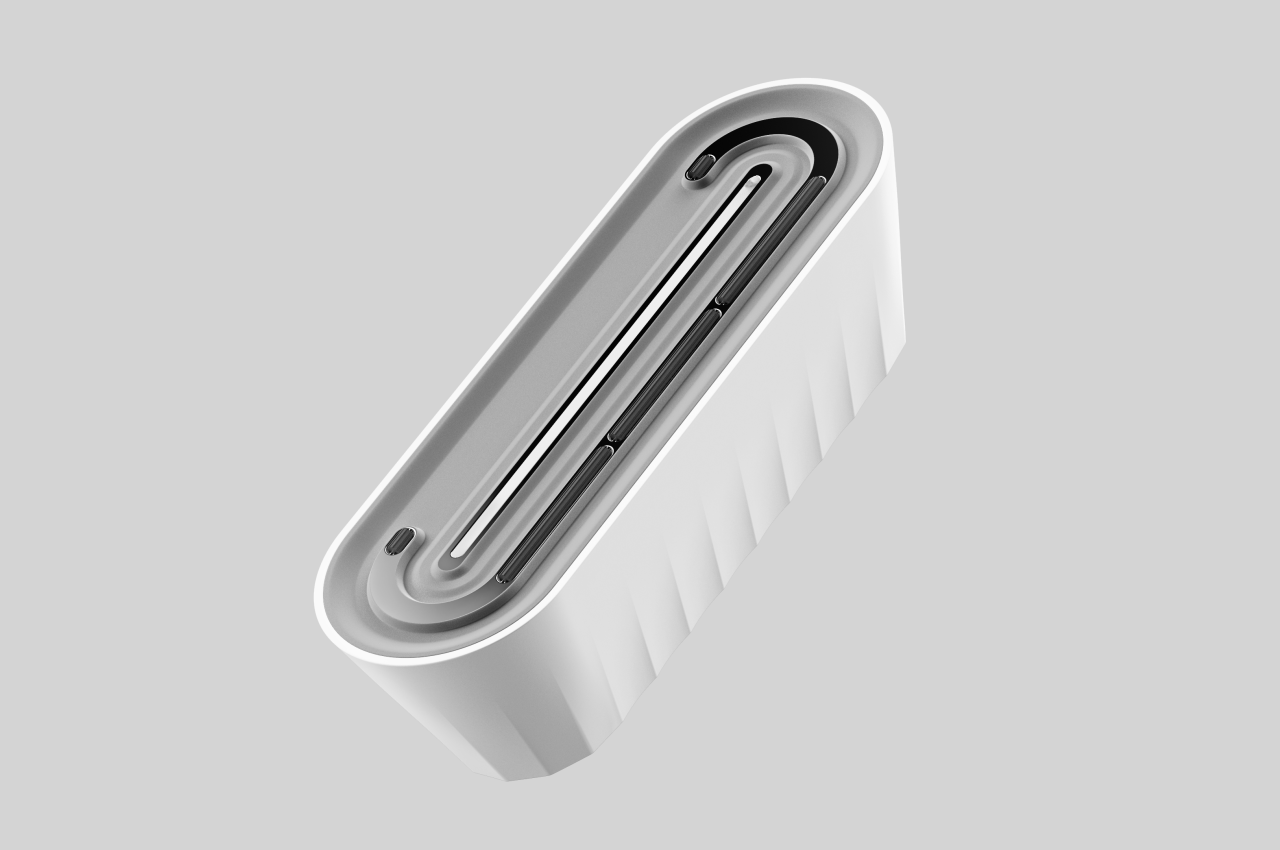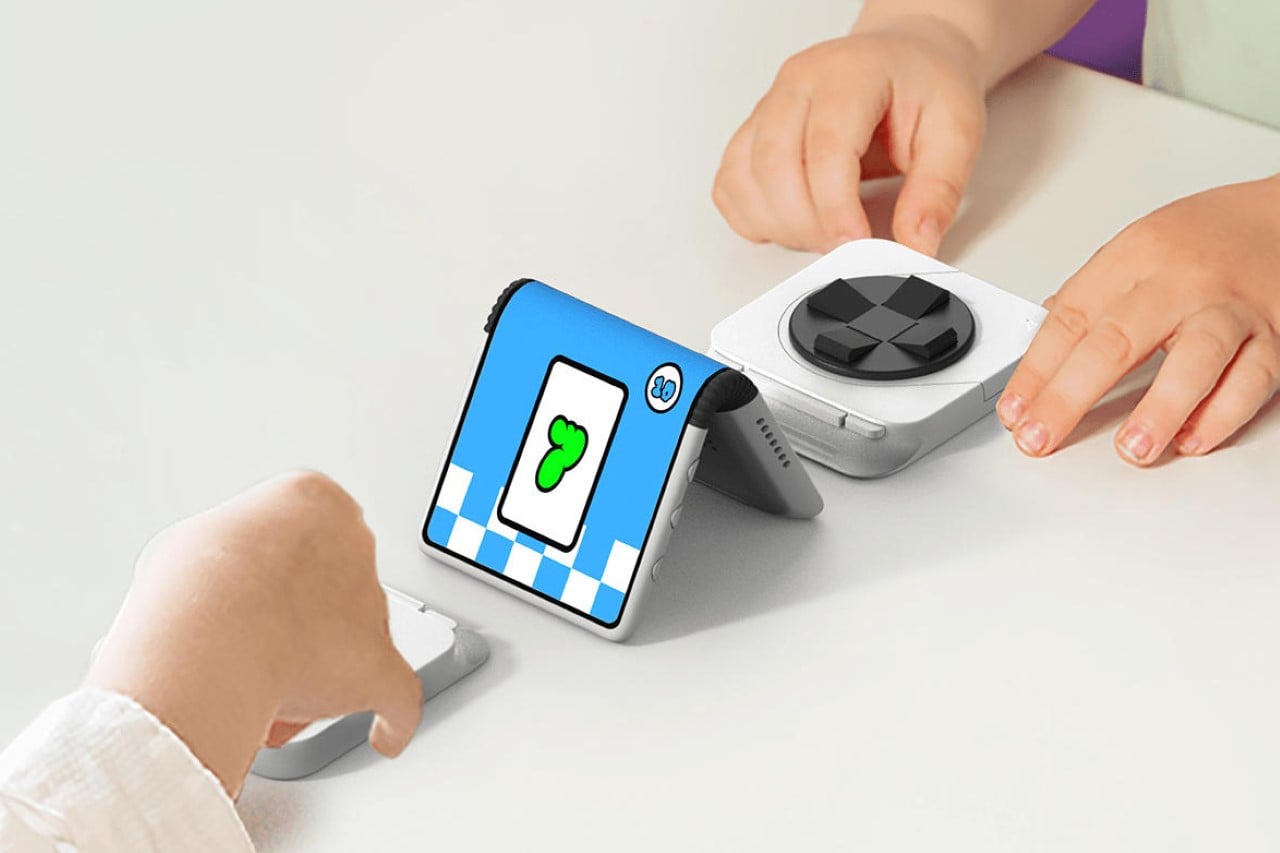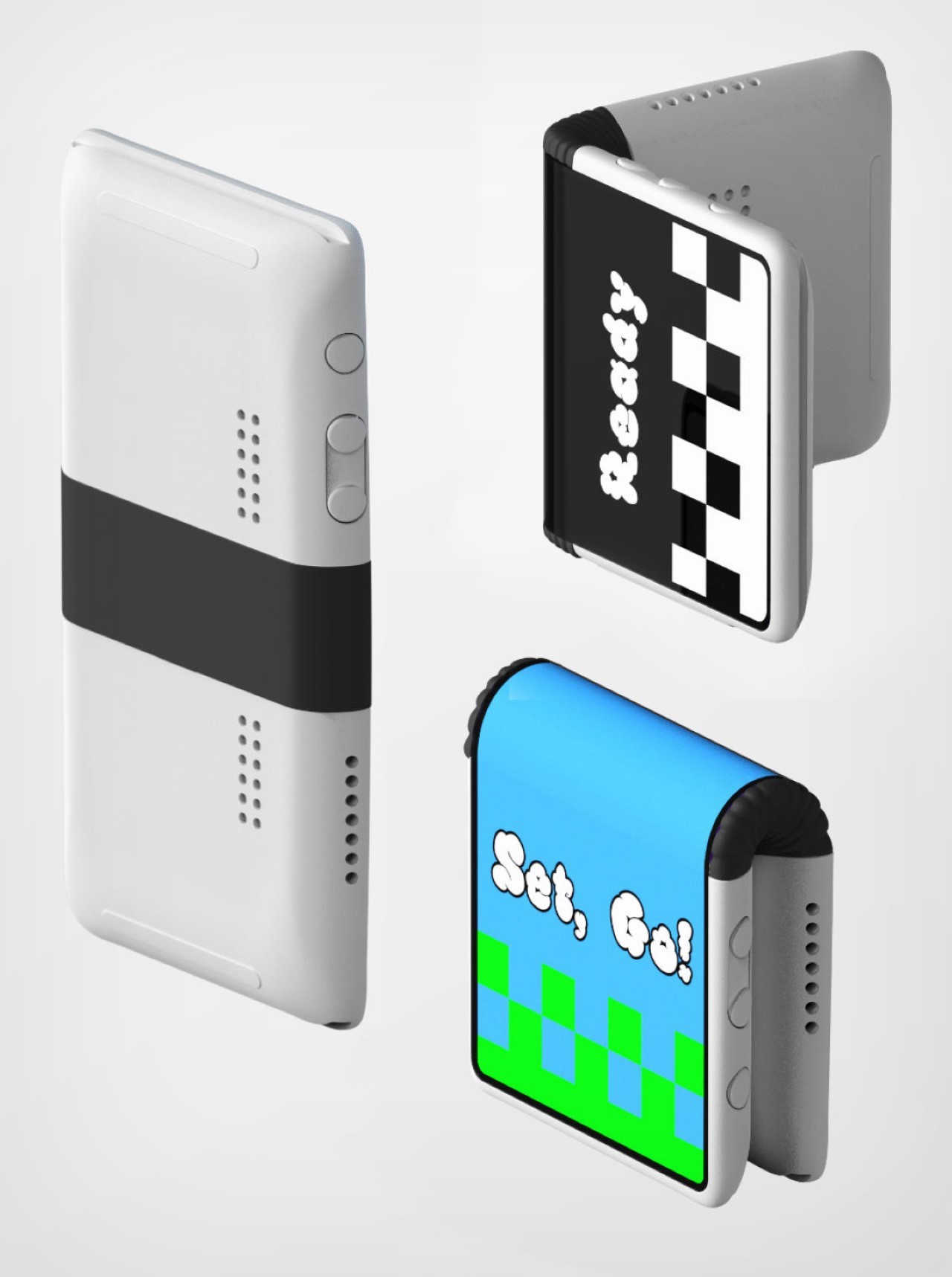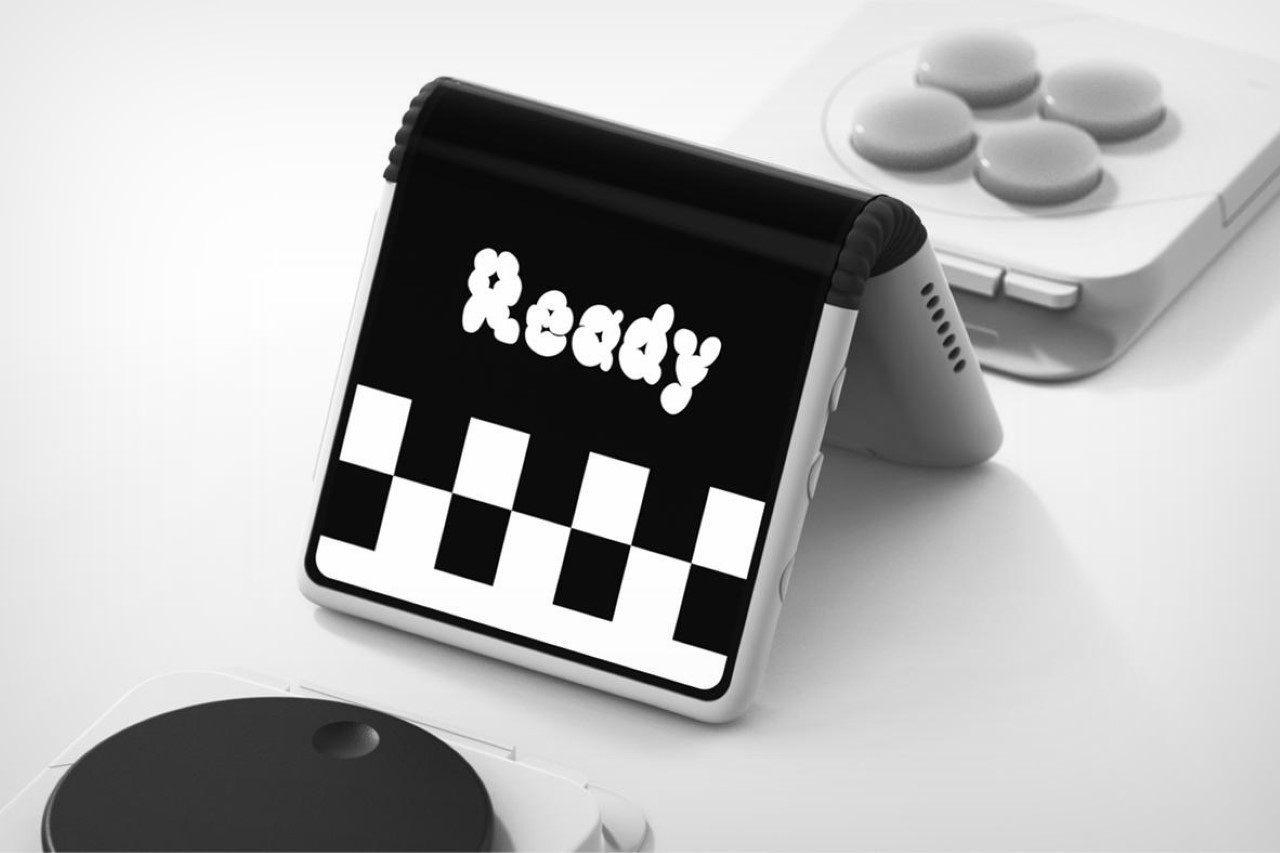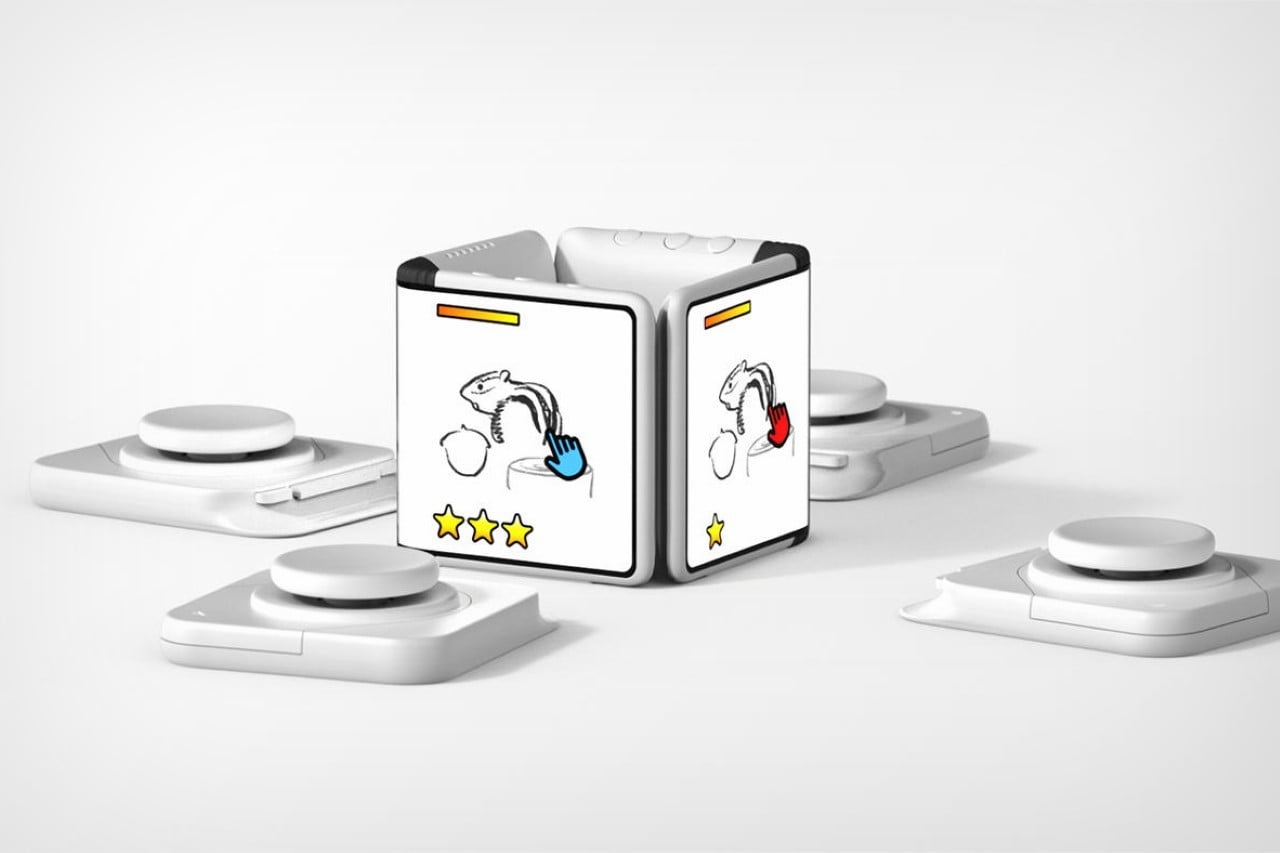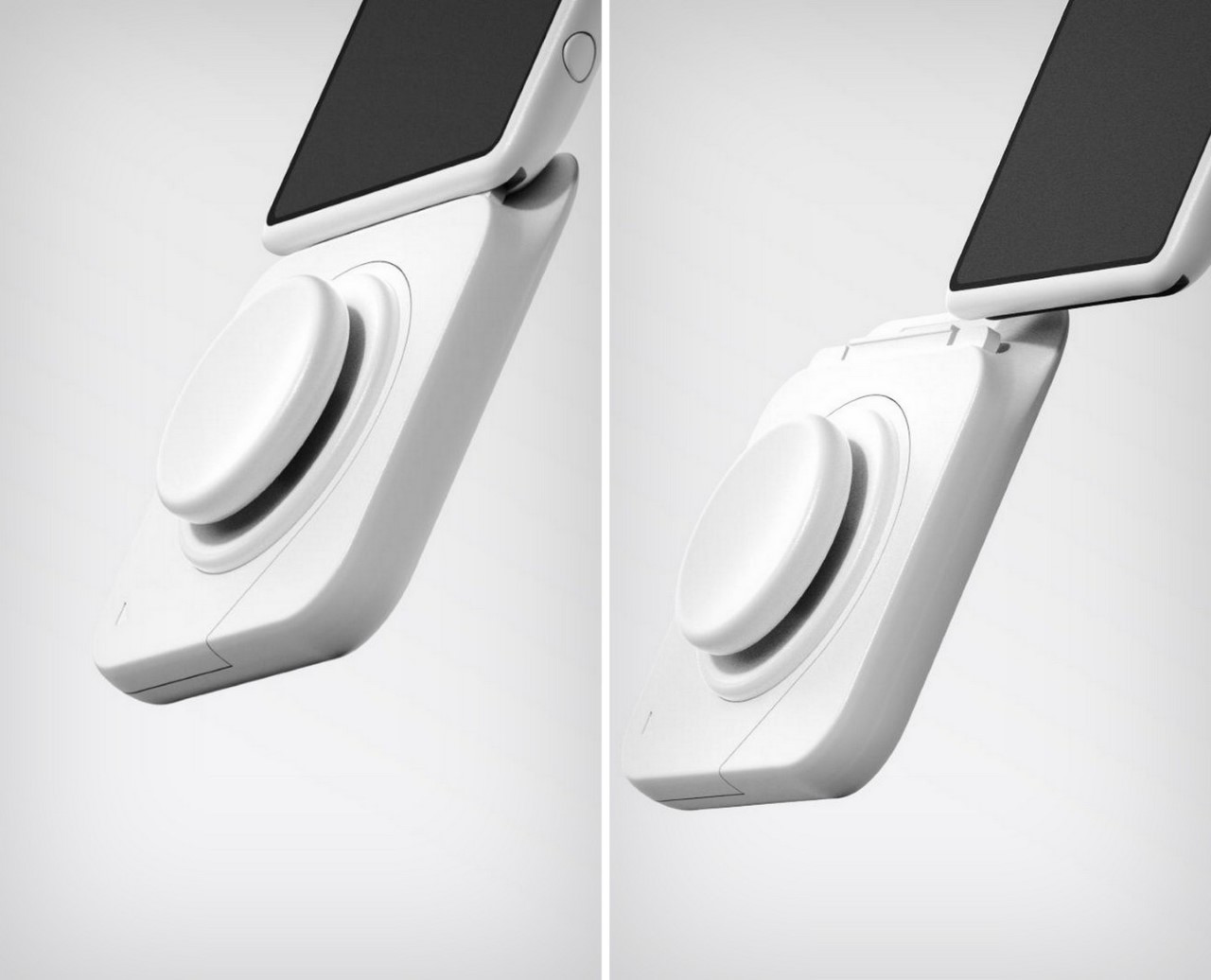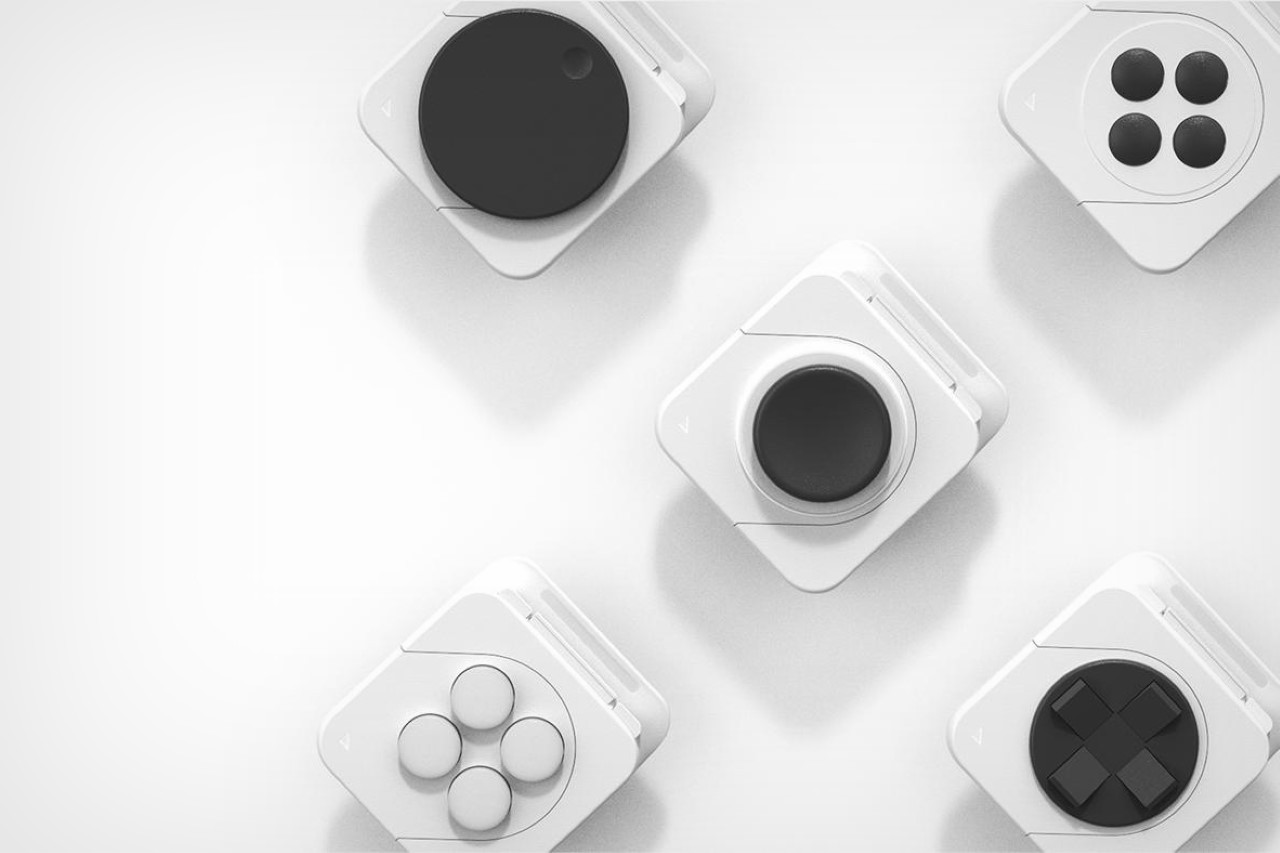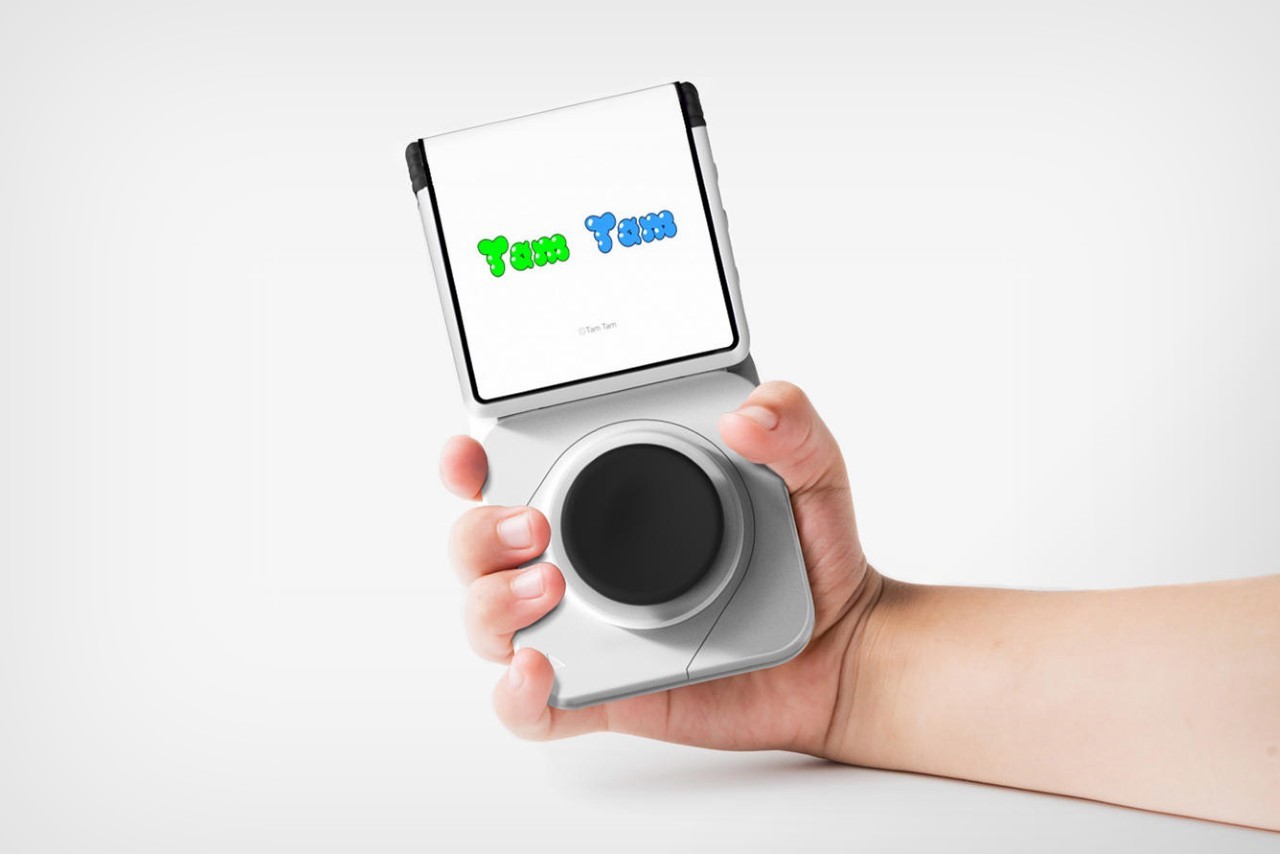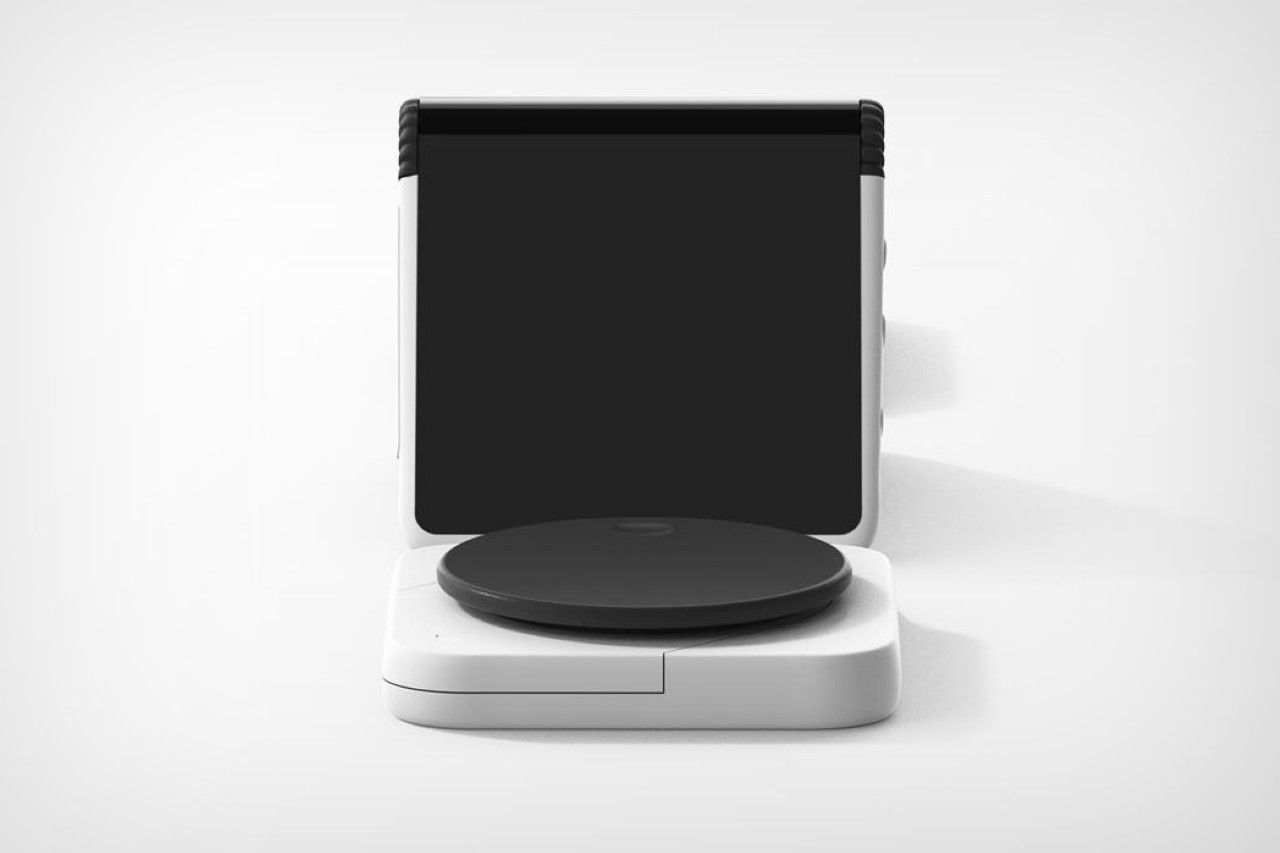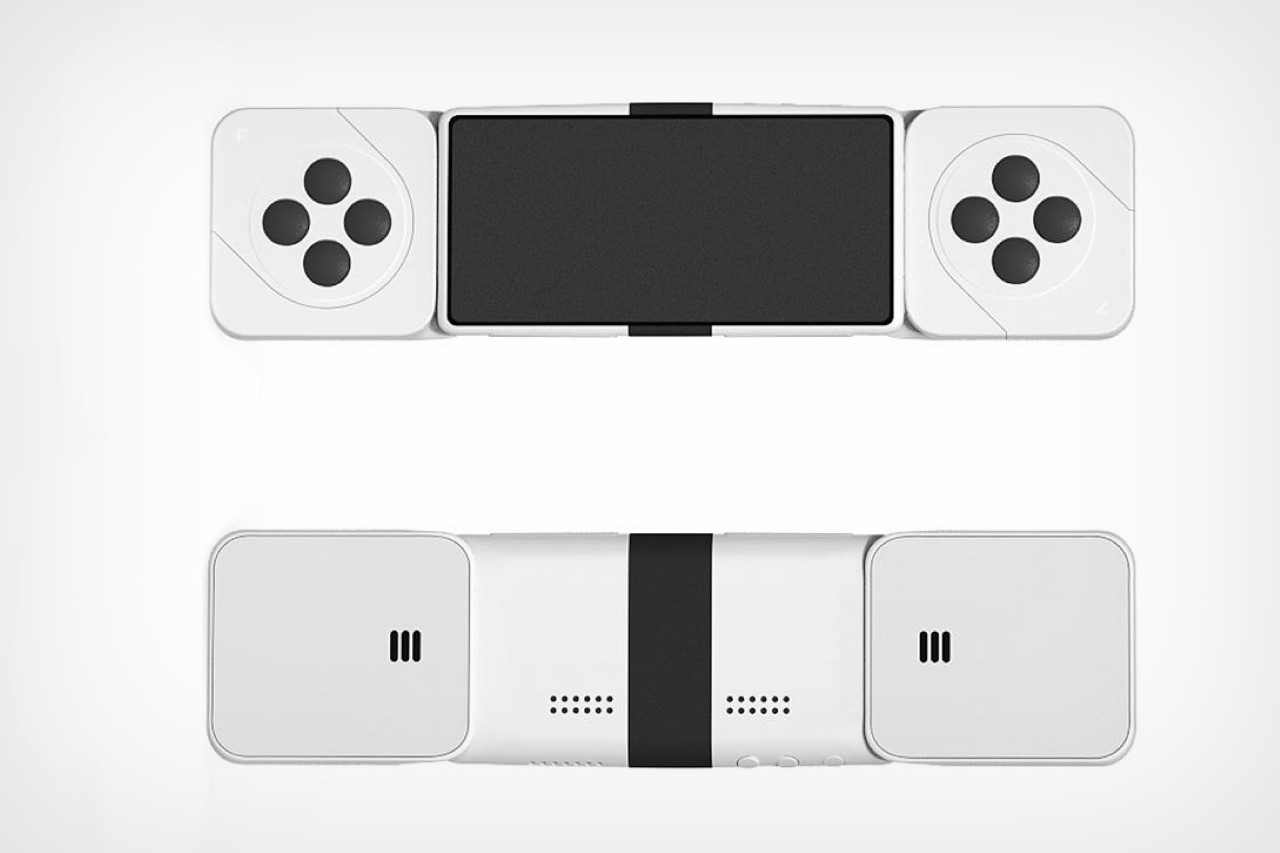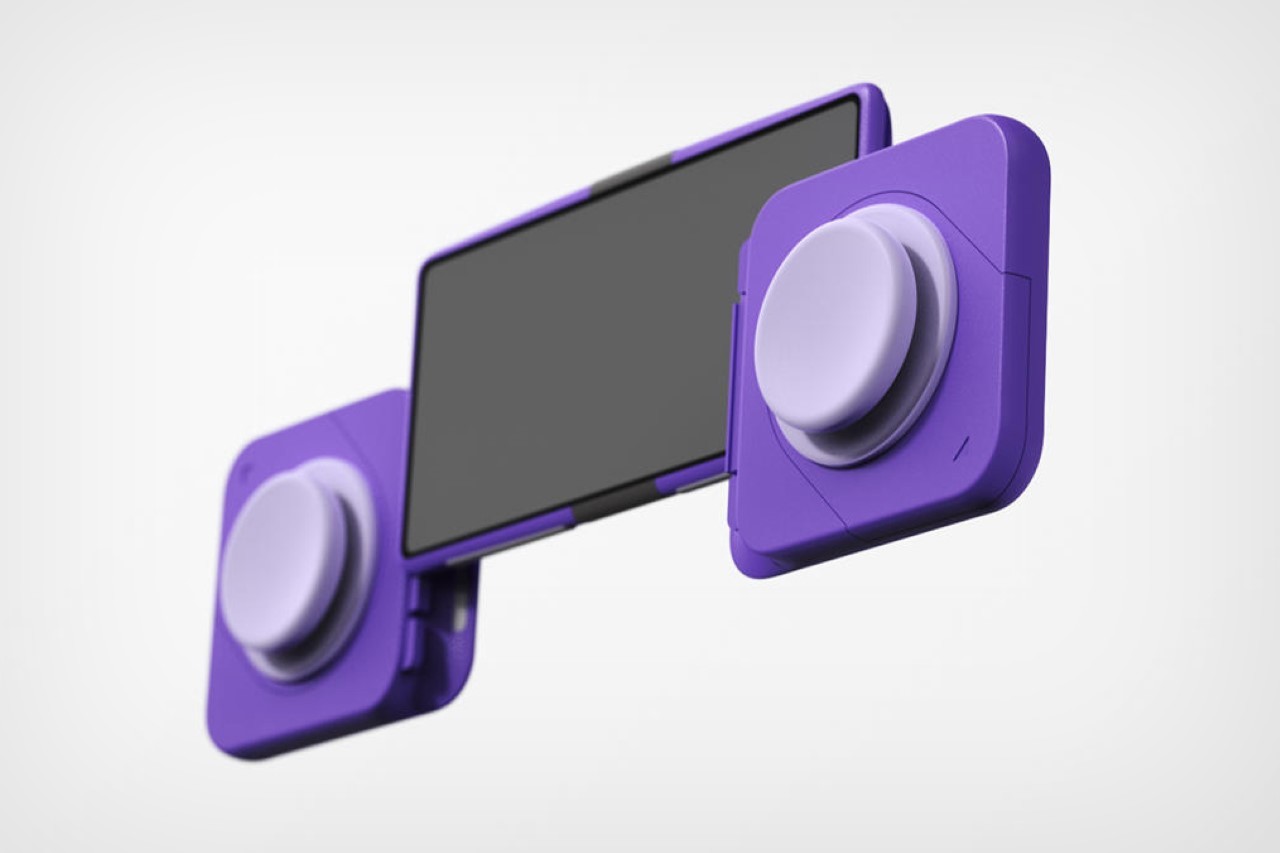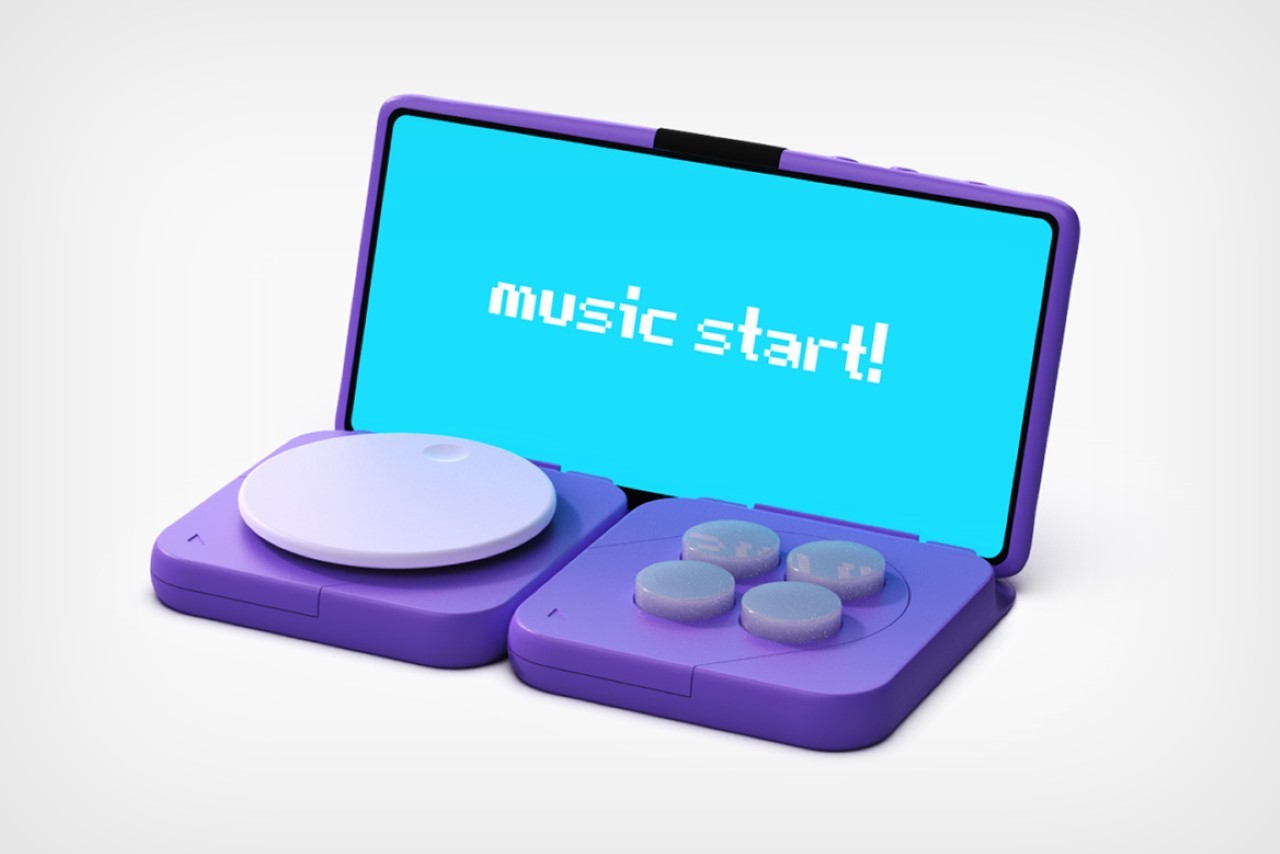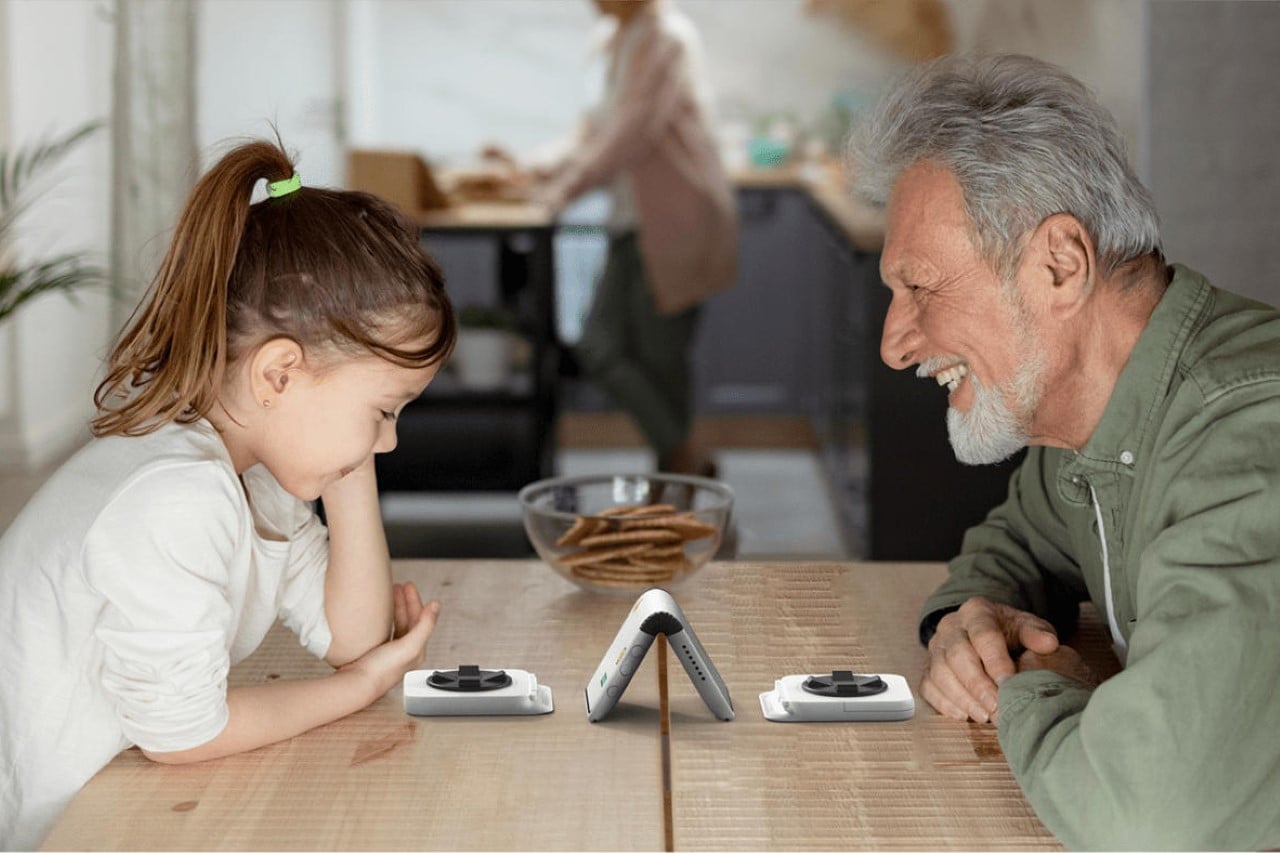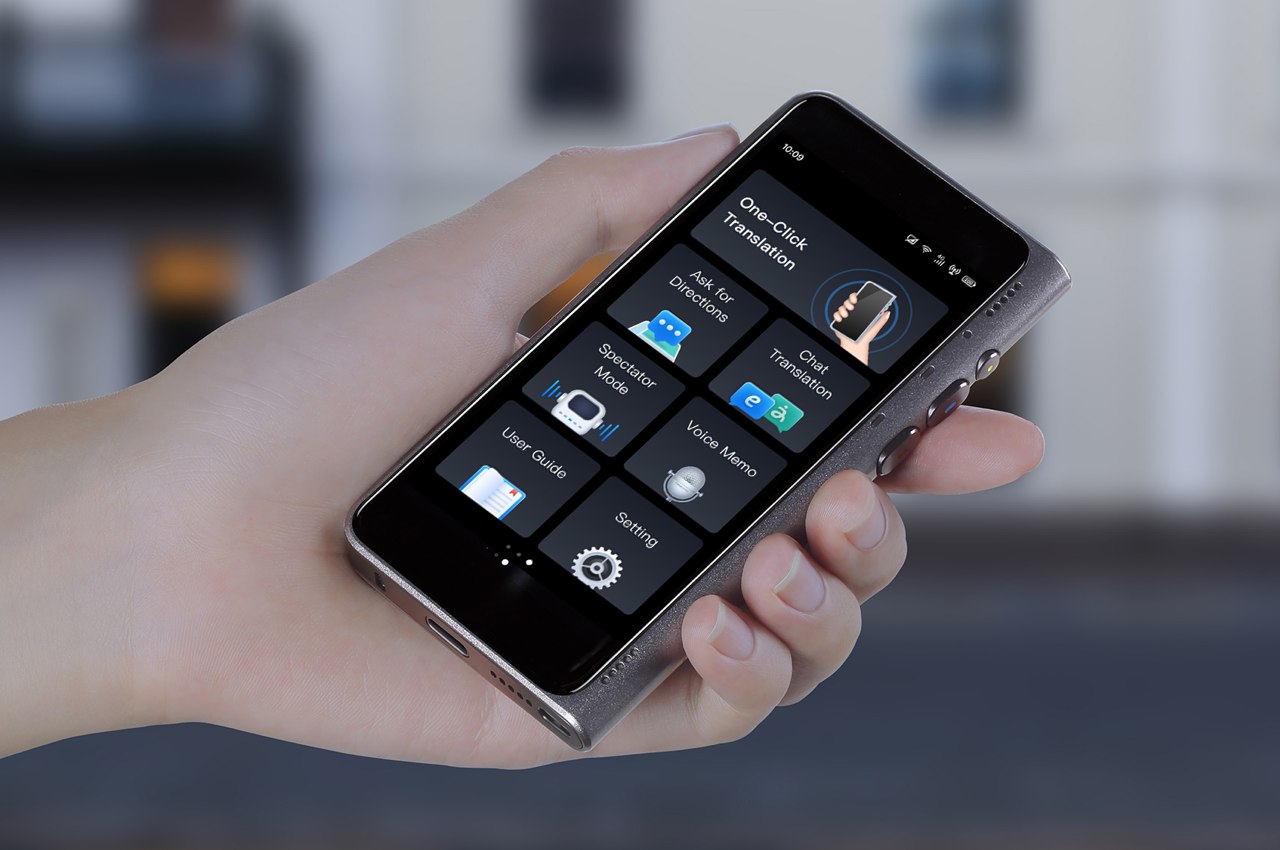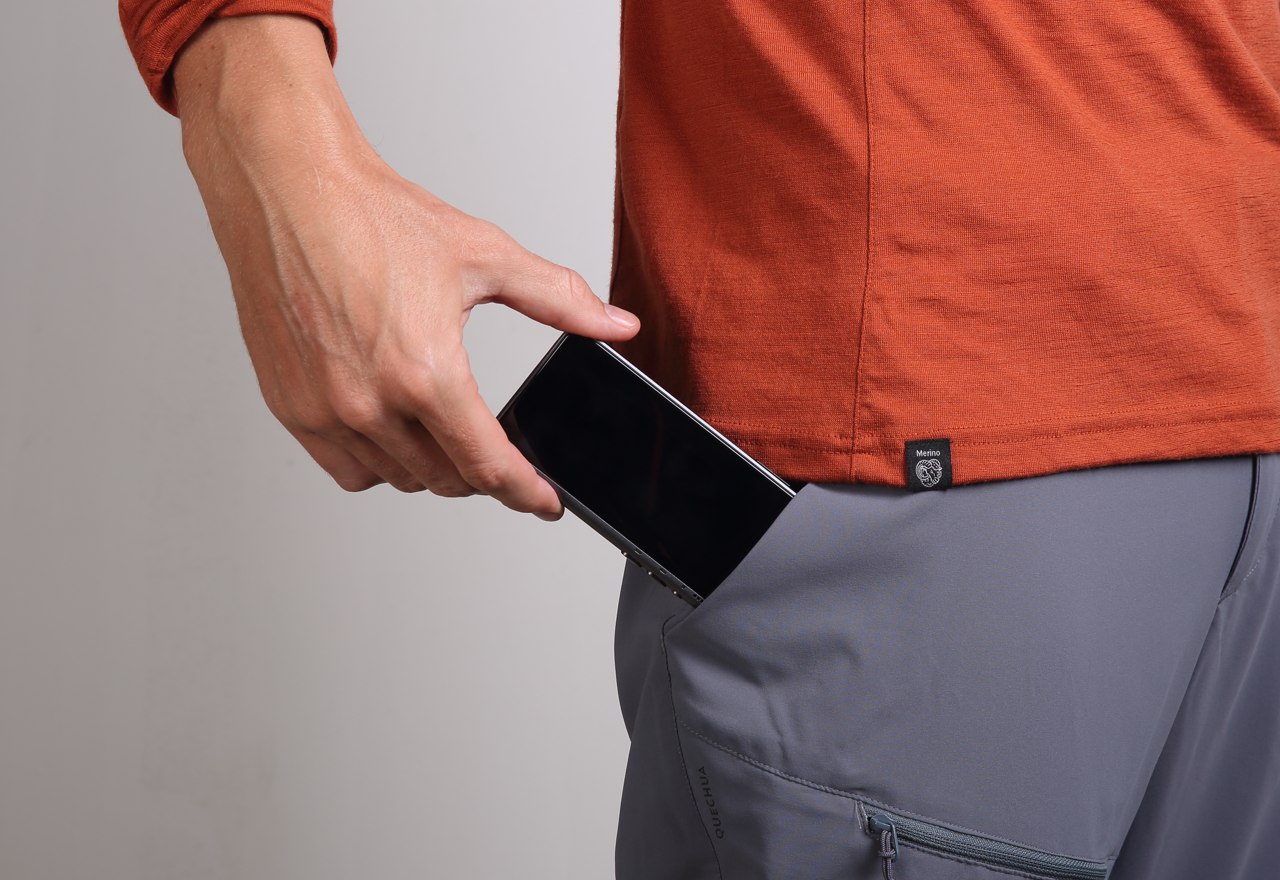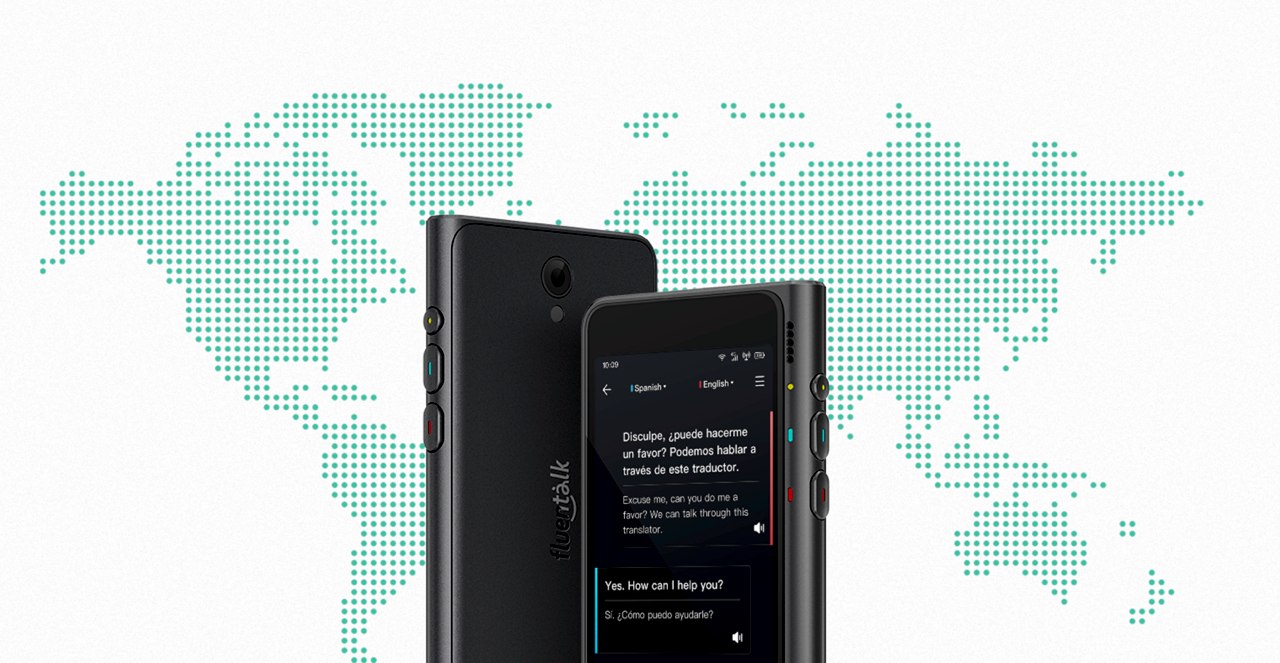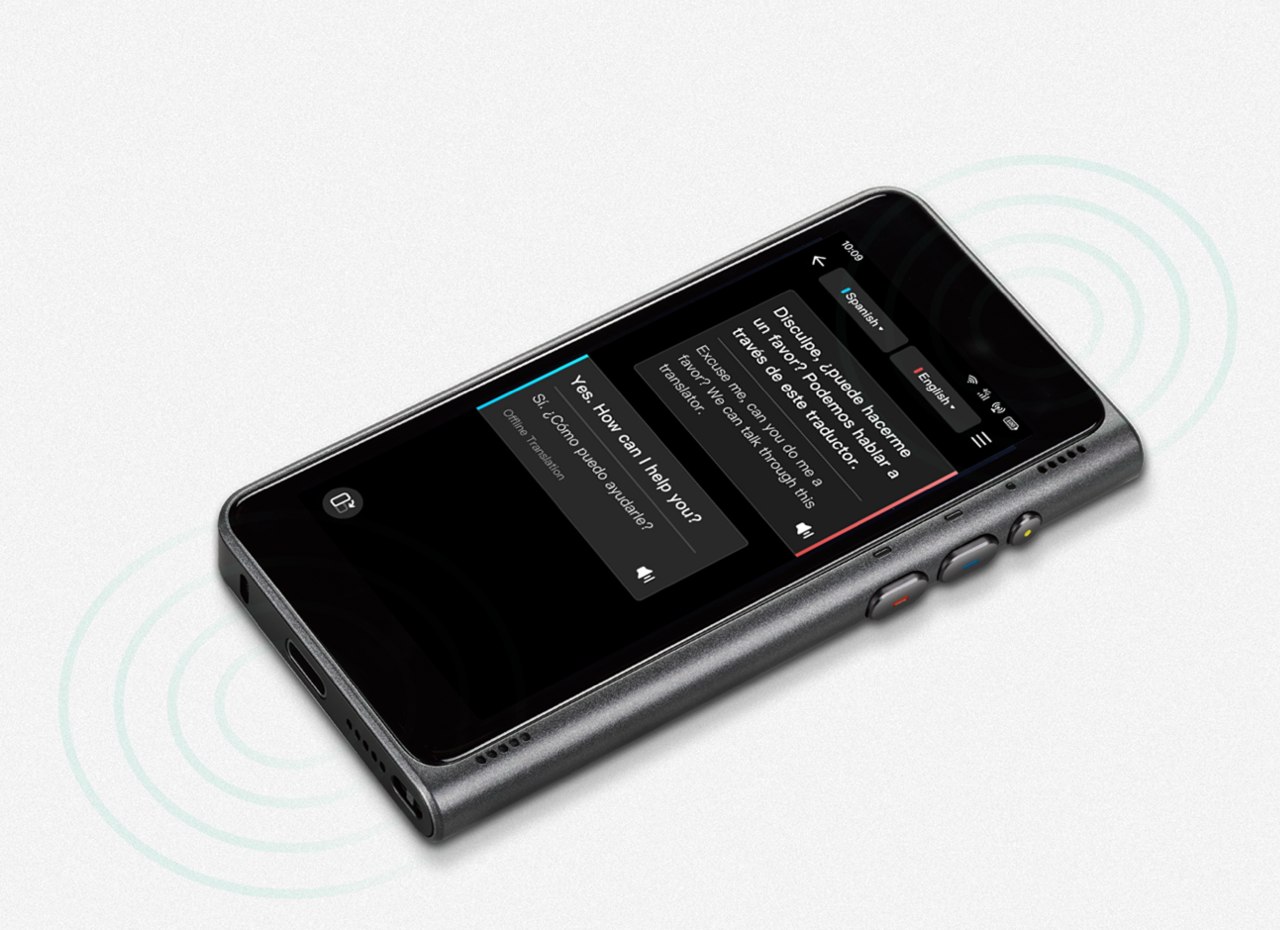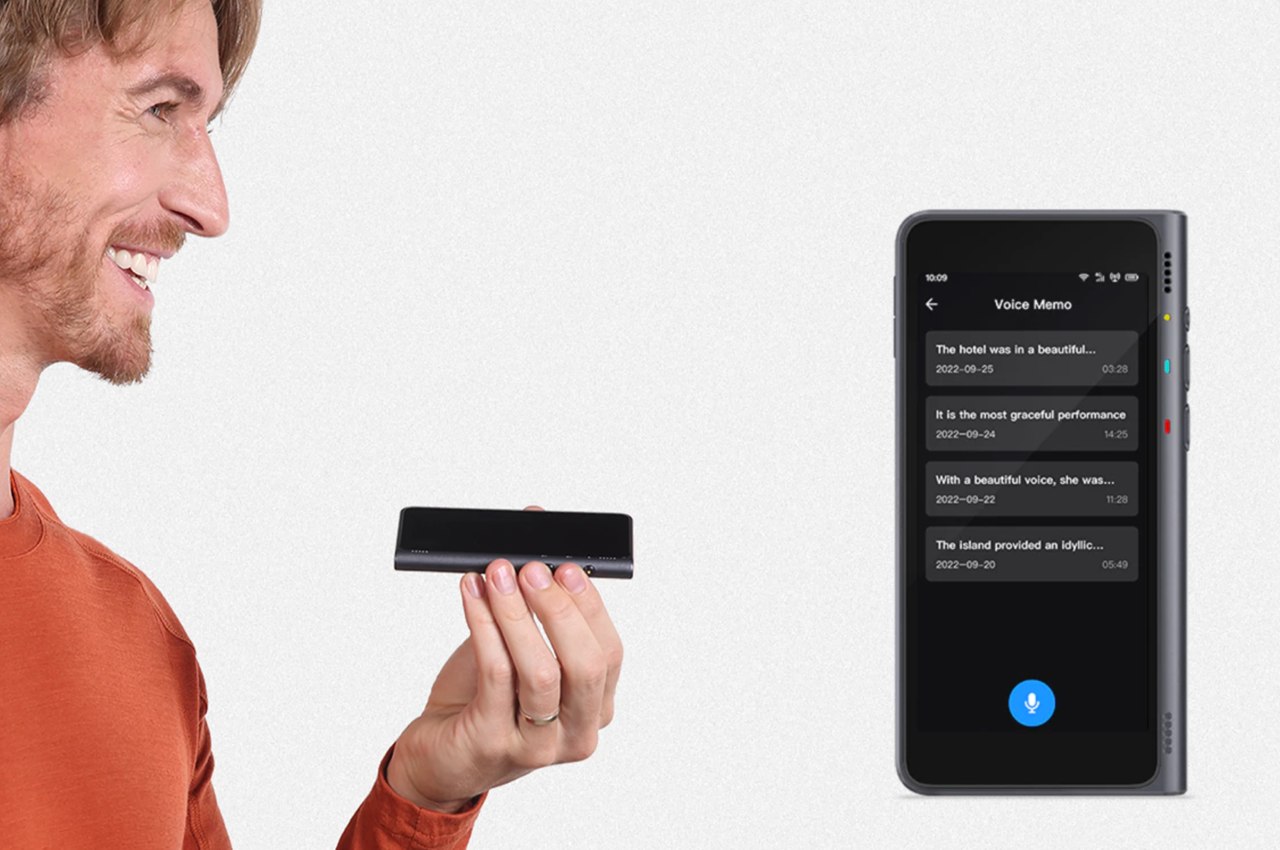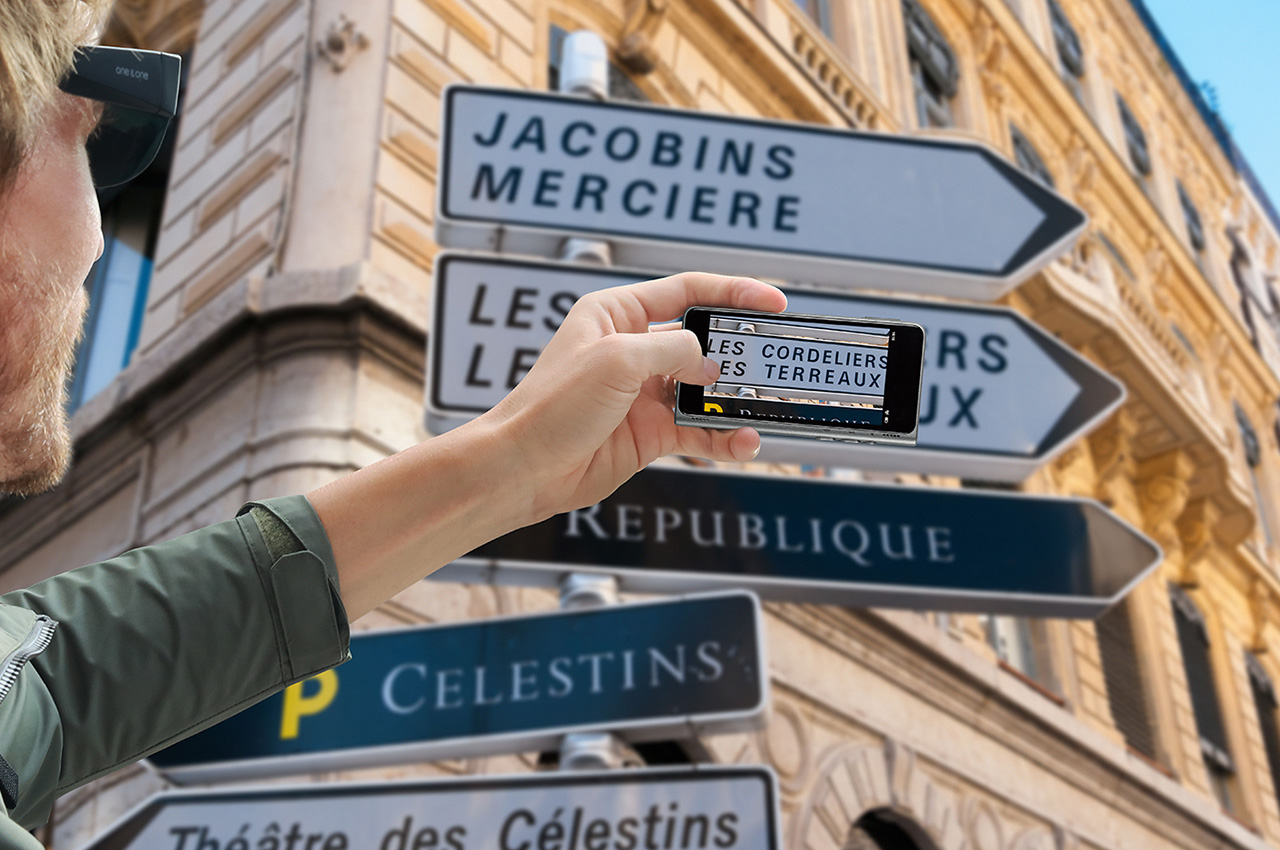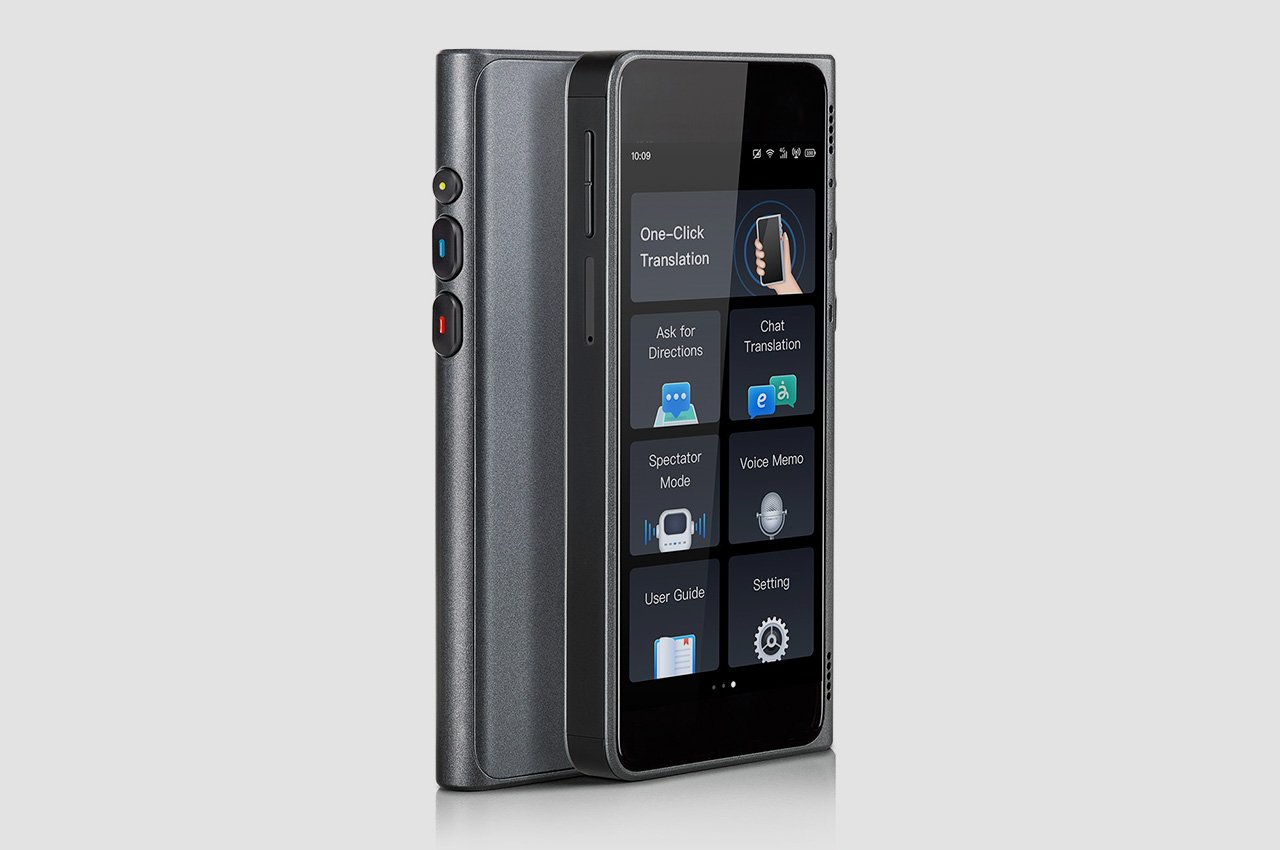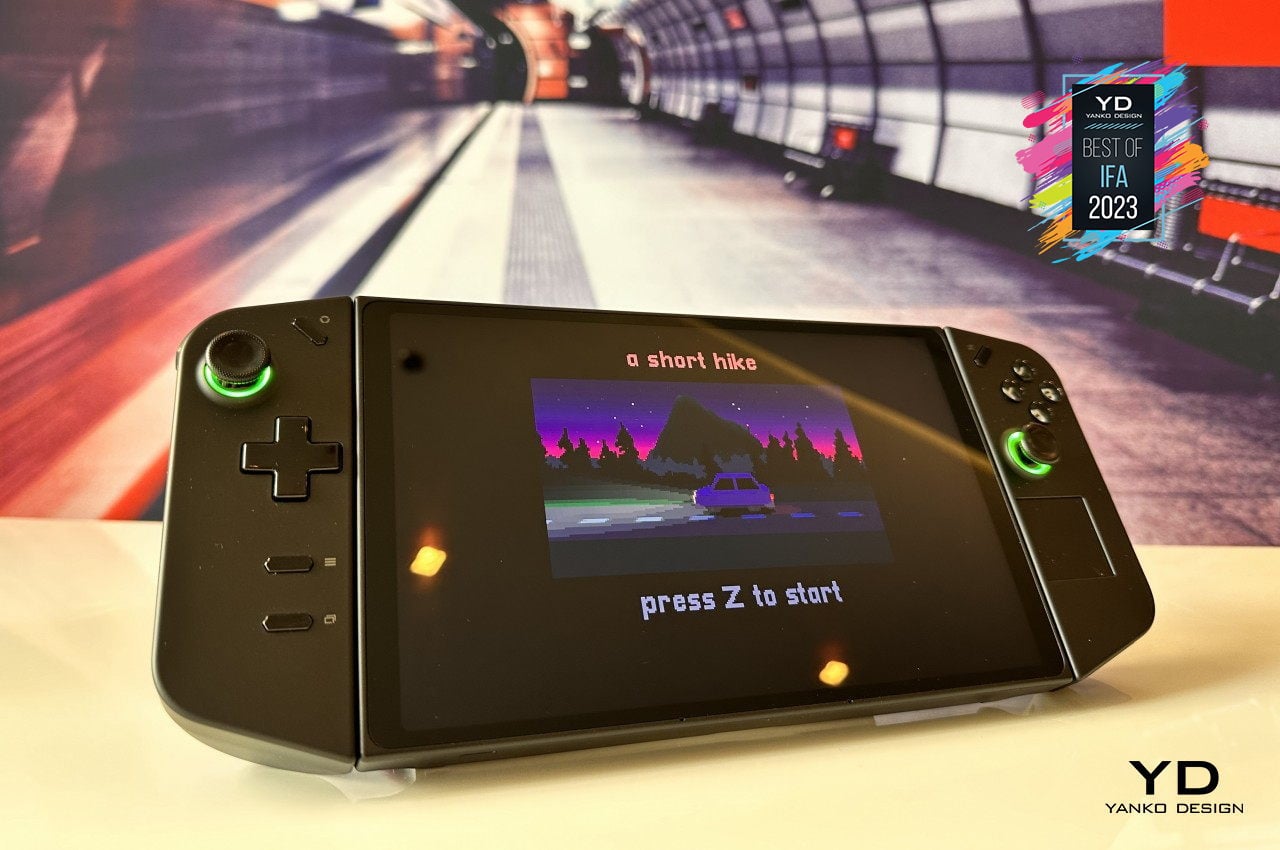
Lenovo has made a remarkable stride forward in a world where the fusion of technology’s portability with its performance is rapidly advancing. With confidence, they have unveiled a vision that not only aligns with but also boldly redefines the paradigm. Allow me to introduce the Lenovo Legion Go – a device that flawlessly combines portability, power, and prowess, setting an unprecedented standard in the market.
Designer: Lenovo
Lenovo’s Gaming Revolution is Handheld
Lenovo is widely known for introducing sturdy and reliable laptops for businesses. However, their dedication to creativity continues to remain strong. With its entry into the realm of portable gaming, Lenovo aims to redefine the idea of gaming on the go. Recently, they launched the Legion Go, which is expected to be an exhilarating experience for gamers worldwide.
Design and Feel: Elegance Meets Ergonomics
When you first see the Legion Go, it immediately catches your attention with its impressive appearance. The device has a sleek and polished finish, incorporating both matte and glossy surfaces. The design is ergonomic and particularly noticeable during extended gaming sessions. The grip is comfortable, allowing gamers to stay fully immersed without experiencing any discomfort. Additionally, the rear surface features a subtle texture that ensures a secure hold, preventing the device from slipping during intense gaming moments.
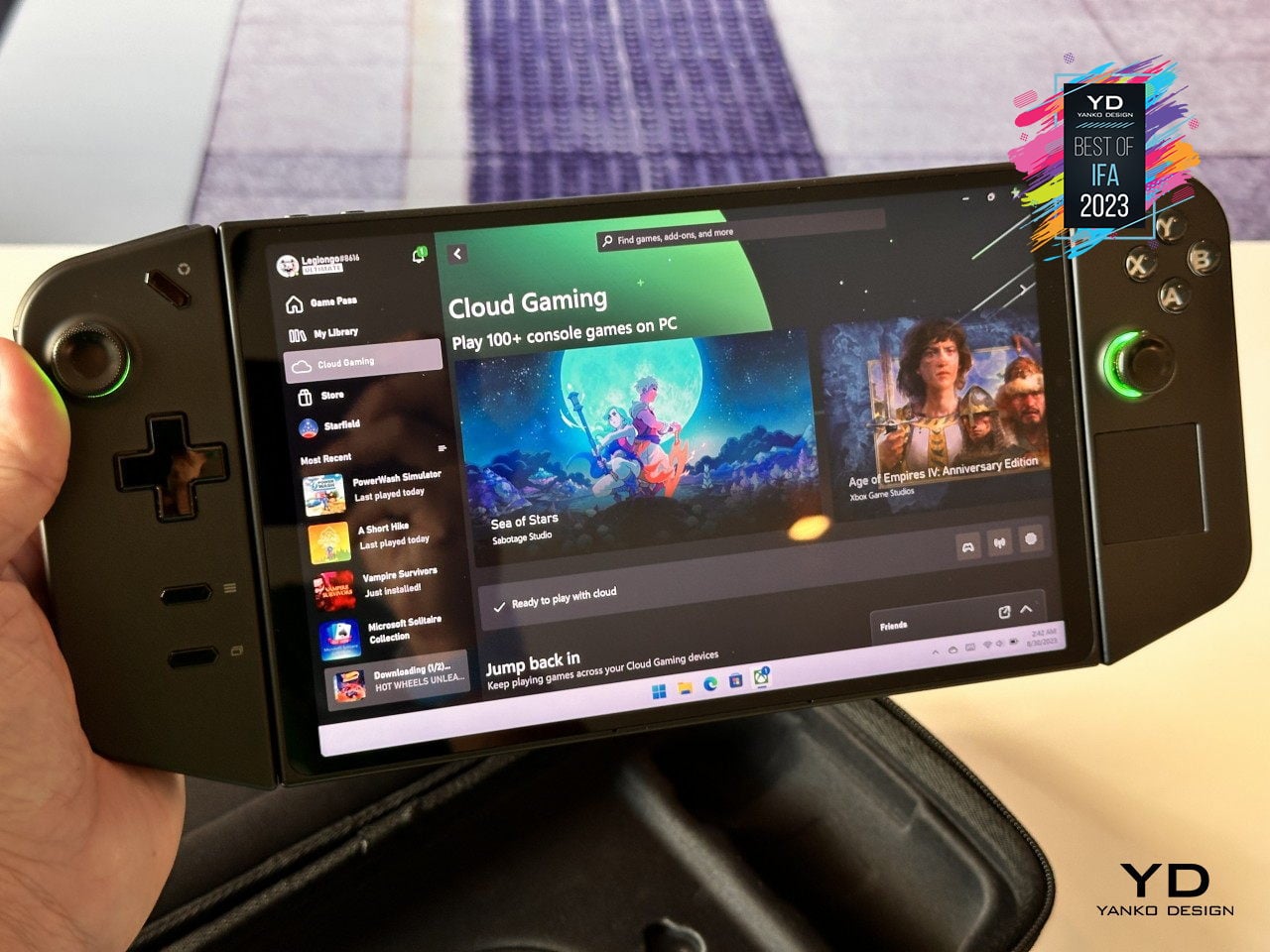
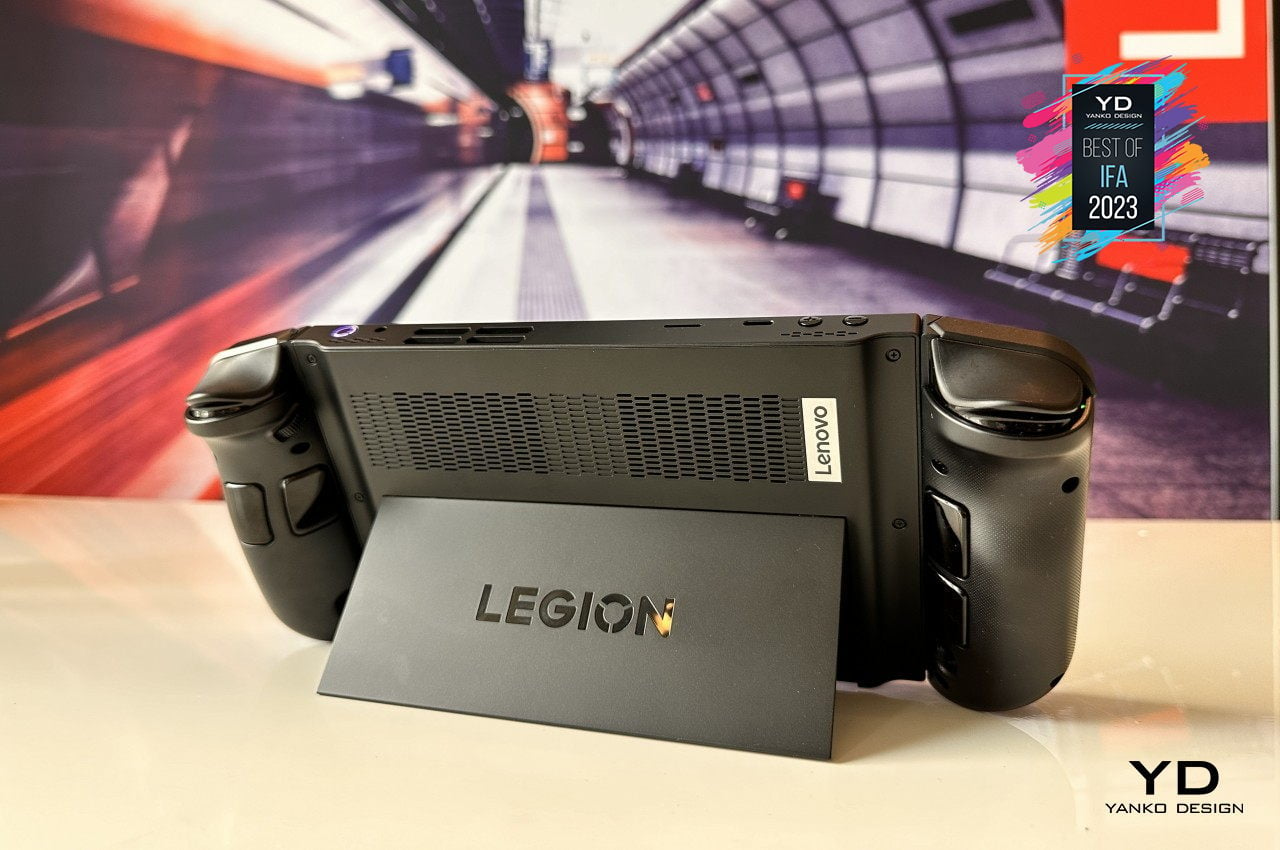
Performance: Gaming Powerhouse in Compact Form
Gamers who want to experience superior image quality and vibrant colors that make their games come to life will find the Lenovo PureSight Gaming Display to be an excellent choice. This display features the latest AMD Ryzen Z1 Extreme processor, which delivers remarkable compact processing power, ensuring that gamers can enjoy lag-free gaming.
The Lenovo Legion Go operates on Windows 11 and offers impressive graphics performance, comparable to that of a console. Its large 8.8-inch QHD+ 16:10 Lenovo PureSight gaming display truly brings games to life, providing gamers with an immersive and expansive screen. With up to 500nits brightness and a 97% DCI-P3 color gamut, the display is adjustable to suit different playstyles and situations. It supports various resolutions, ranging from 1600p to 800p, as well as 144Hz and 60Hz refresh rates. The 10-point touch screen allows for natural and intuitive control, such as scrolling, tapping, and swiping. The Legion Go also boasts up to 16GB LPDDR5X (7500Mhz) RAM, which offers power management flexibility for optimal gaming performance and faster loading times, depending on the scenario. It also has up to 1TB PCIe Gen4 SSD and a micro-SD slot that supports up to 2TB of extra storage.
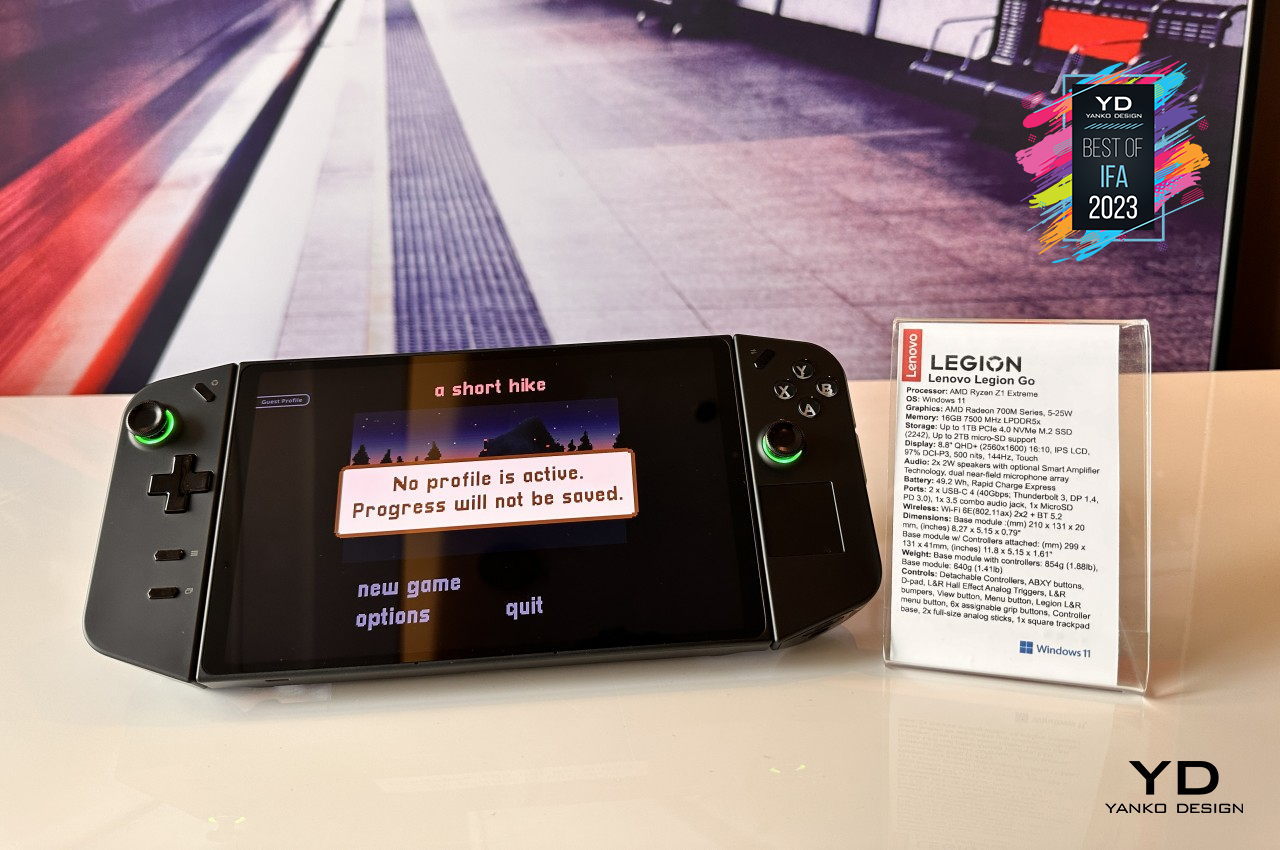
During our brief testing period, casual games to more graphics-intensive games felt delightful it was clear that the performance was nothing short of exceptional. Transitions were smooth and seamless, loading times were lightning-fast, and there were absolutely no interruptions during gameplay. One of the standout features was the ability to switch between refresh rates with ease without experiencing any lag or delay whatsoever. Overall, we were thoroughly impressed with the performance of our system when it came to gaming.
Touch and Feel: A Console Experience
Many handhelds struggle with touch controls, but the Legion Go excels in this area. Its touch response is quick, and it flawlessly recognizes multi-touch gestures, distinguishing between intentional swipes and accidental touches. Additionally, its haptic feedback provides a tactile sensation similar to that of traditional console controllers.
Controller Dynamics: More than Just Accessories
The detachable controllers of Legion Go are simply amazing. Their magnetic connection is sturdy yet easy to detach. The buttons are tactile and responsive. Our testing revealed that first-person shooter games felt natural, sports games were easy to play, and strategy games were more engaging than ever.
The implementation of RGB lighting in this particular product is executed with a level of refinement and elegance that is not commonly seen in other similar gaming accessories. The lighting is not excessively flashy or intrusive but rather adds a tasteful touch of visual interest that amplifies the overall gaming experience.
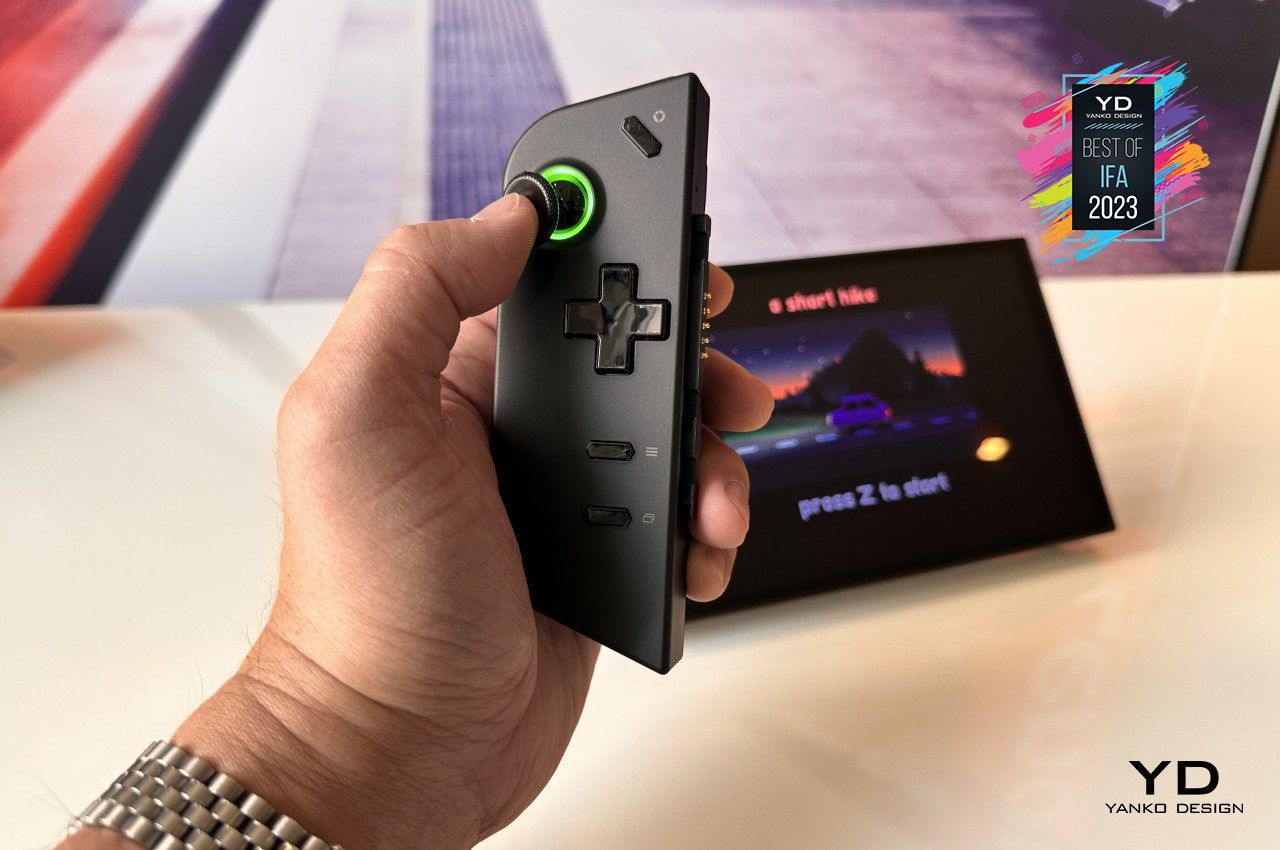
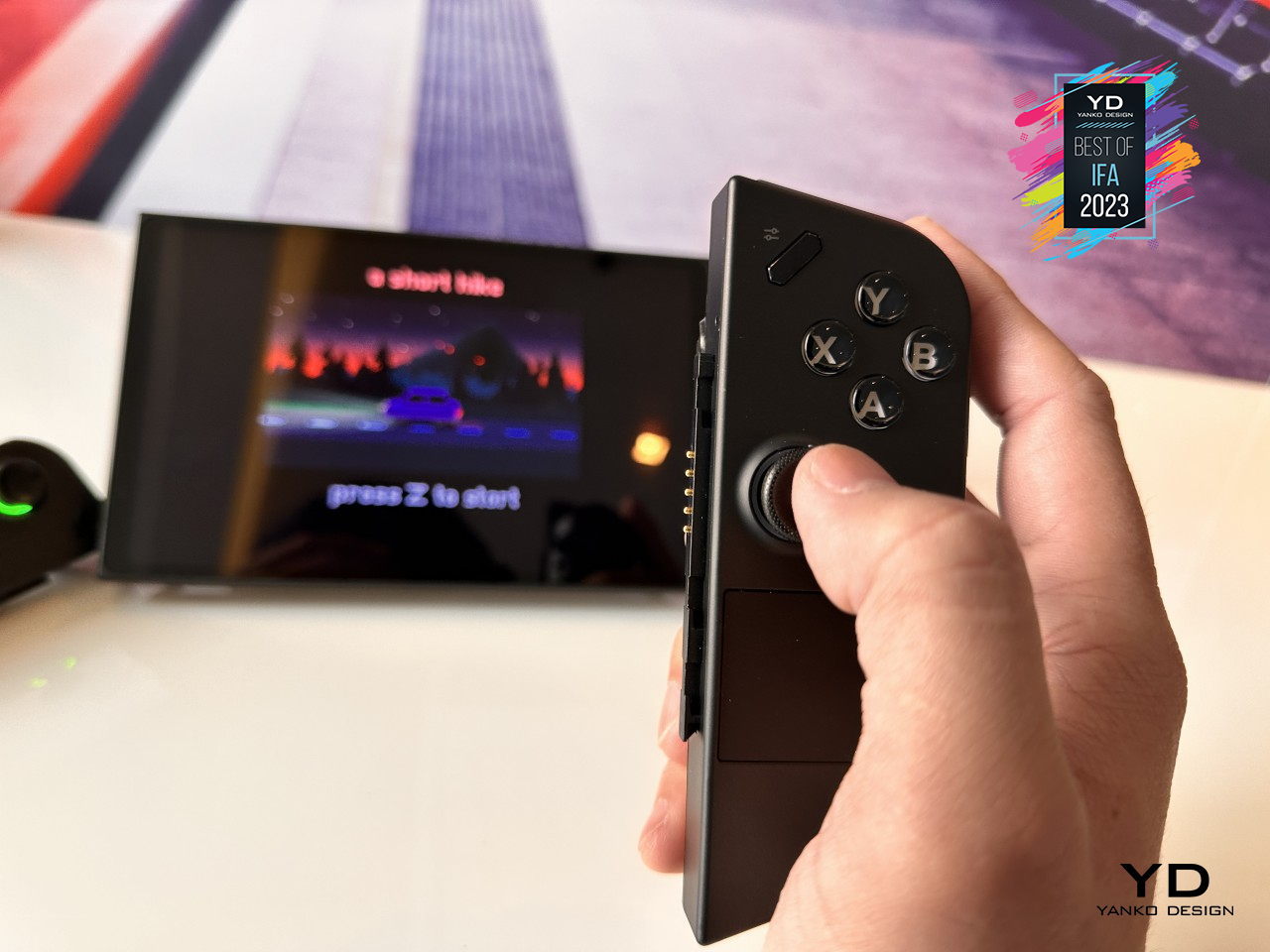
The Lenovo Legion Go is an impressive gaming device that boasts a range of advanced features to ensure optimal responsiveness and accuracy during intense gaming sessions. One of the most notable features of this device is its hall effect joysticks that prevent joystick drift and minimize dead zones, providing a smooth and seamless gaming experience. Additionally, the Lenovo Legion Go comes equipped with an integrated trackpad, a large D-pad, an angled mouse wheel, and a total of 10 mappable shoulder buttons, triggers, and grip buttons, making it a versatile and highly customizable gaming controller.
In terms of aesthetics, the Lenovo Legion Go is a stylish device that features a power button adorned with the iconic Lenovo Legion ‘O’ and RGB lighting that changes colors, indicating the user-selectable fan mode. The joysticks also have customizable RGB rings that add a layer of style and serve as a notification system for controller pairing. Beyond its sleek design, the Lenovo Legion Go is also highly functional. The Legion TrueStrike controllers are detachable, allowing for more playstyle flexibility and enabling FPS mode for quick FPS gaming sessions. In FPS mode, the controllers can be detached from the Lenovo Legion Go body and placed on a surface using the kickstand at the back. The right detached controller can be attached to a controller base that comes with the device via a magnet, and the optical eye at the bottom of the controller provides more precise aiming and control, making it perfect for competitive FPS games, similar to using a mouse.
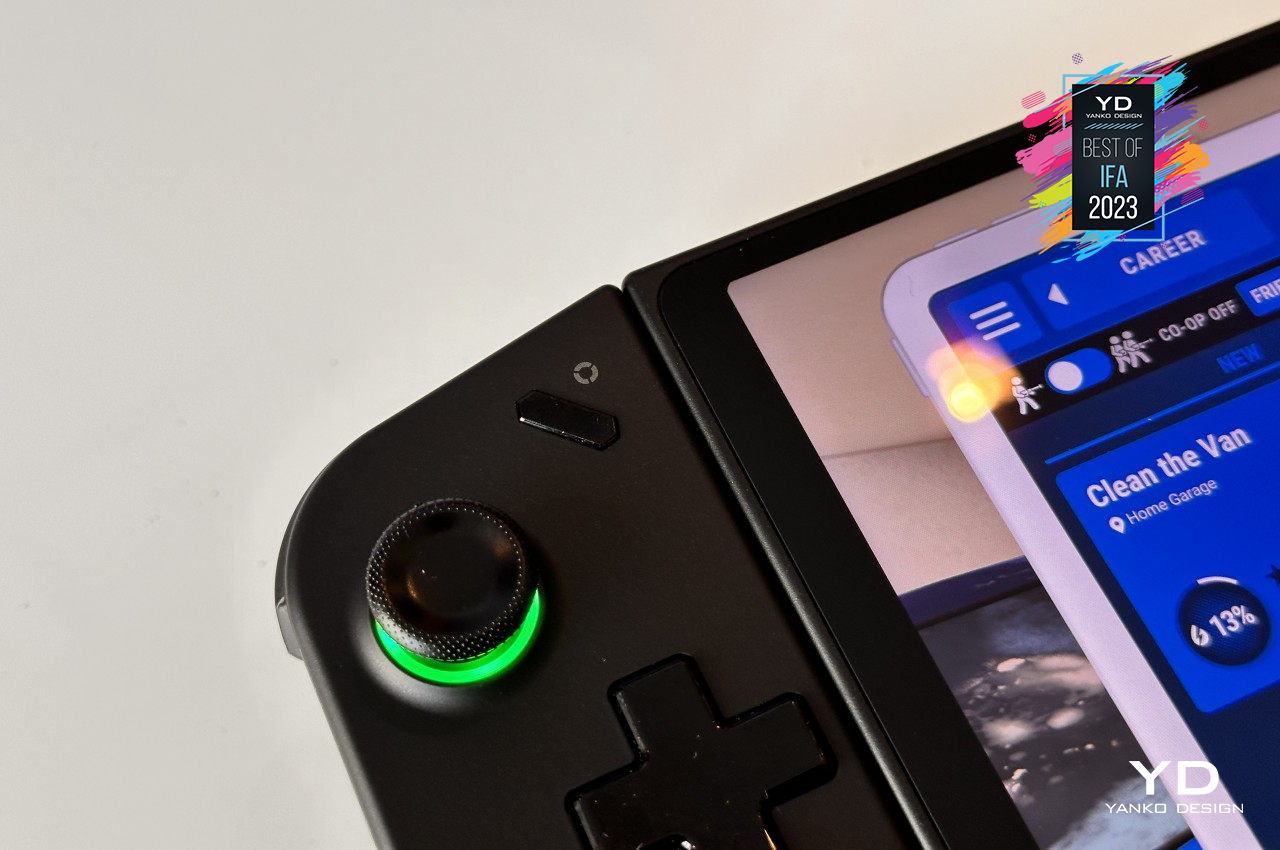
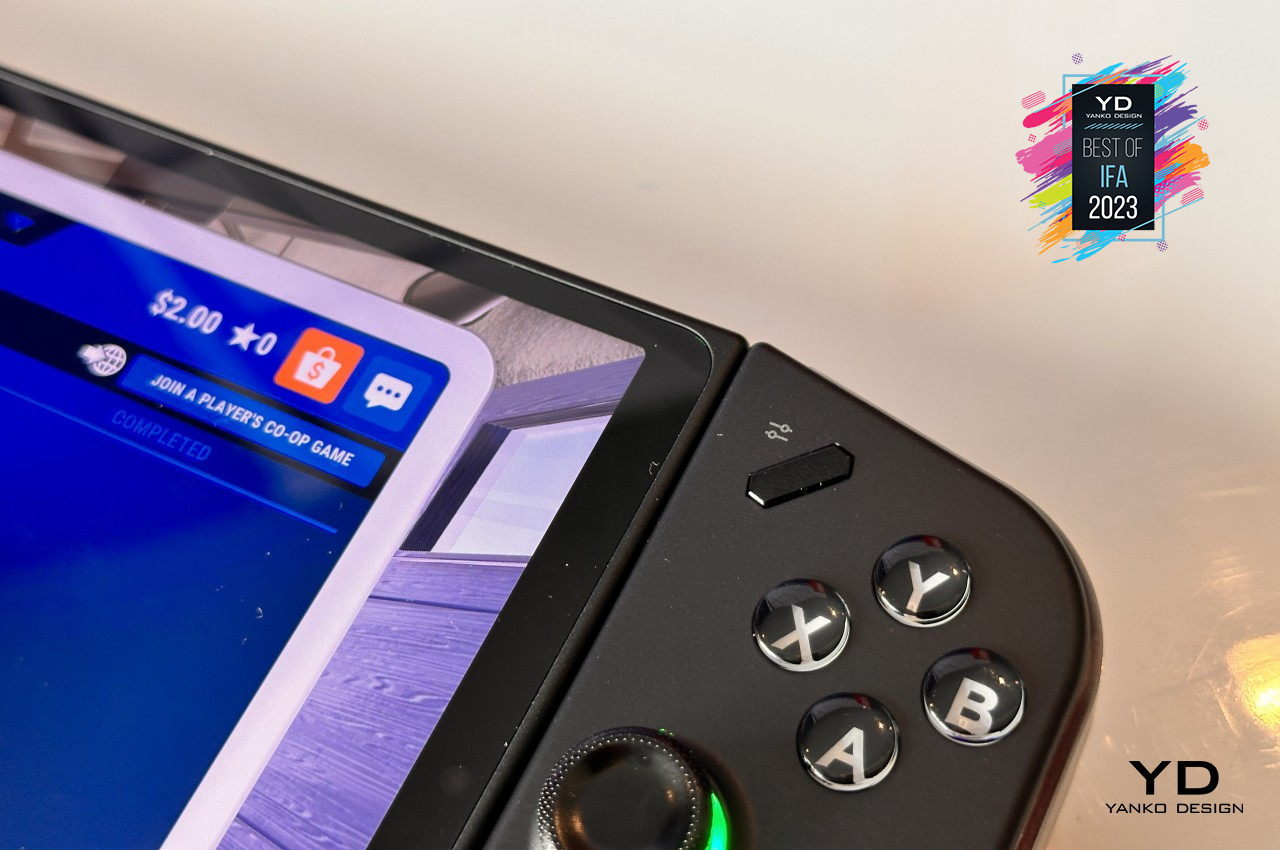
Overall, the Lenovo Legion Go is a top-of-the-line gaming controller that offers unparalleled responsiveness, accuracy, and flexibility, making it an essential tool for serious gamers.
The Lenovo Legion Glasses: Not Just a Gimmick
For some time now, Virtual Reality and Augmented Reality have been quite popular terms. However, the Lenovo Legion Glasses have made a compelling argument for VR gaming while on the move. After connecting the glasses to the Legion Go, our surroundings were transformed into a gaming paradise. The field of view is extensive, and the experience feels almost as if you’re in a movie theater.
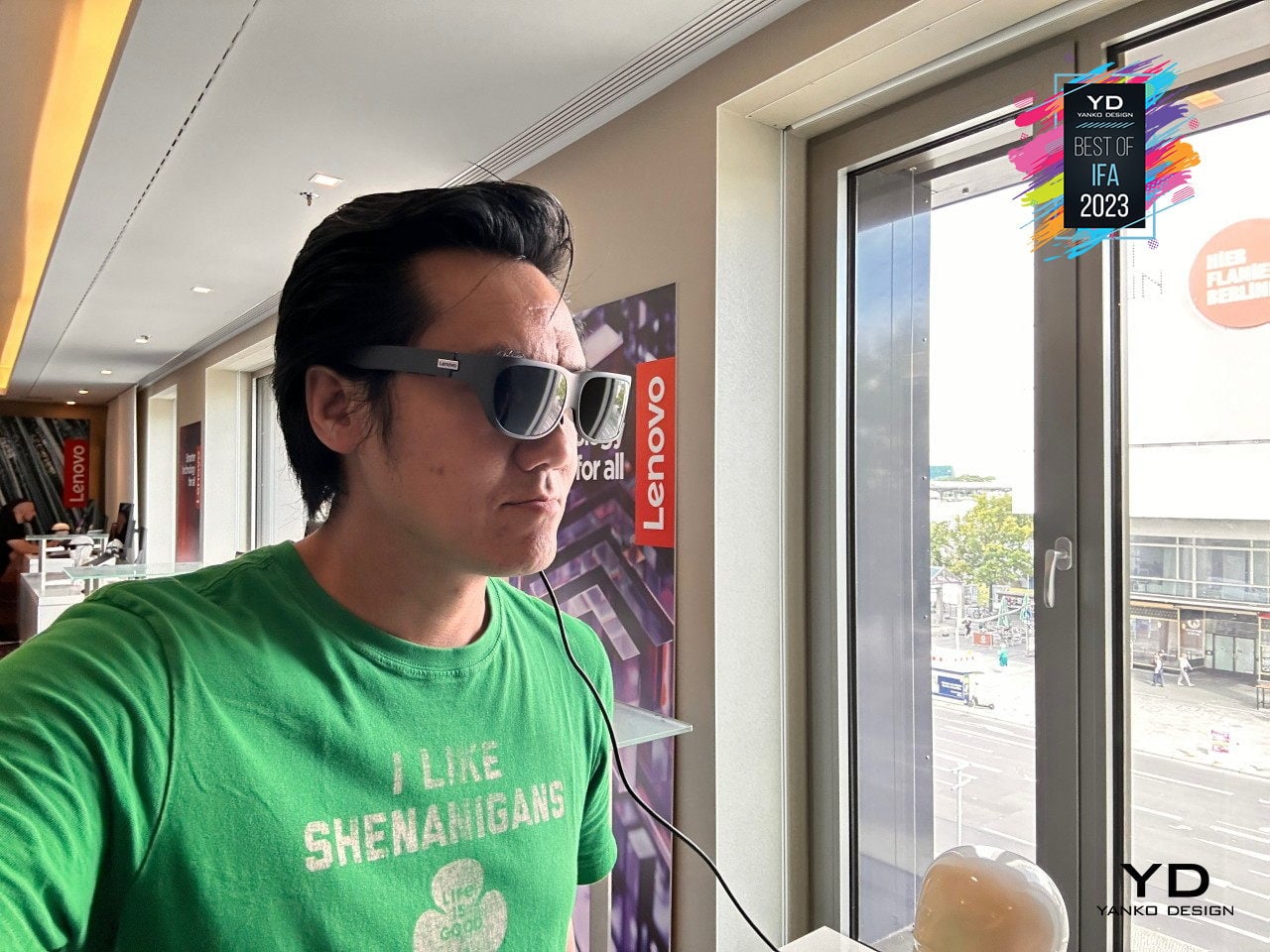
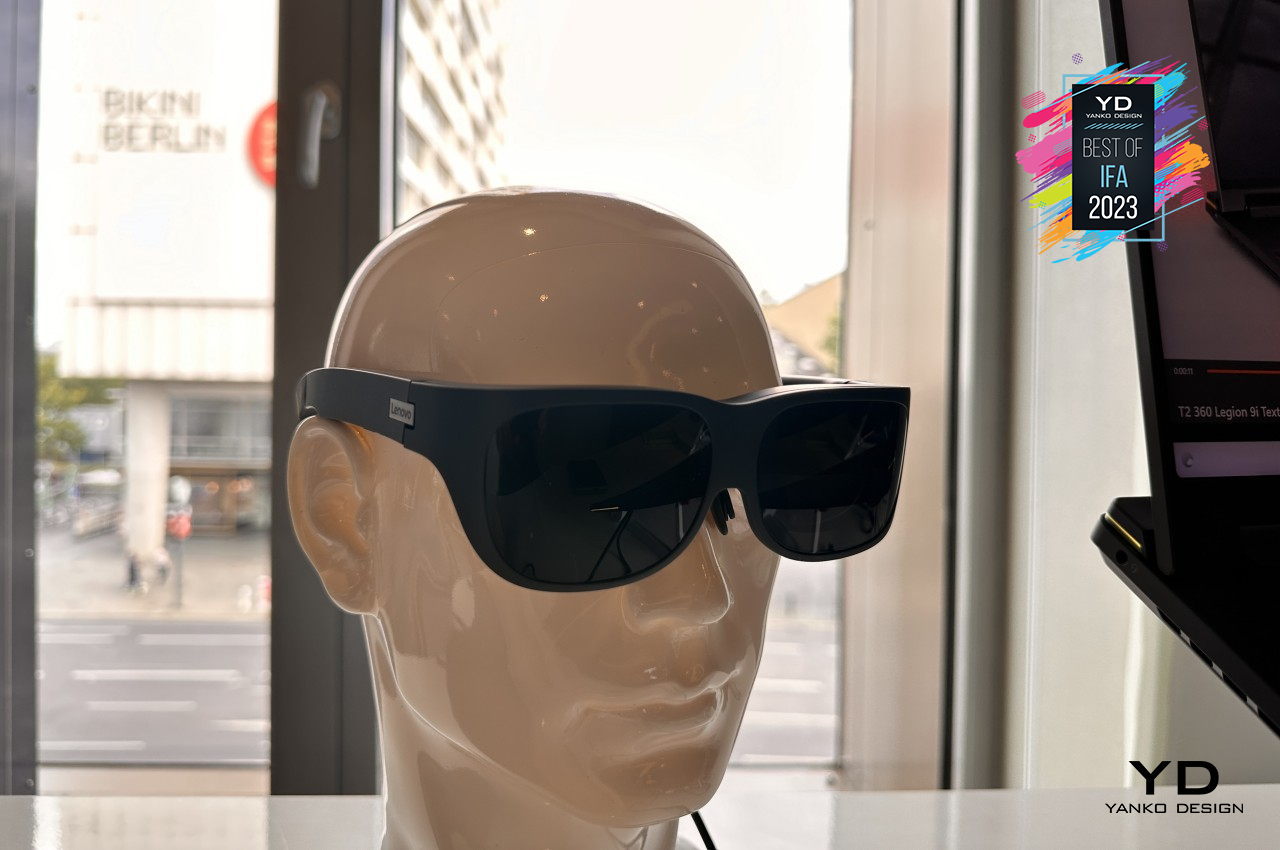
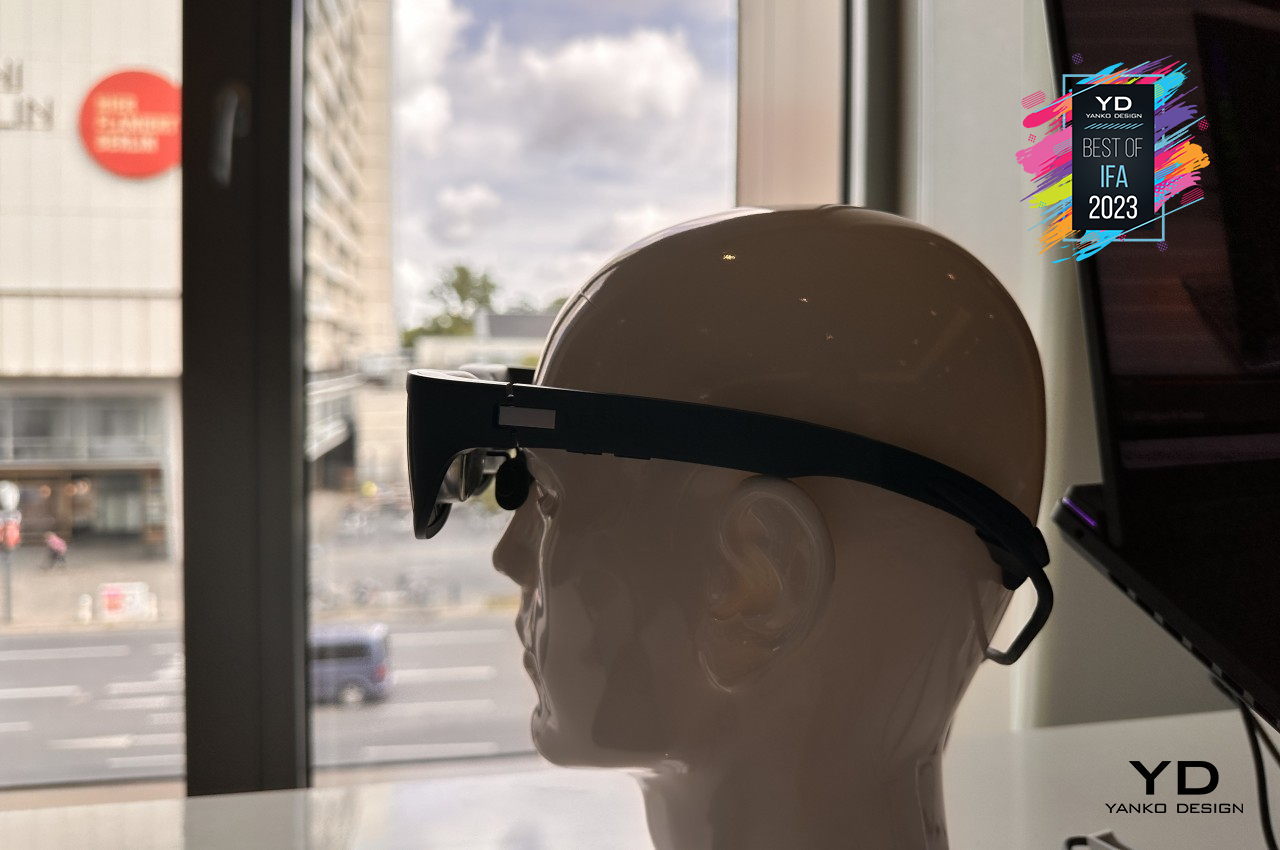
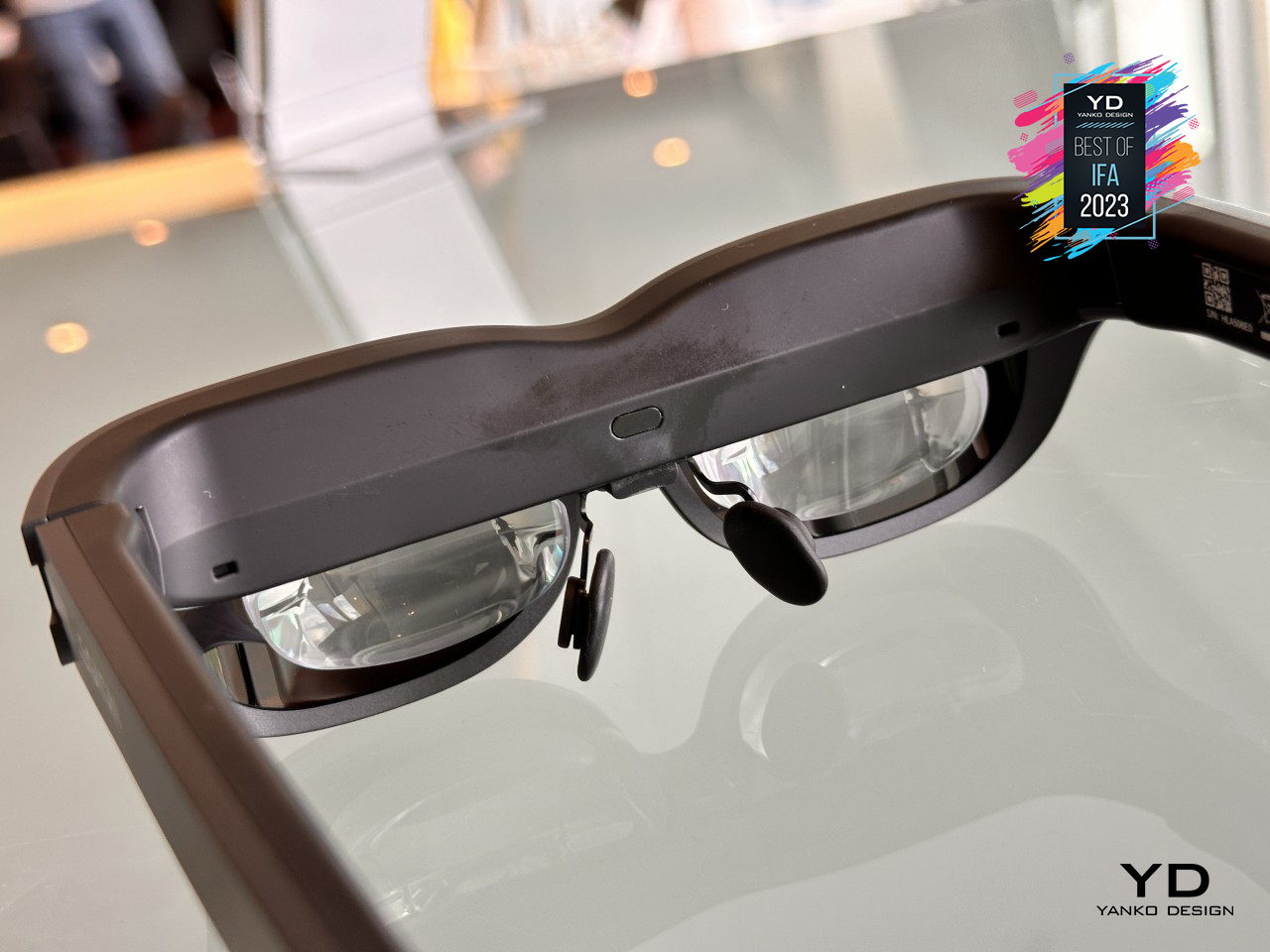
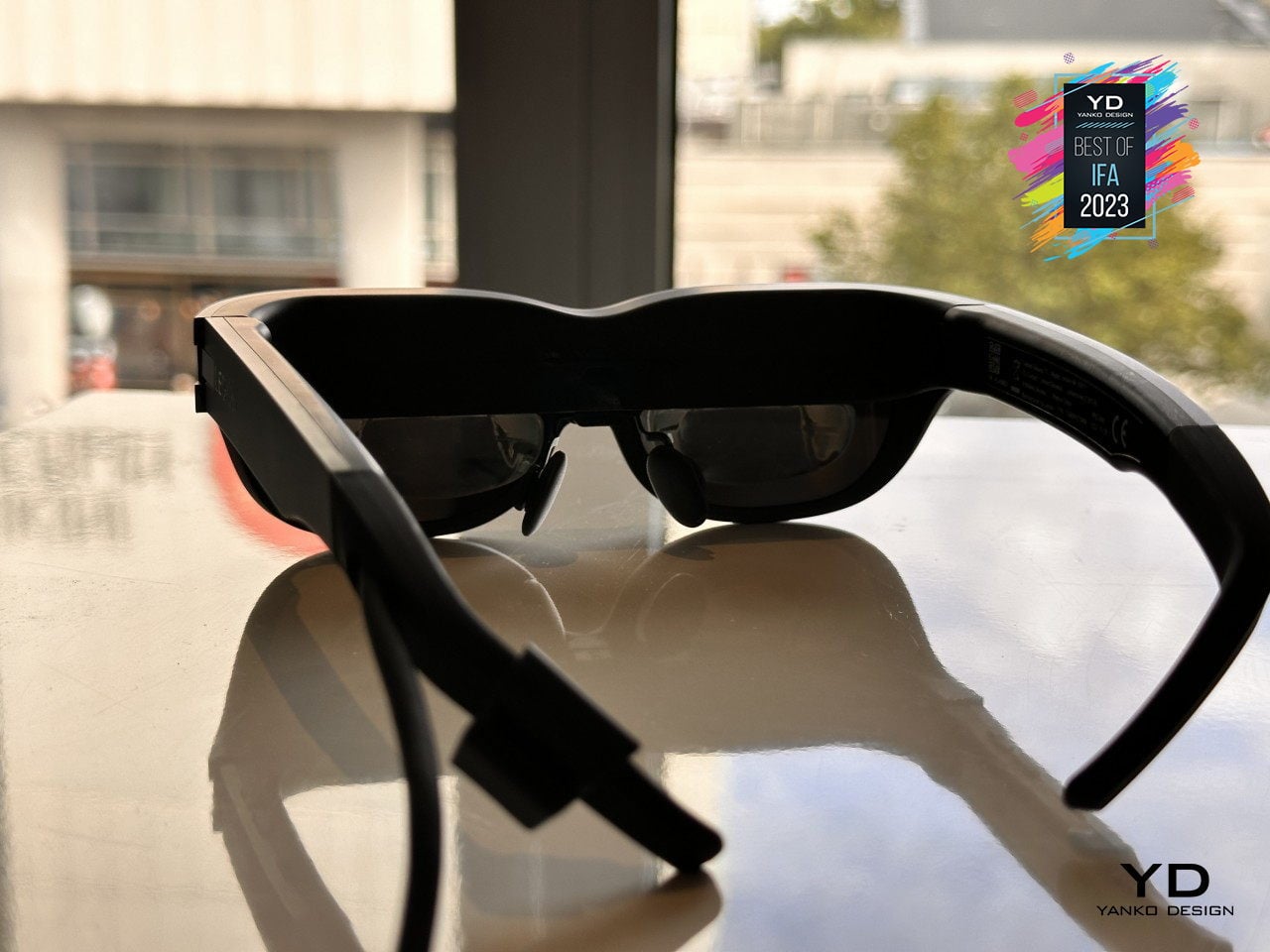
Sound Matters: Enter the Legion E510 Headphones
To truly enhance your visual experience, top-notch audio is a must. That’s where the Lenovo Legion E510 headphones come in. These headphones are expertly designed to capture every auditory detail, from the deepest bass to the clearest highs. Plus, they boast impressive noise isolation capabilities, making them ideal for gaming in loud surroundings.
Software: The Heart of the Experience
The Lenovo Legion Go has many impressive features, but the key connecting element is the Legion Space. This feature is specifically designed for the Lenovo Legion Go and allows users to easily access their game platforms, view locally installed games, and even purchase games through the Legion Game Store, in collaboration with Xbox Game Pass Ultimate. With each Lenovo Legion Go, users receive a complimentary 3-month membership that provides access to hundreds of high-quality games. Additionally, the Gamesplanet store offers deep discounts on select games for users with a Lenovo ID.
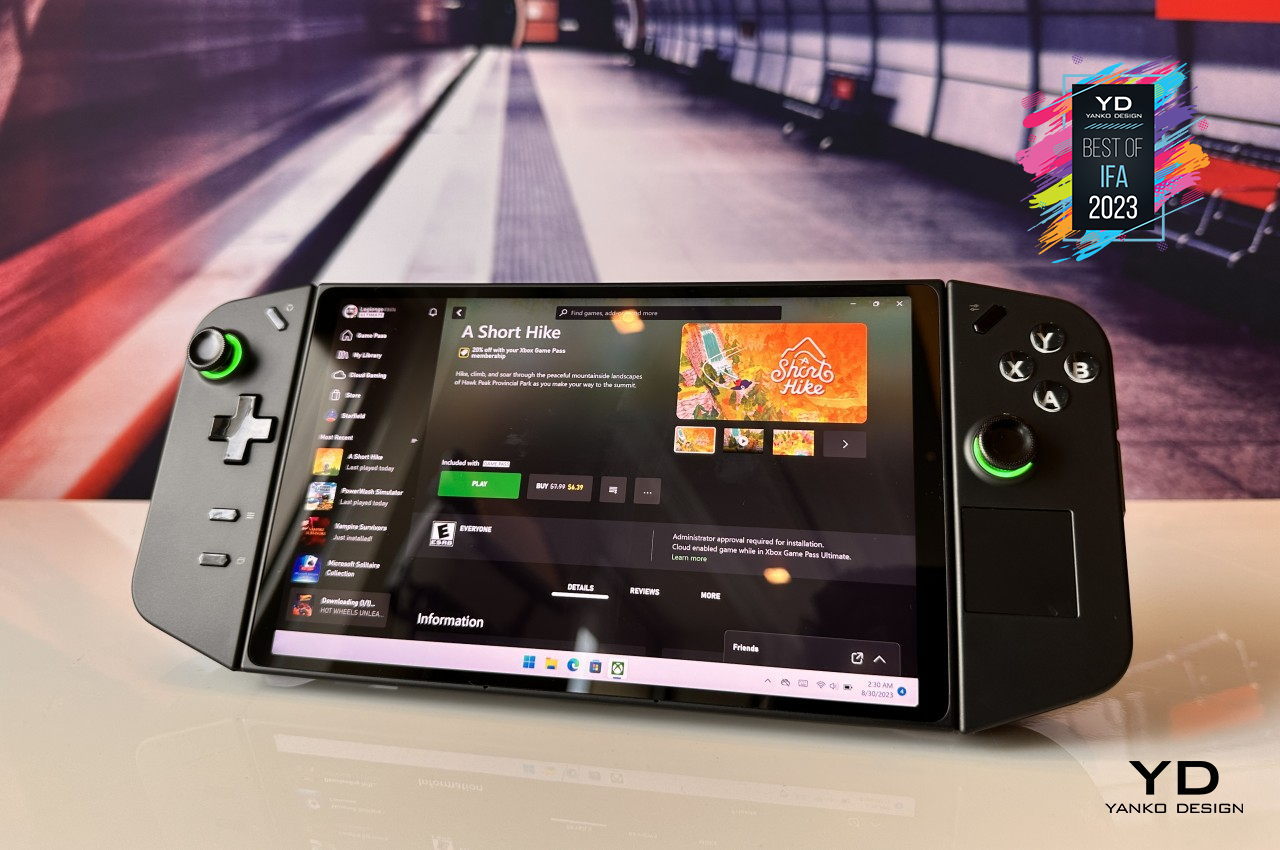

Legion Space allows all supported game launchers to be grouped together, making it easy for gamers to jump straight into the action. Additionally, users can quickly adjust settings such as resolution, refresh rate, brightness, and more on the fly.
Final Thoughts: A New Era for Portable Gaming
After spending time with the Legion Go, it became evident that this device is more than just a typical handheld. Lenovo has set out to revolutionize the way we perceive portable gaming by integrating power and portability, style and substance, and performance and affordability seamlessly.
To summarize, the Lenovo Legion Go is not only a product but also a declaration. Lenovo is ready to compete and has brought its best to the table. With its impending release, one thing is certain: the landscape of portable gaming will never be the same.
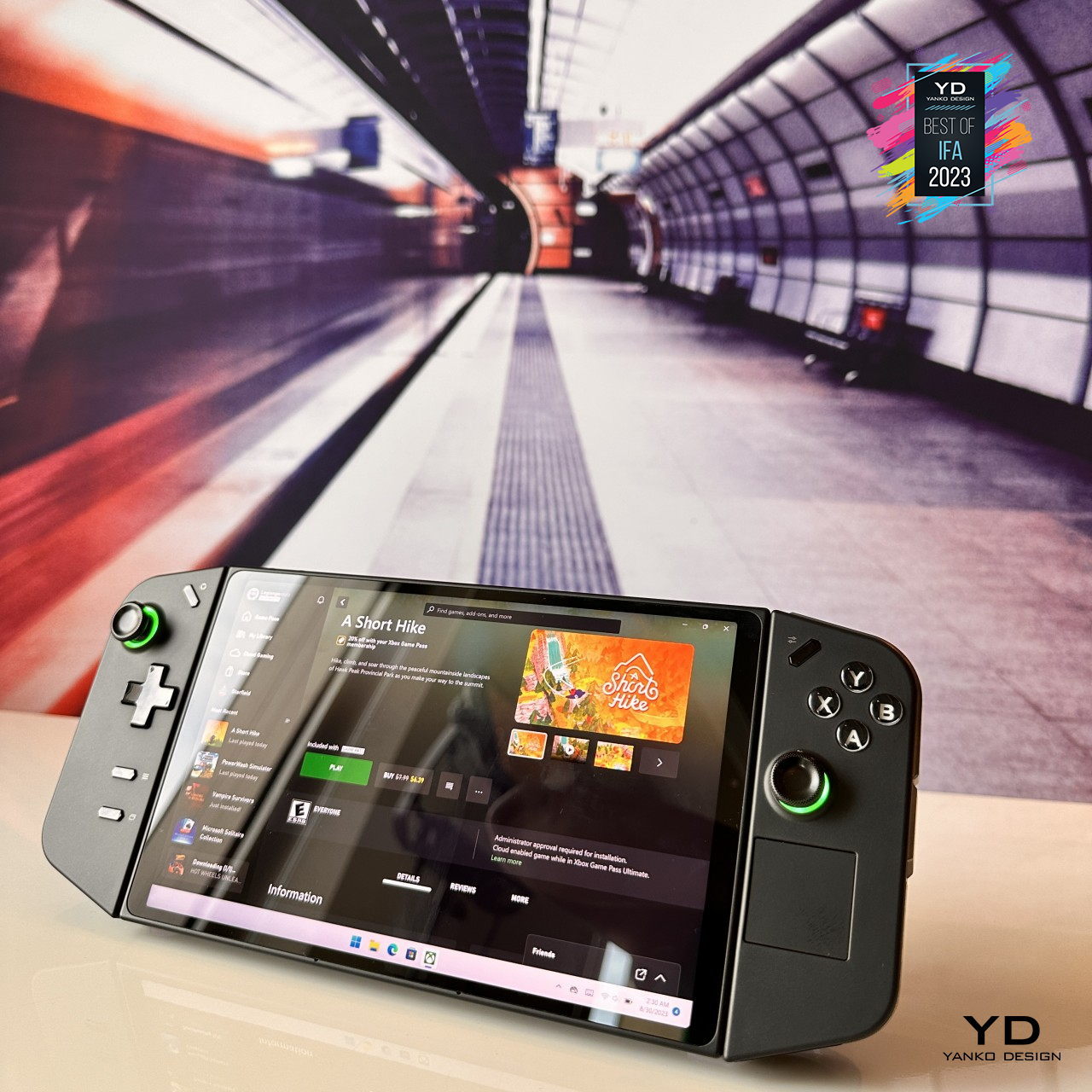
The Lenovo Legion Go will be available on Lenovo.com, Best Buy, Micro Center, and select retail partners from October 2023. Its price will start at $699. The Lenovo Legion Glasses will also be available from October 2023 and will start at $329. Additionally, the Lenovo Legion E510 7.1 RGB Gaming In-Ear Headphones will be available at a starting price of $49.99 in October 2023.
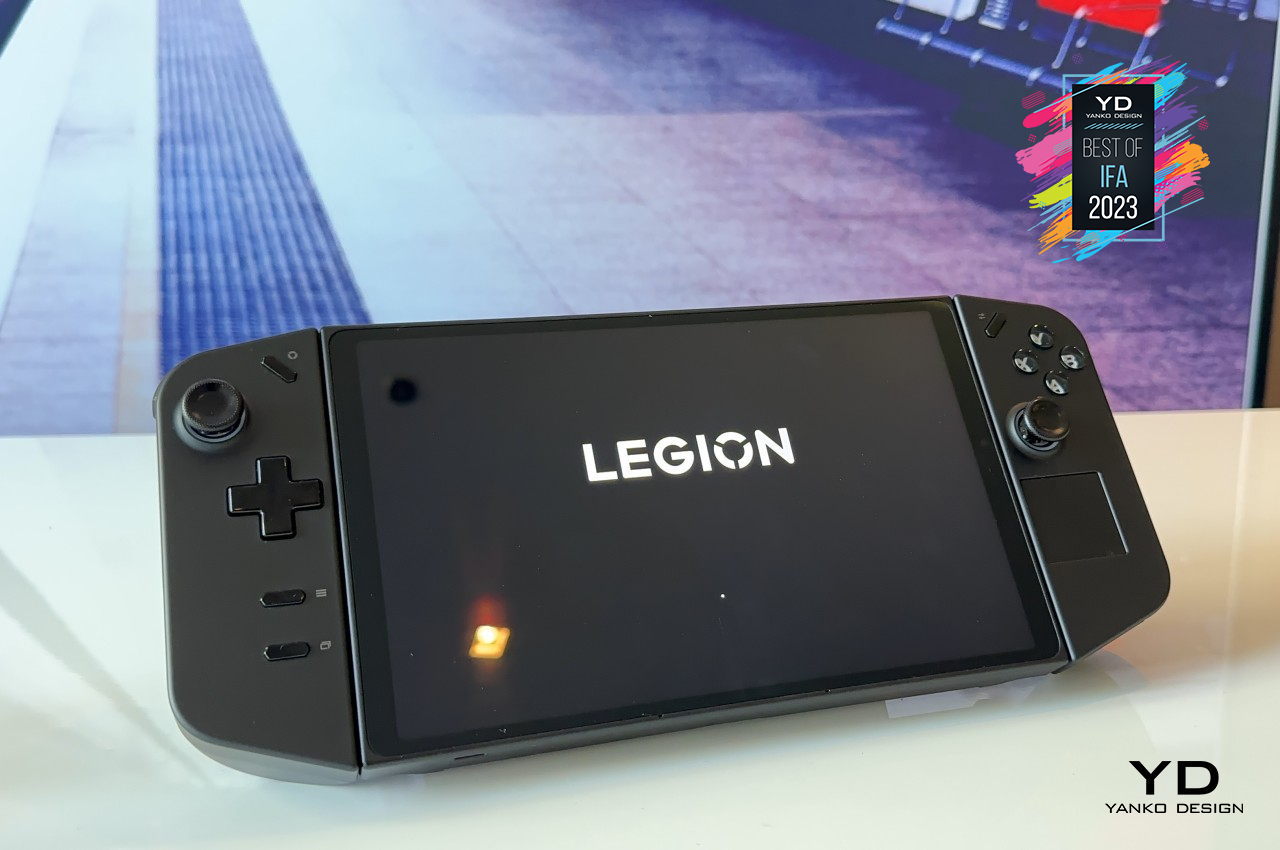
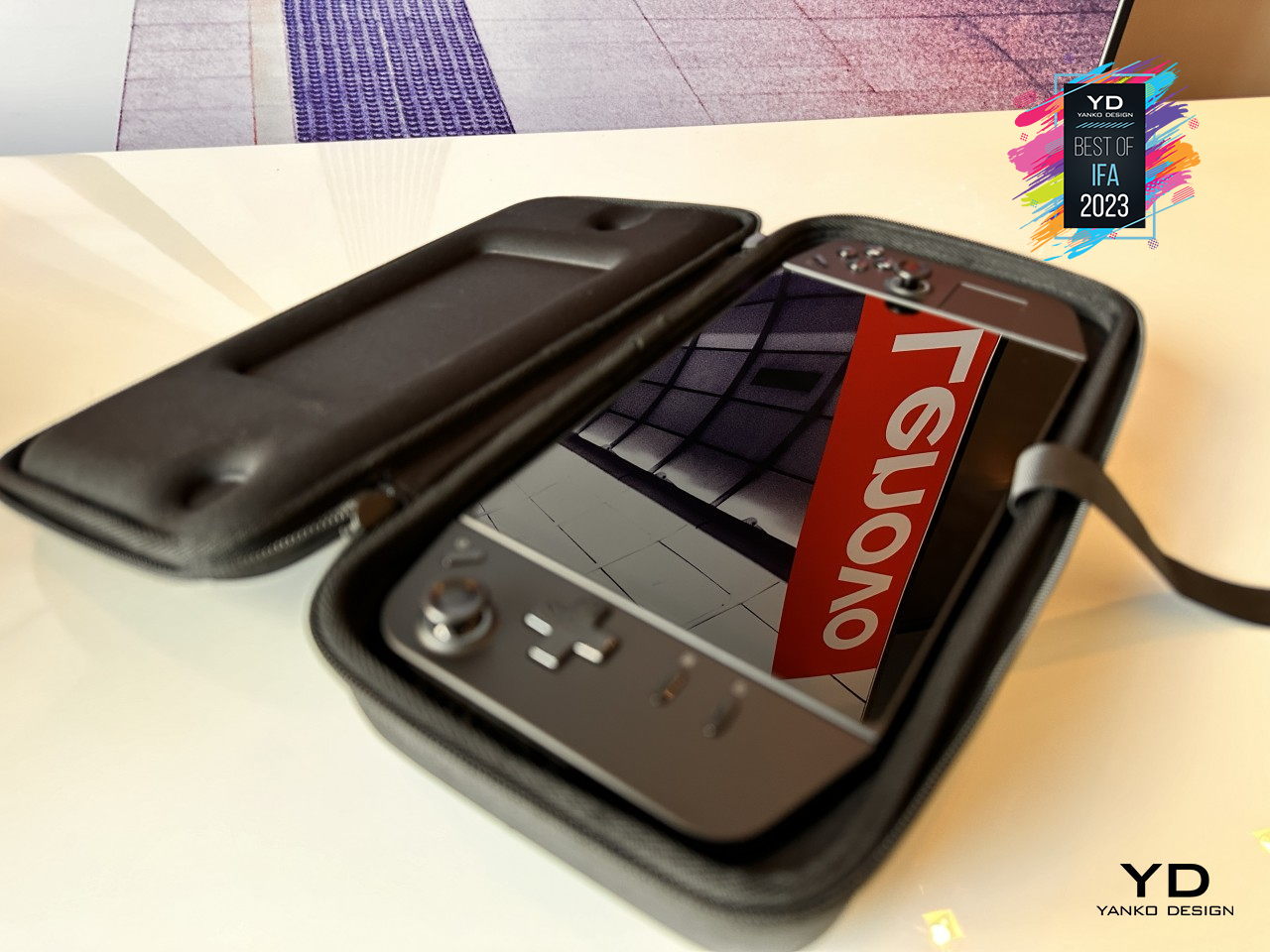
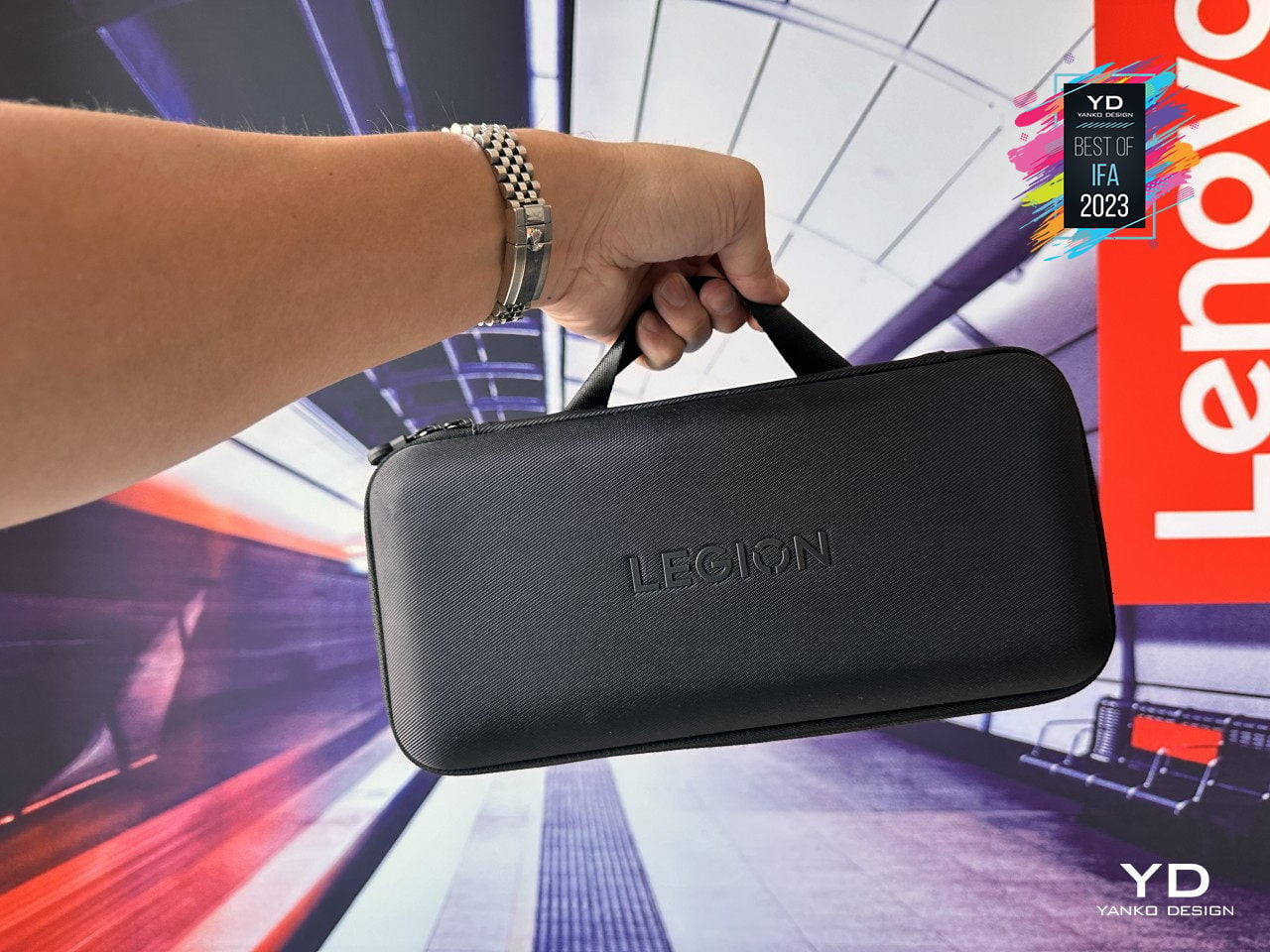
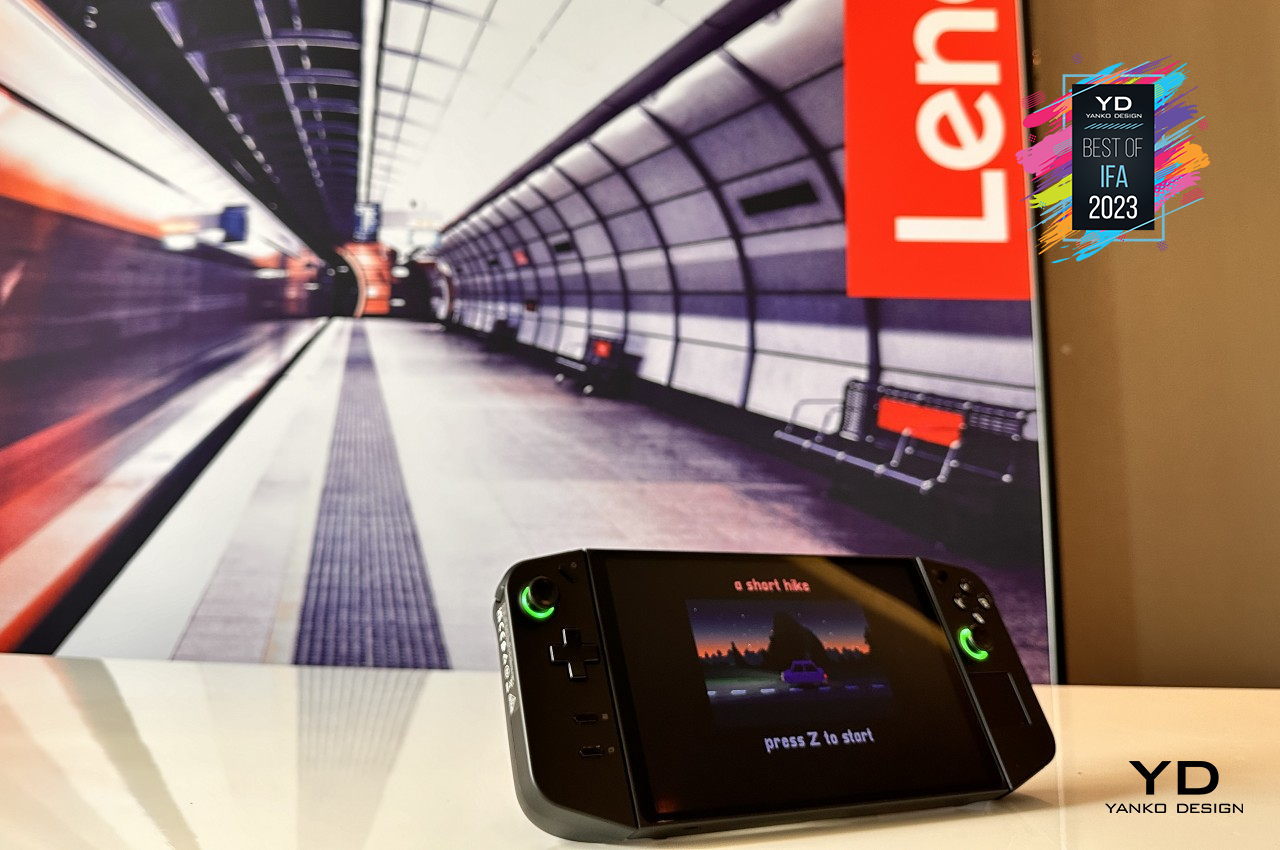
The post Lenovo Legion Go Gaming Handheld Hands-on: The World of Portable Gaming Revolutionized first appeared on Yanko Design.
